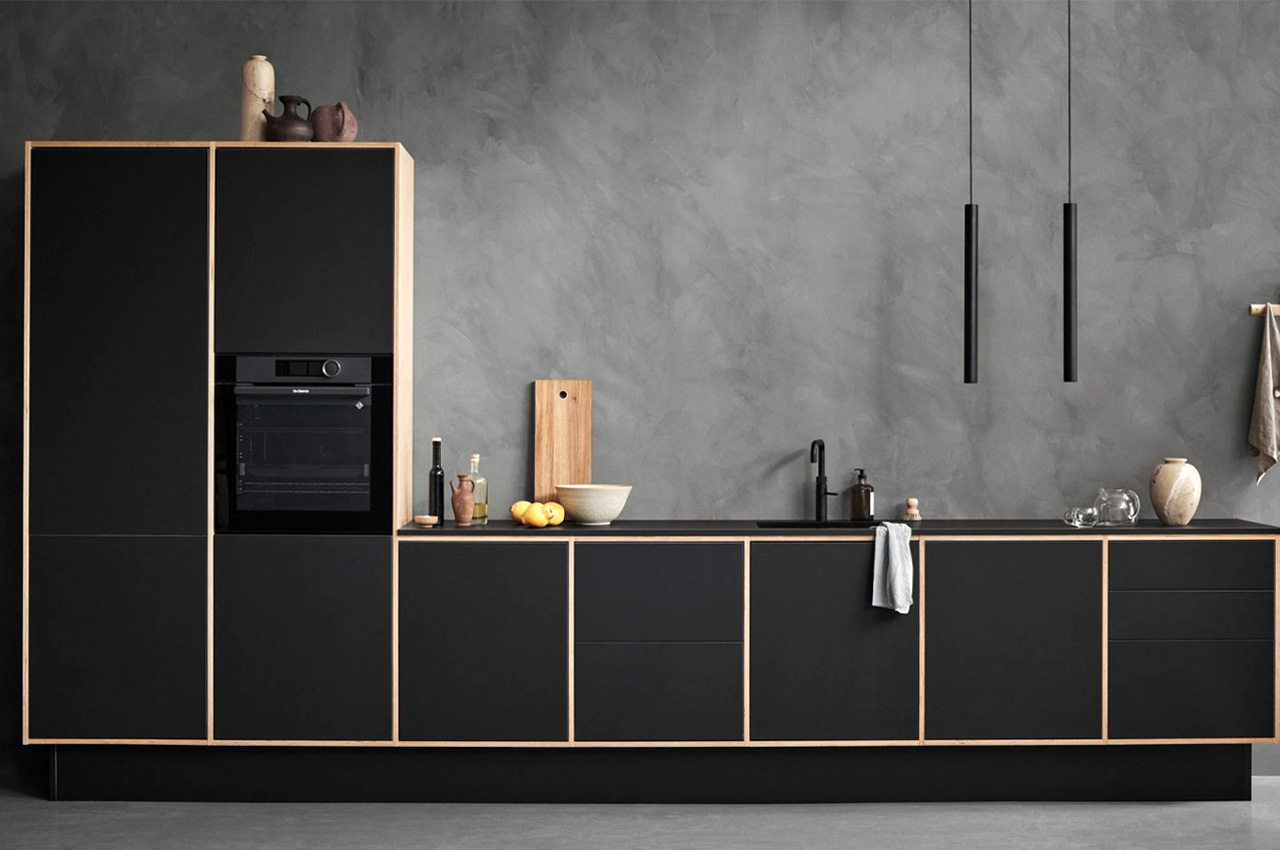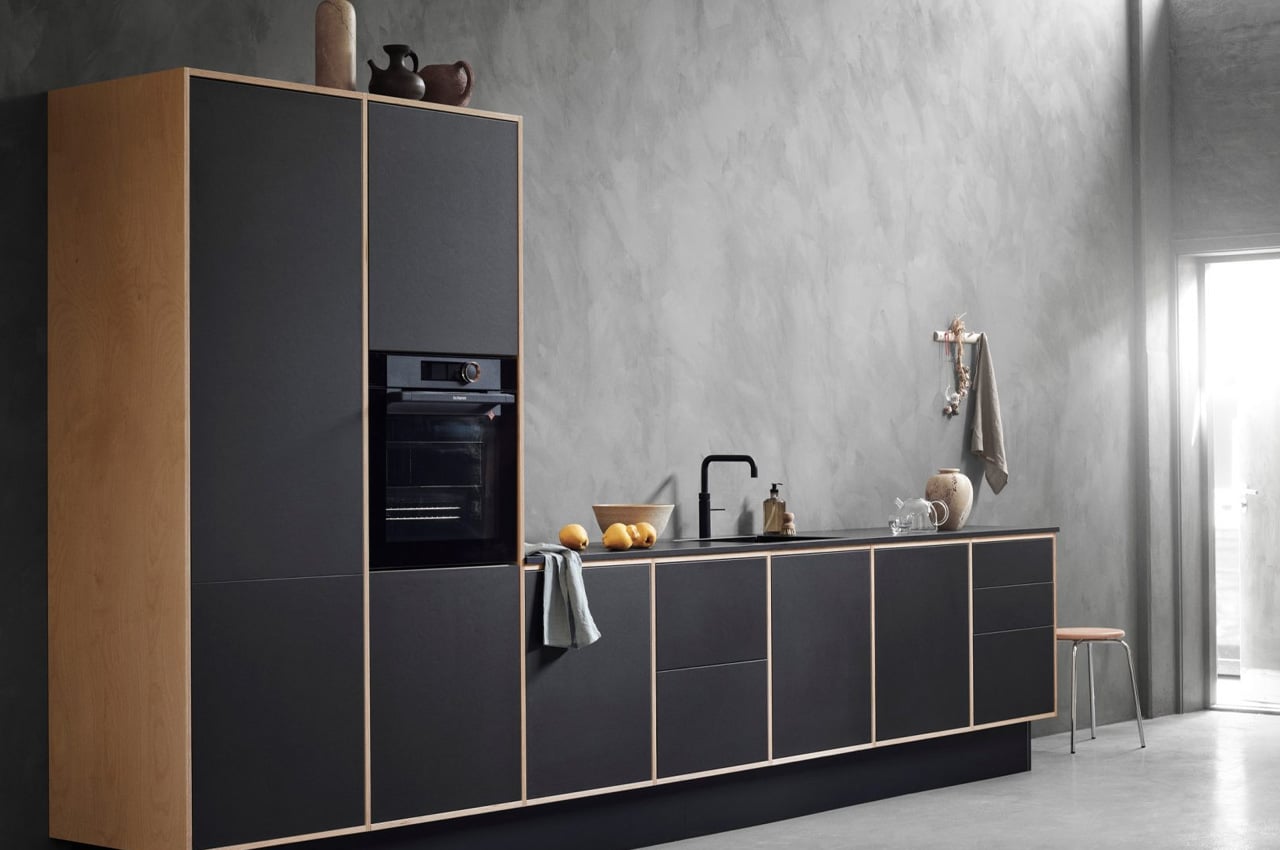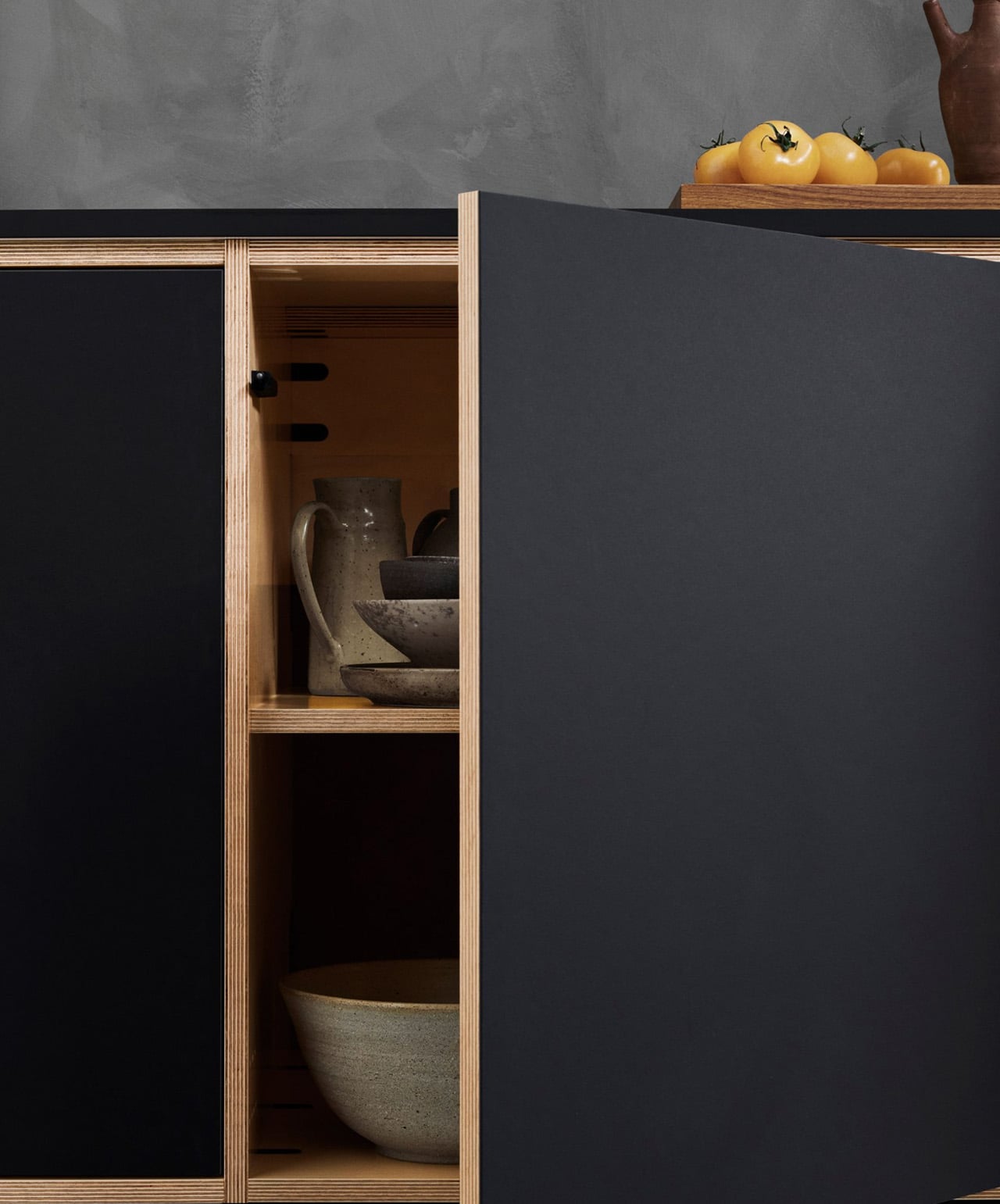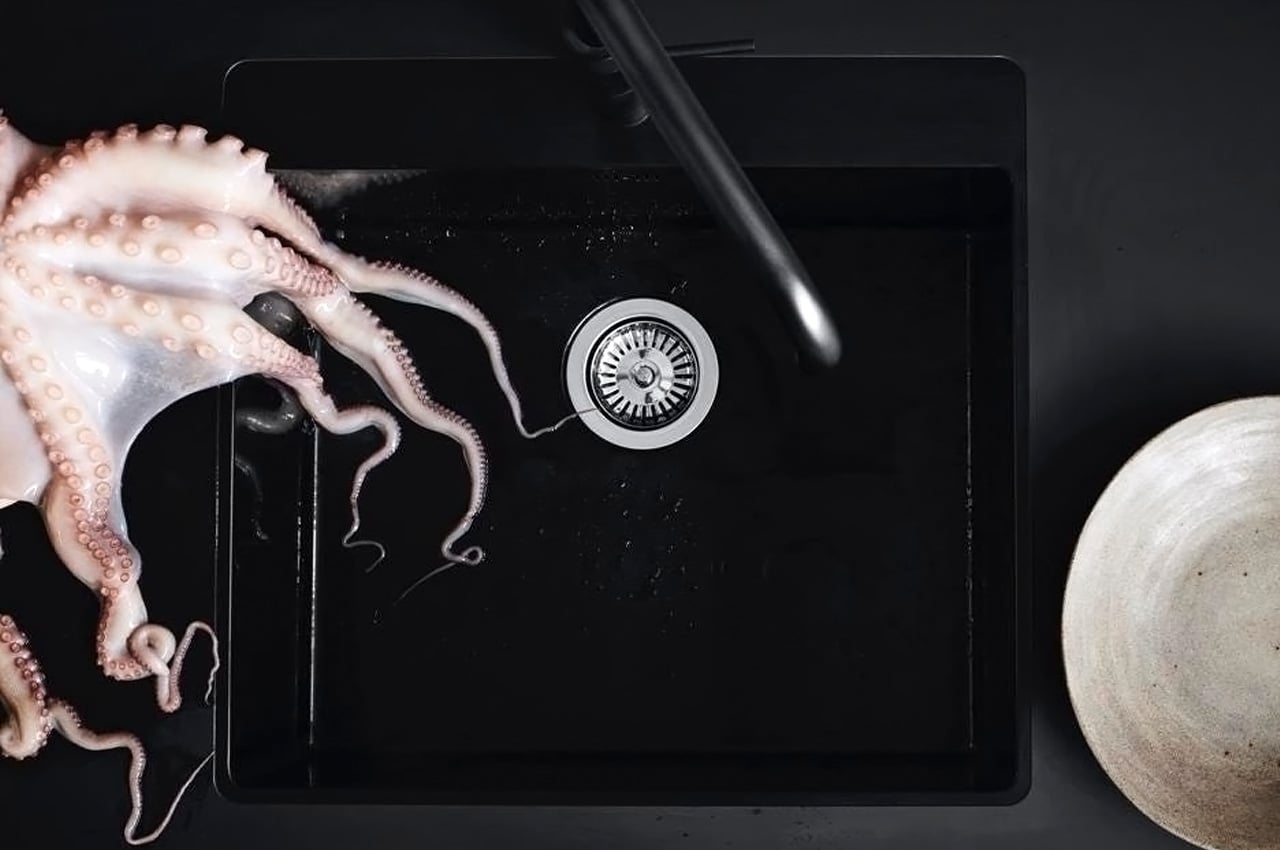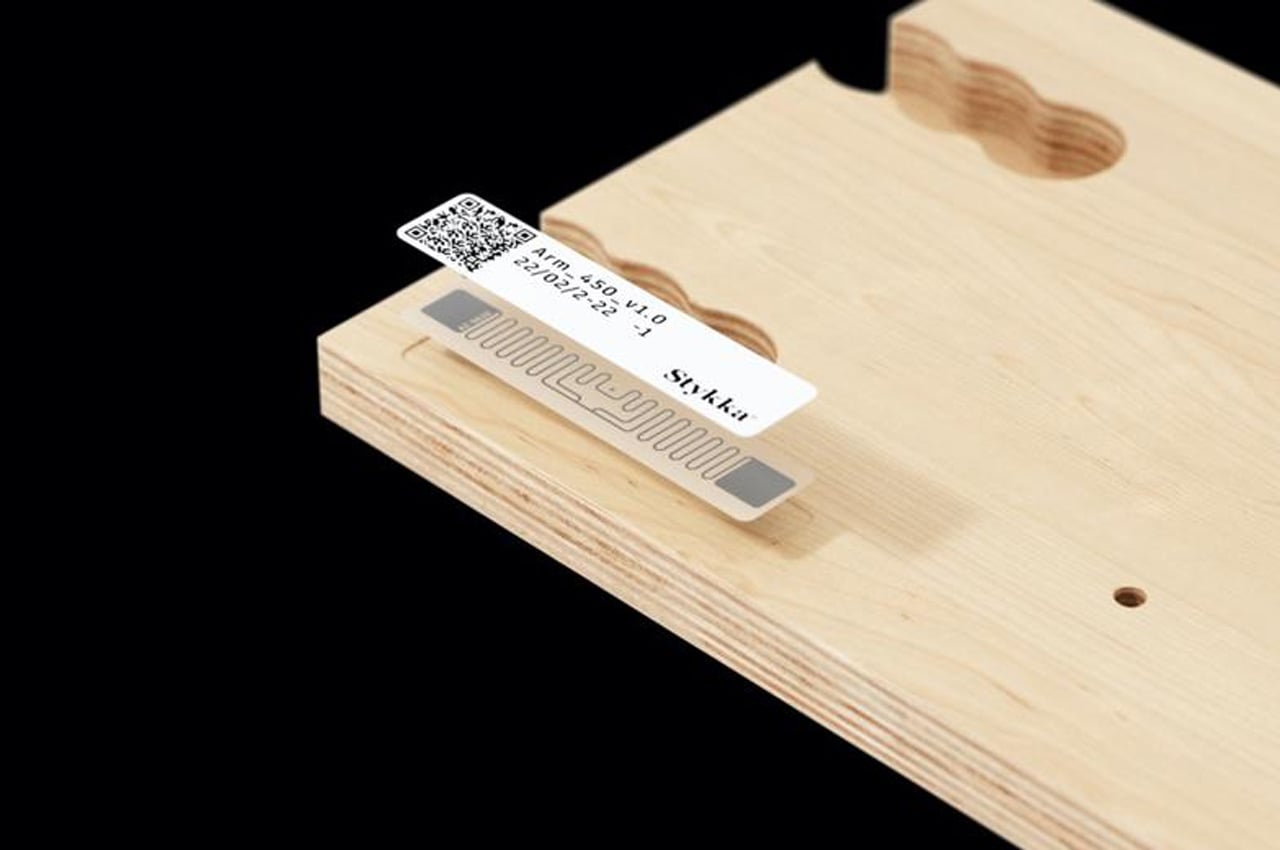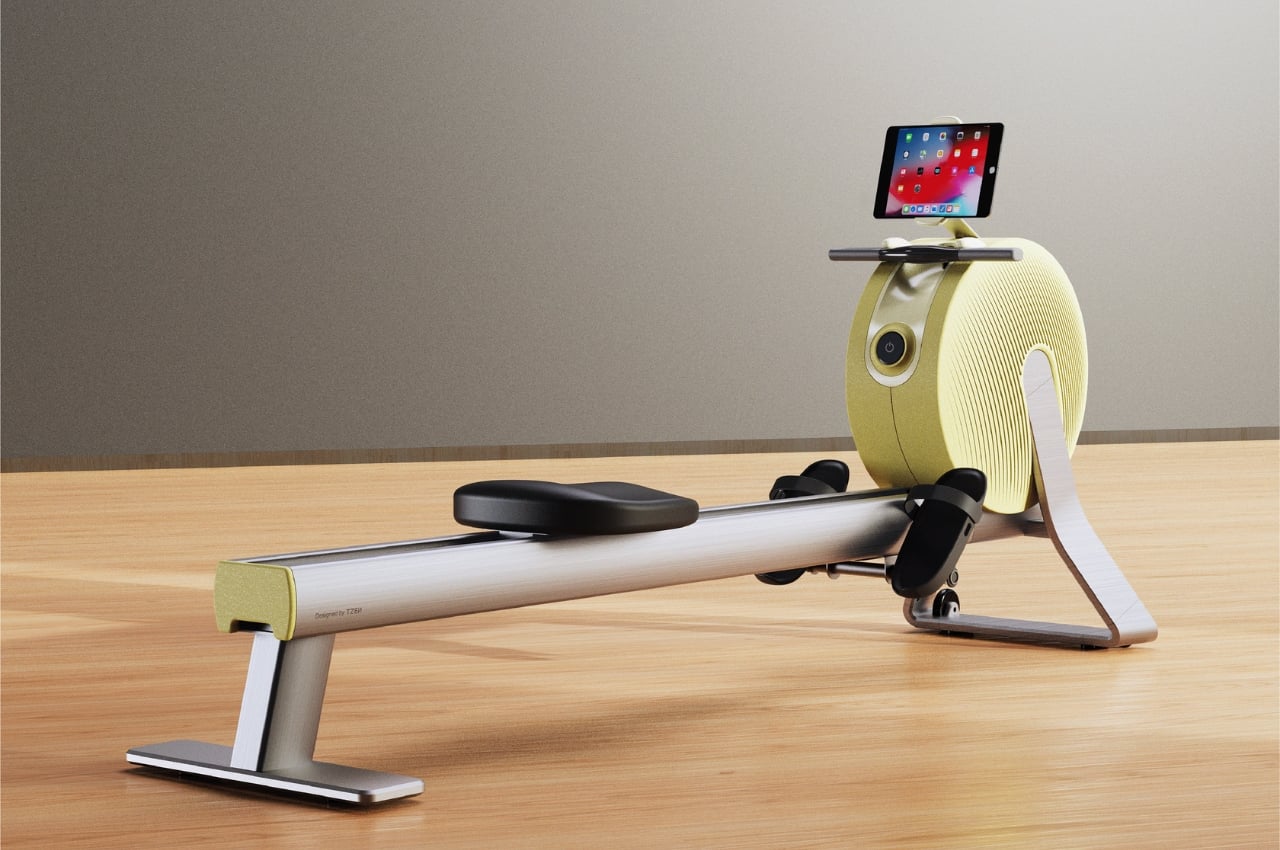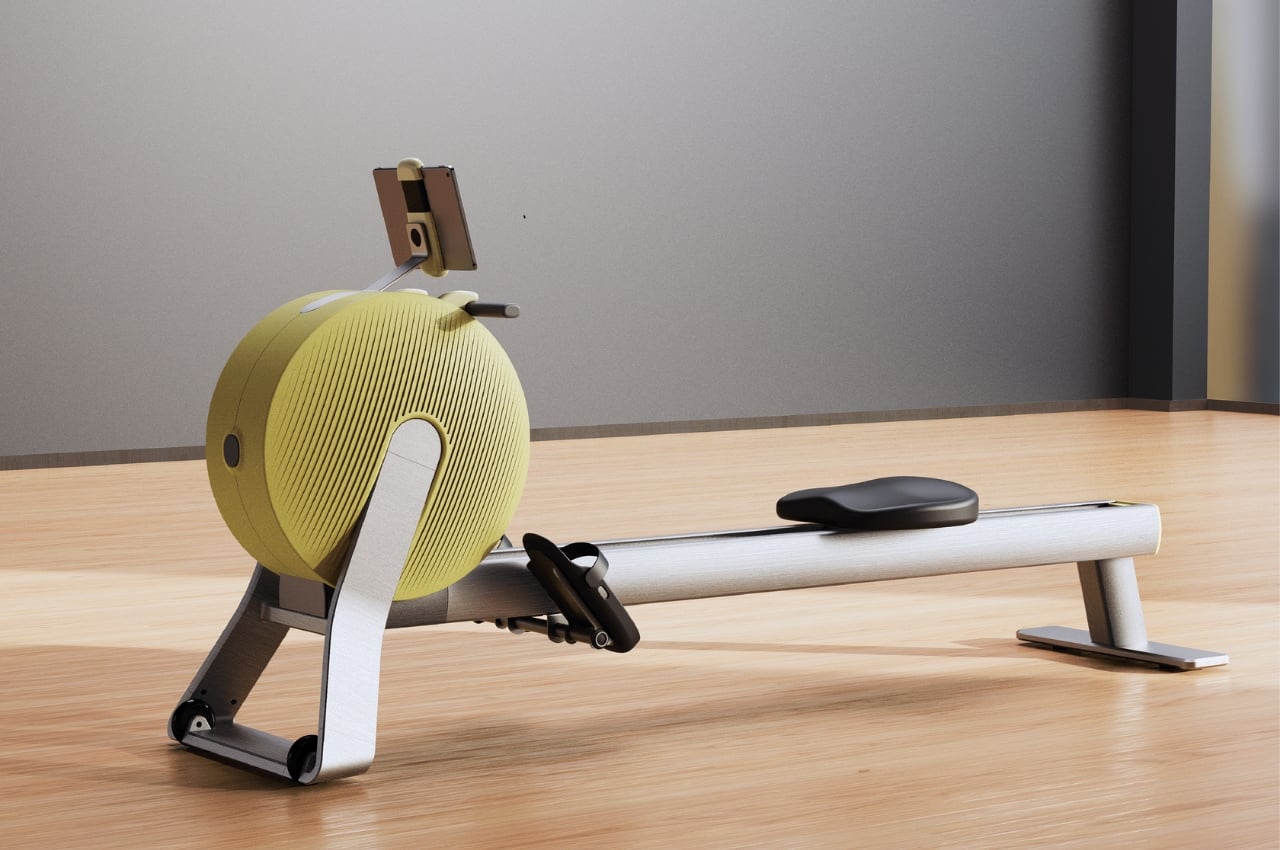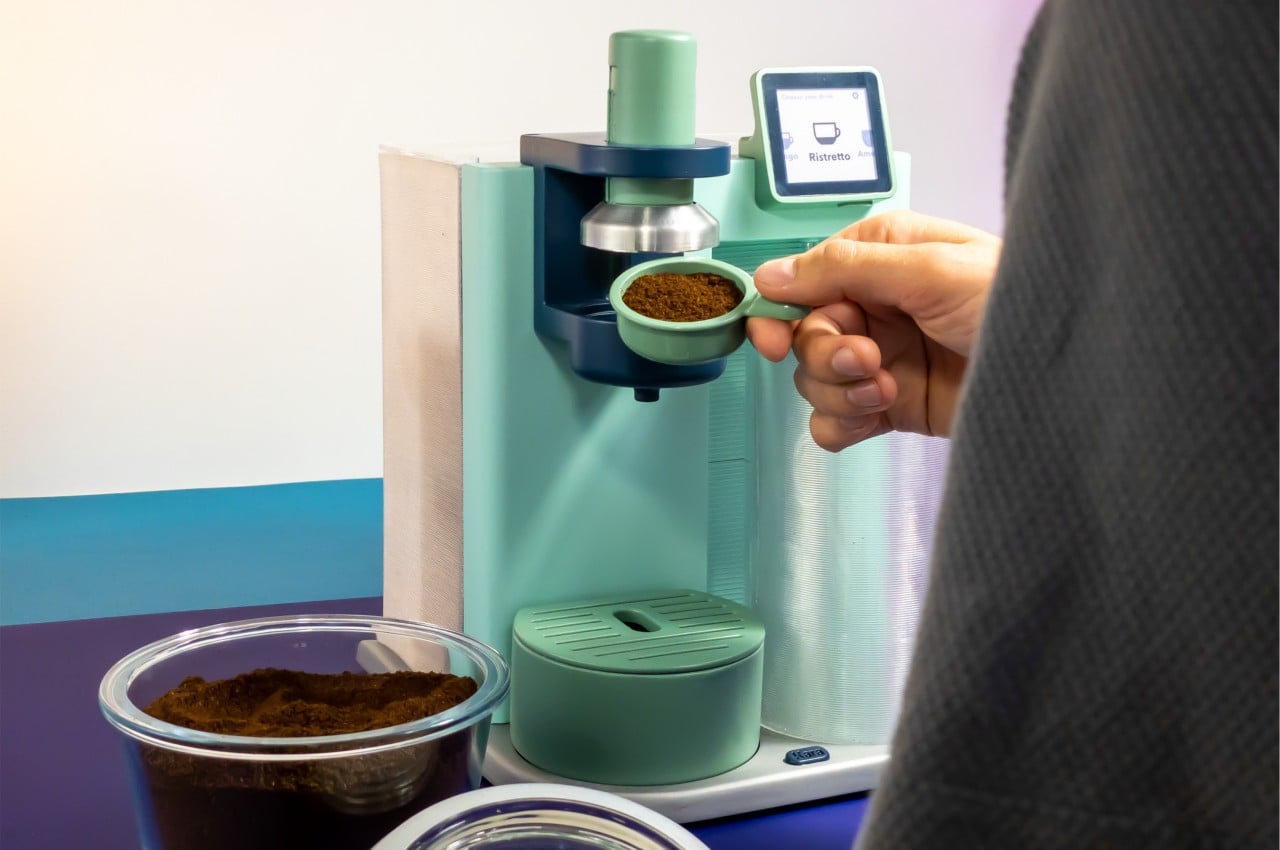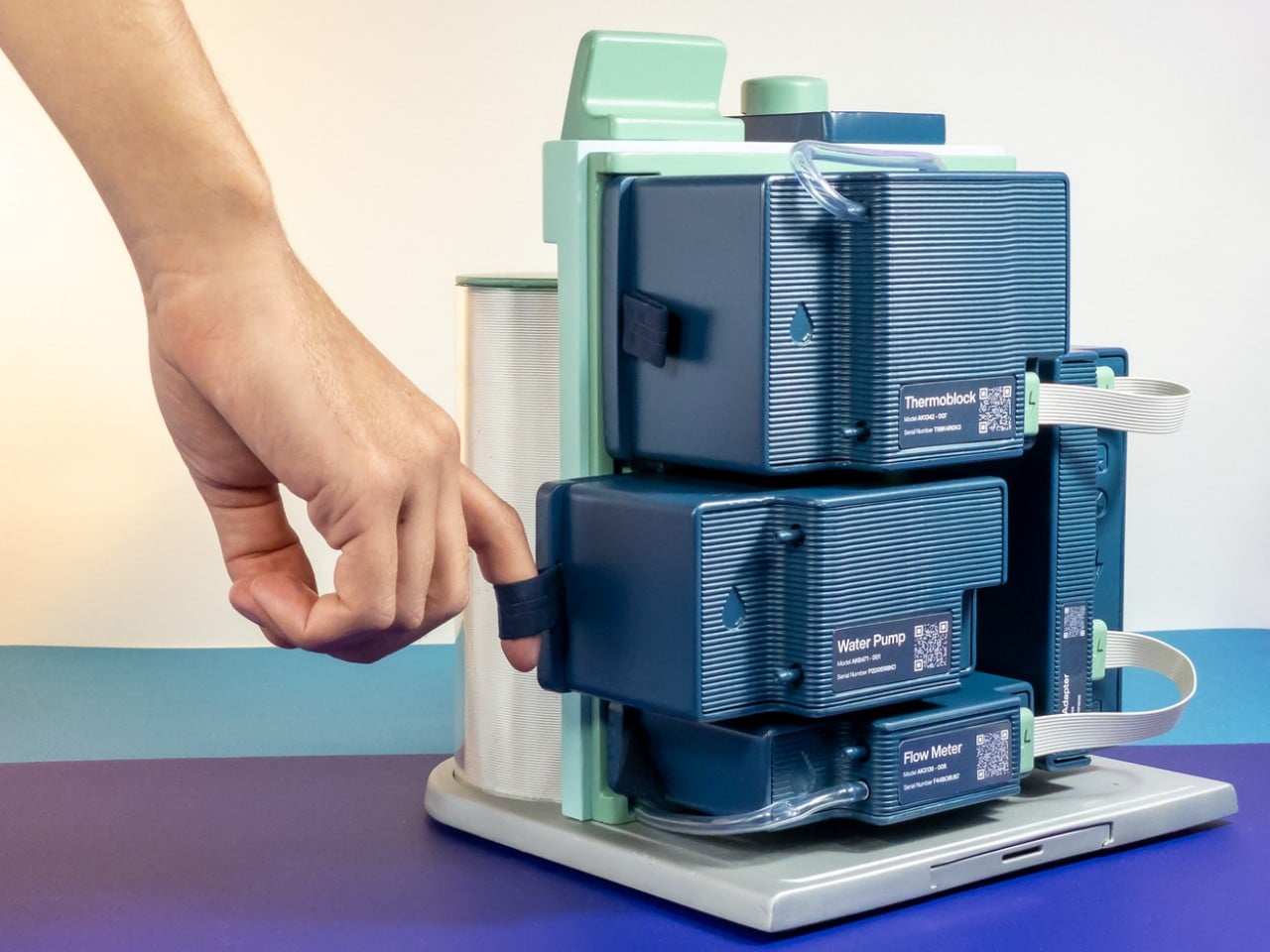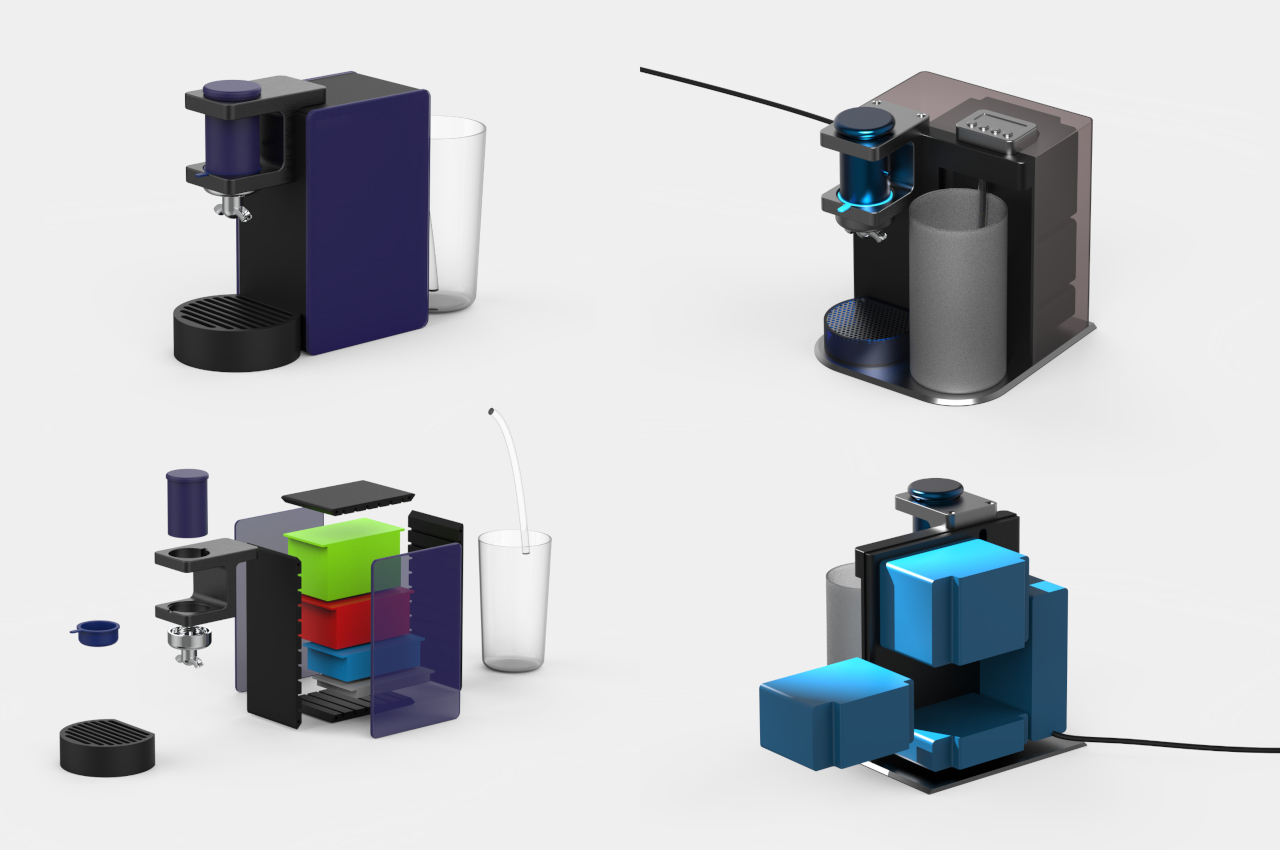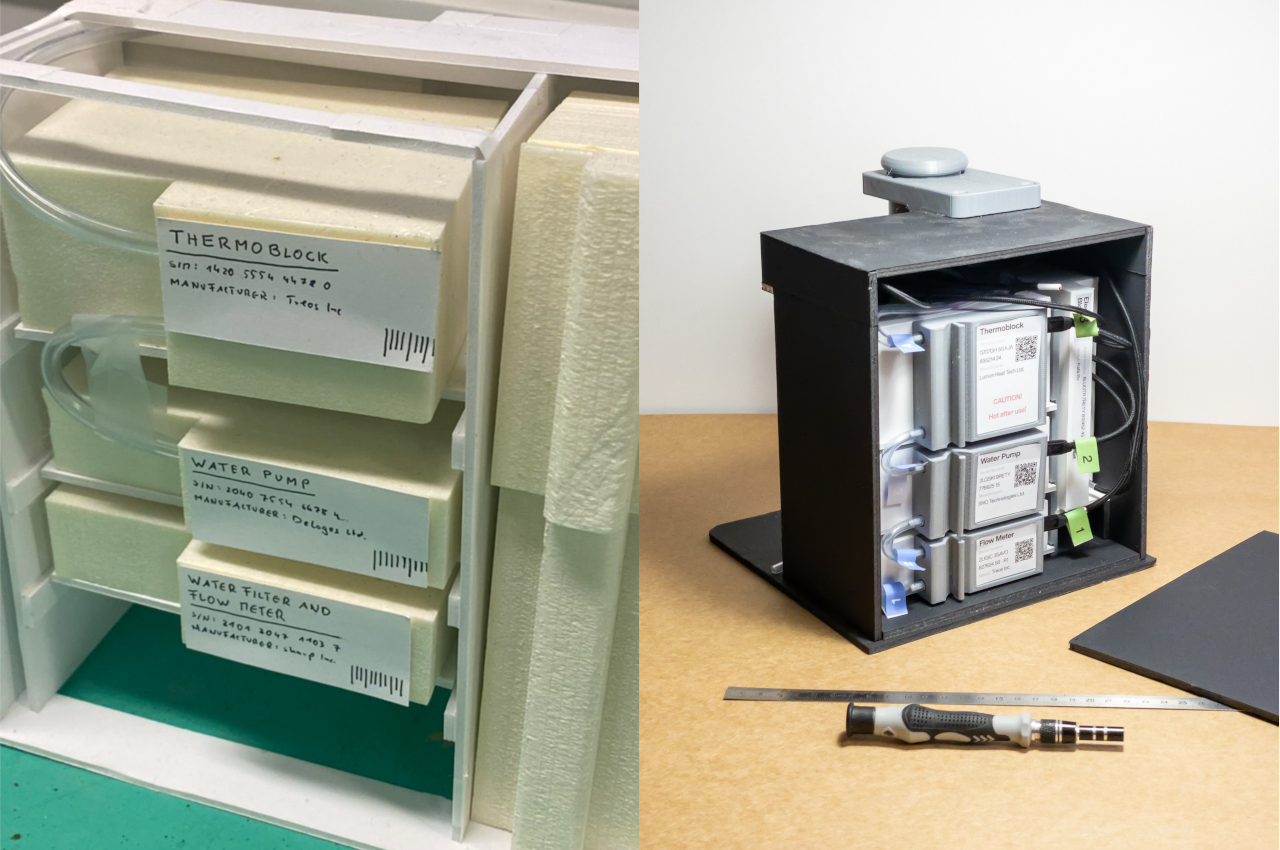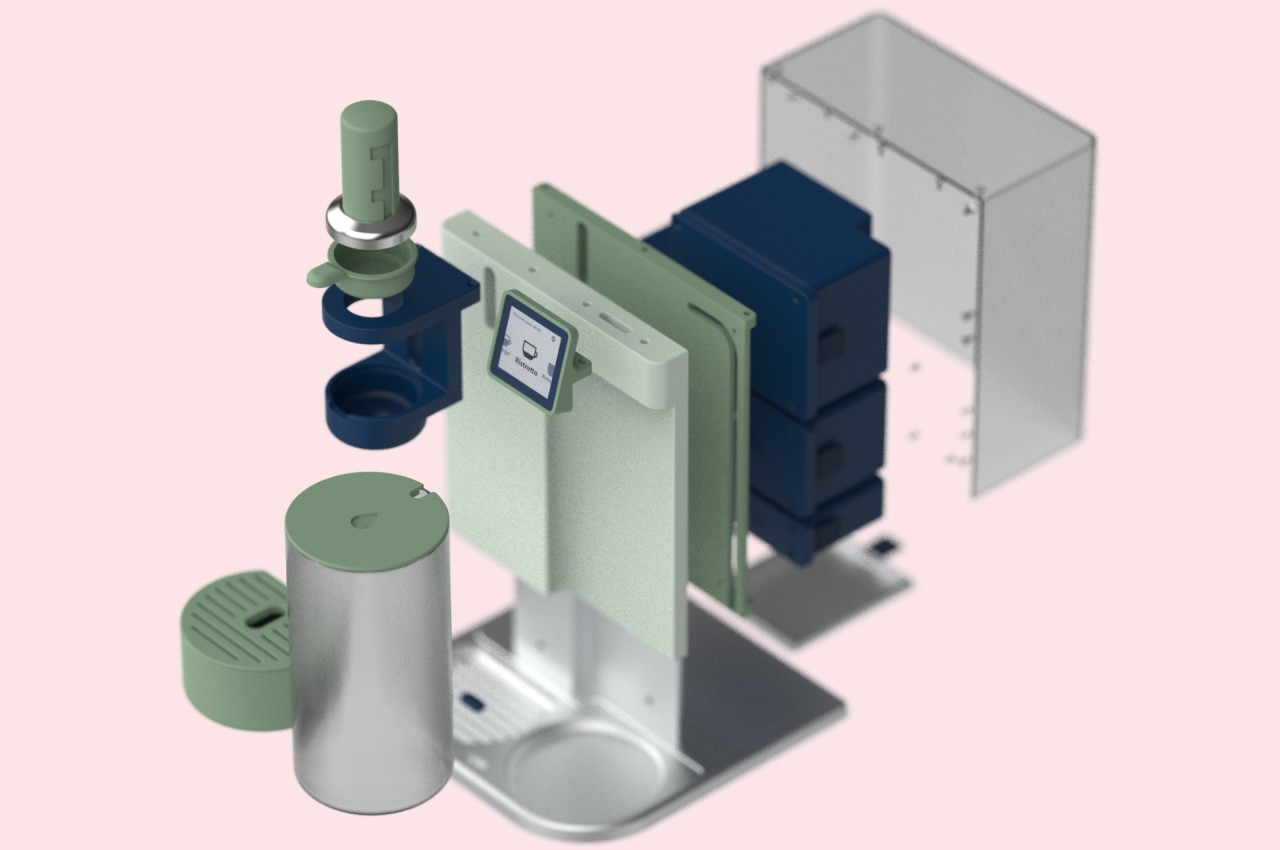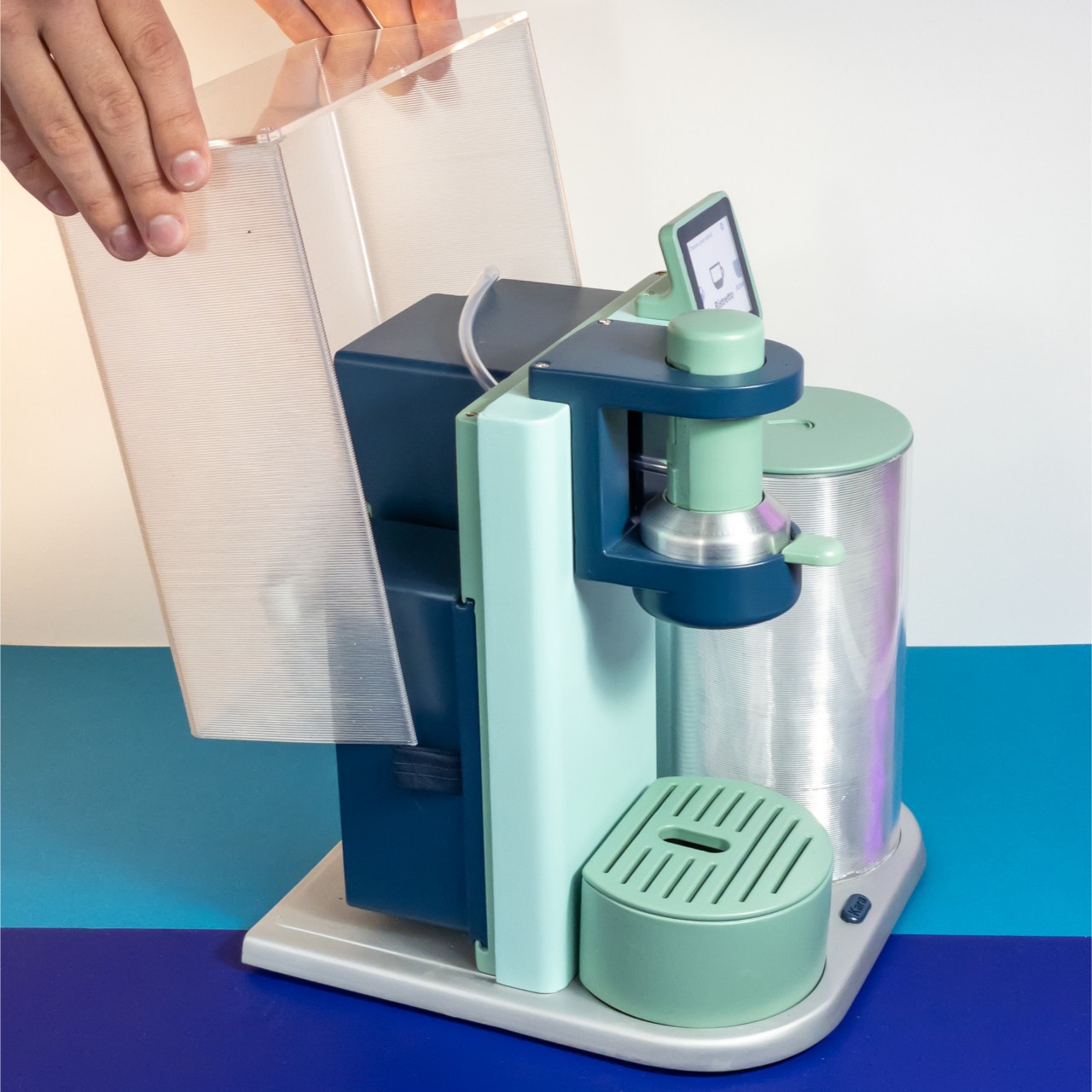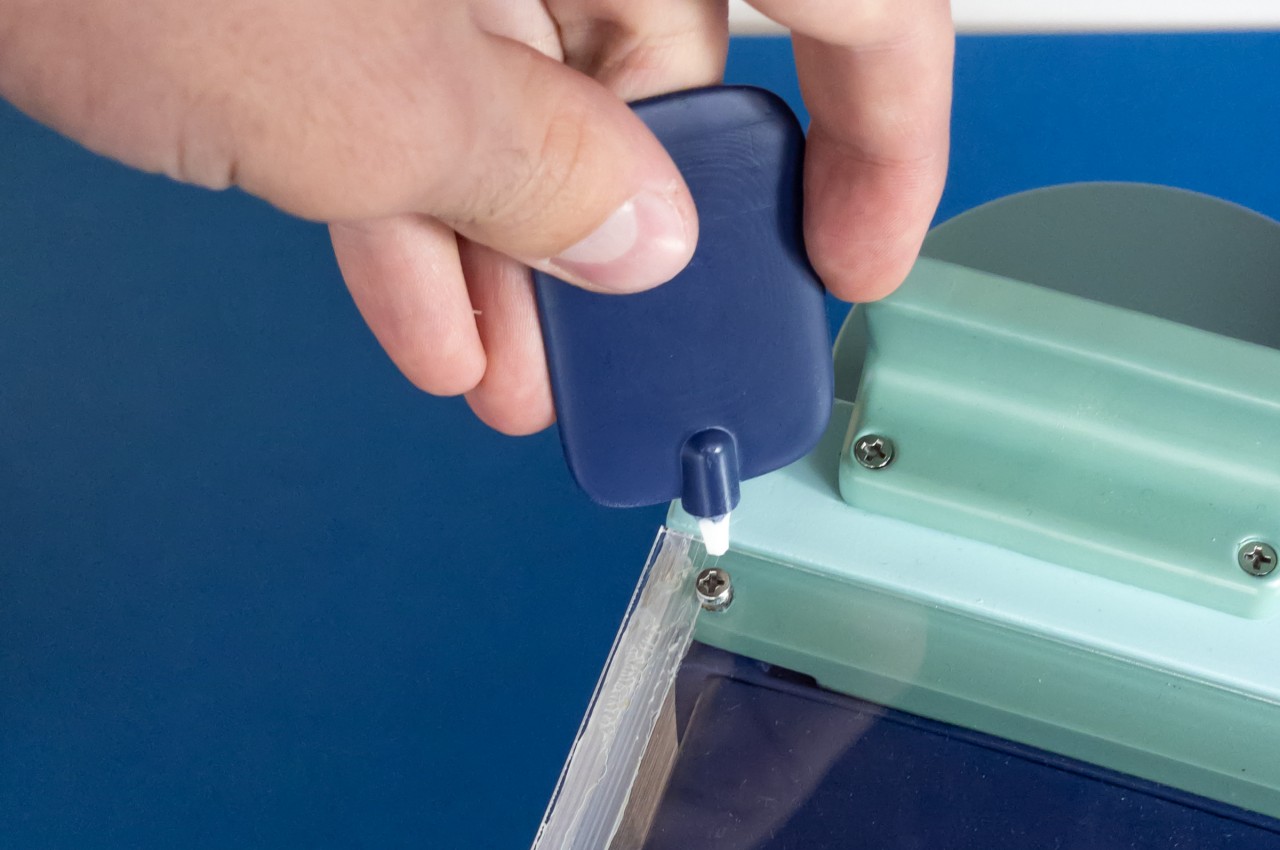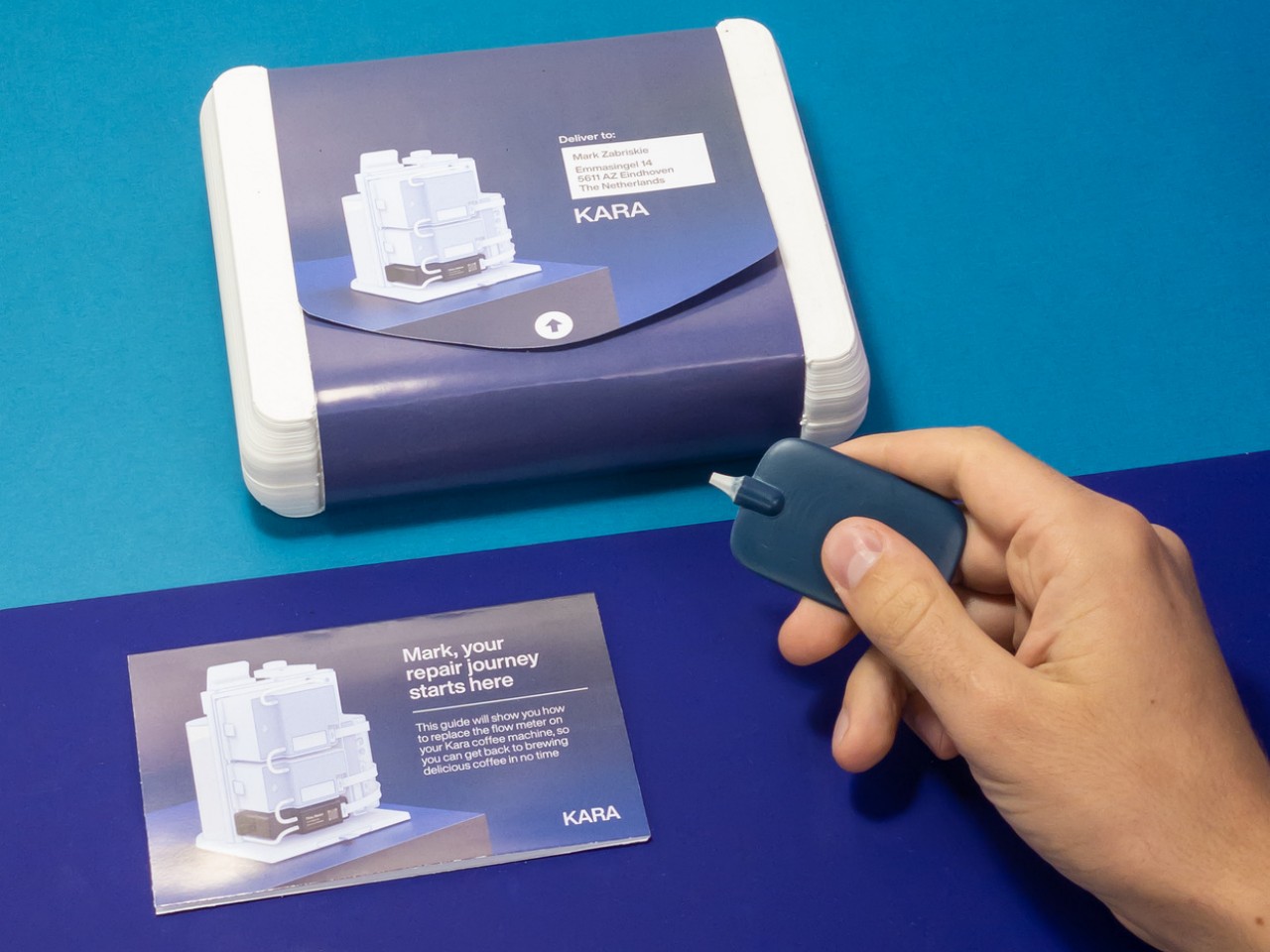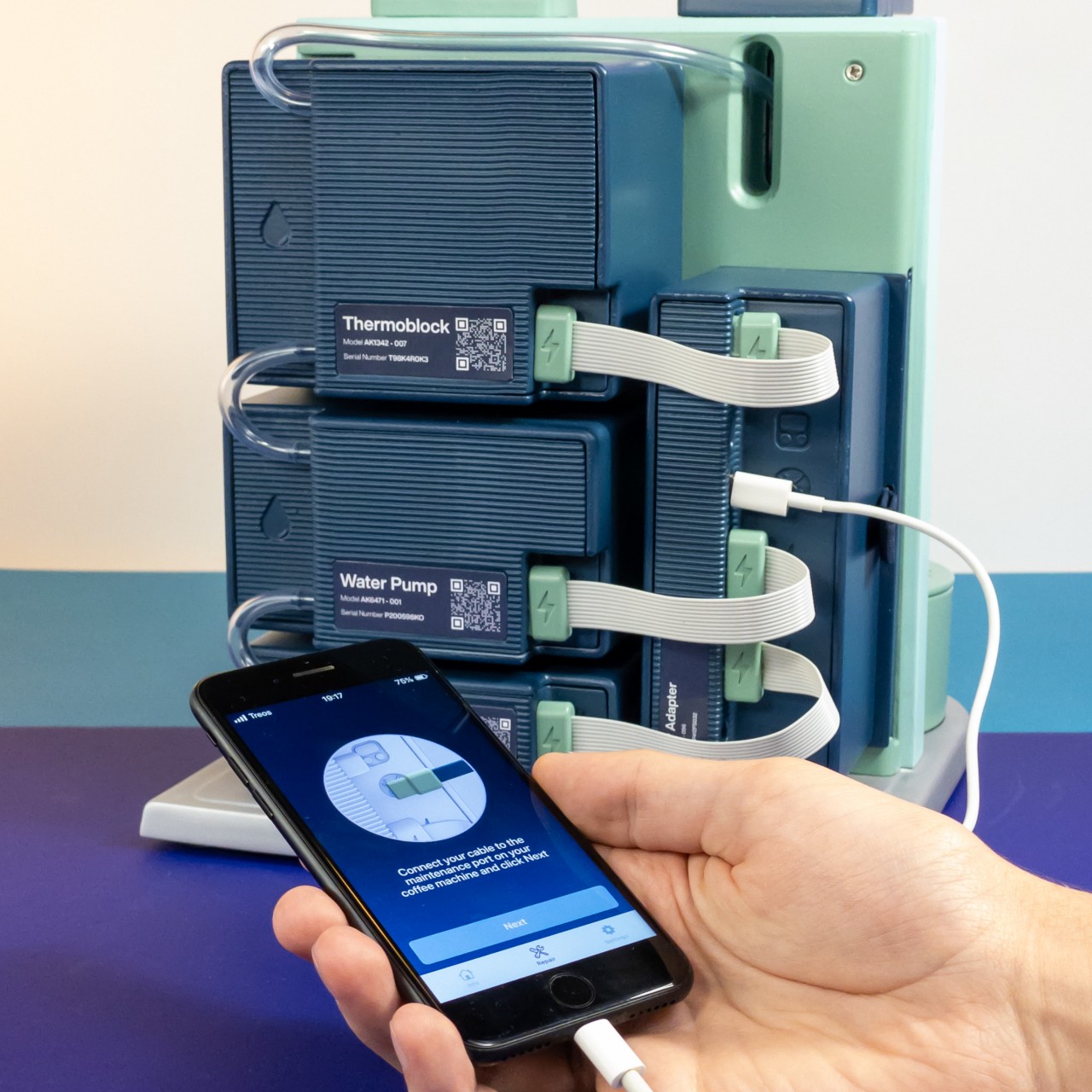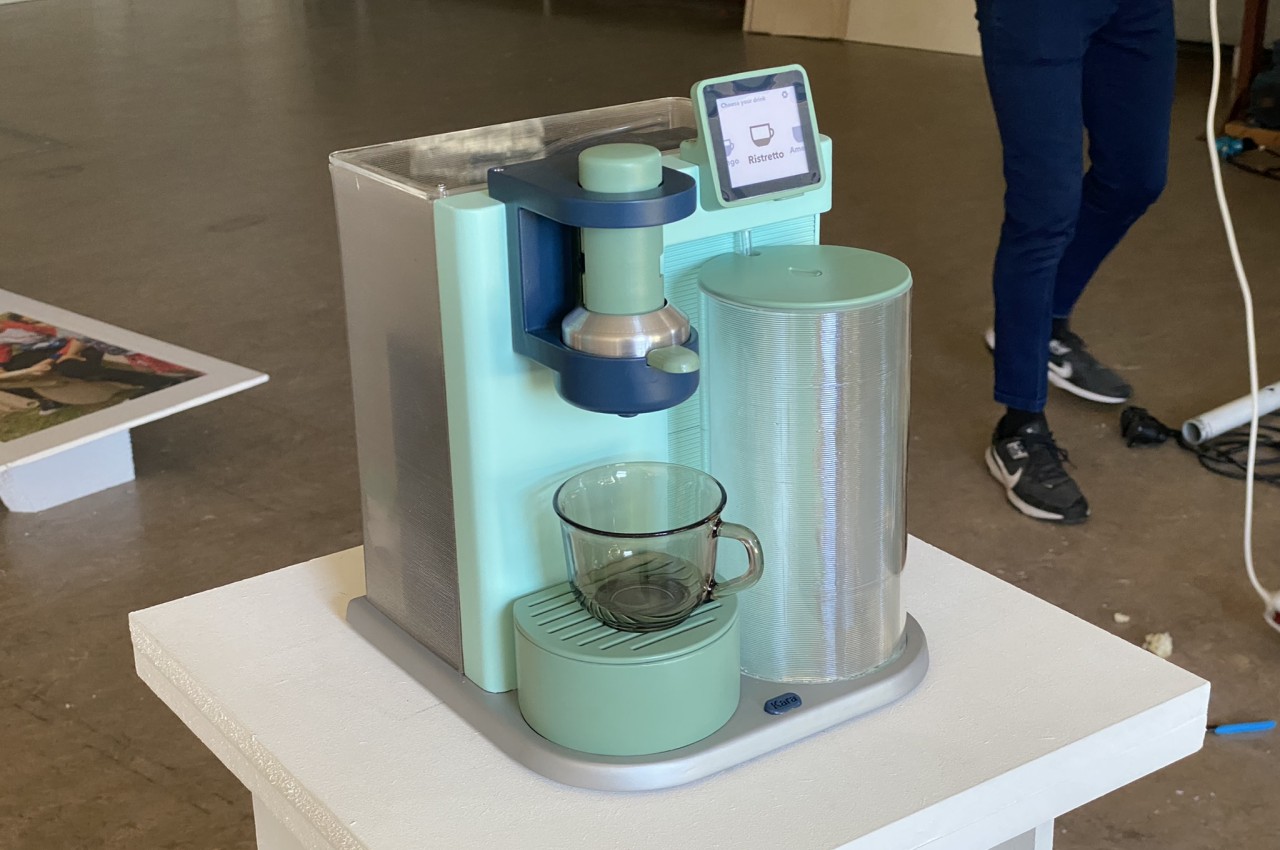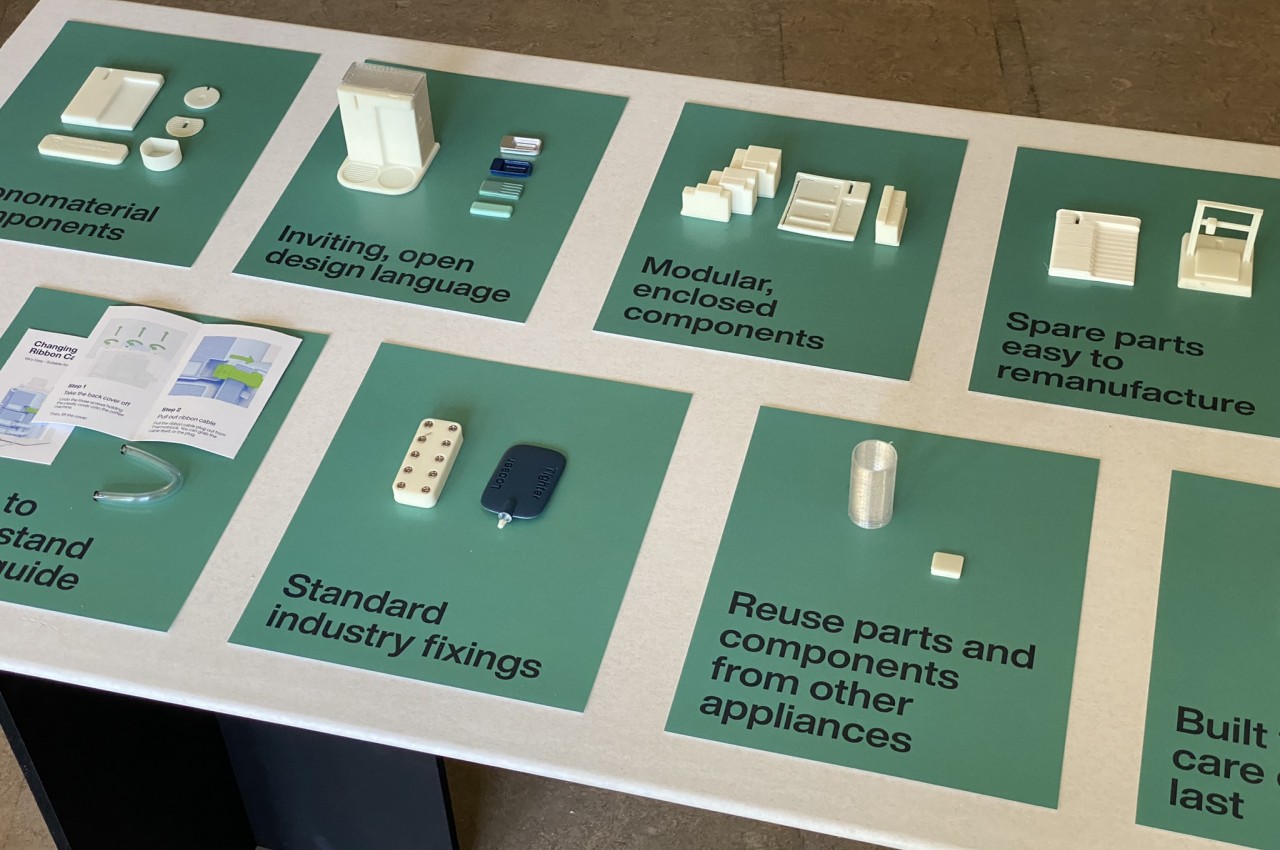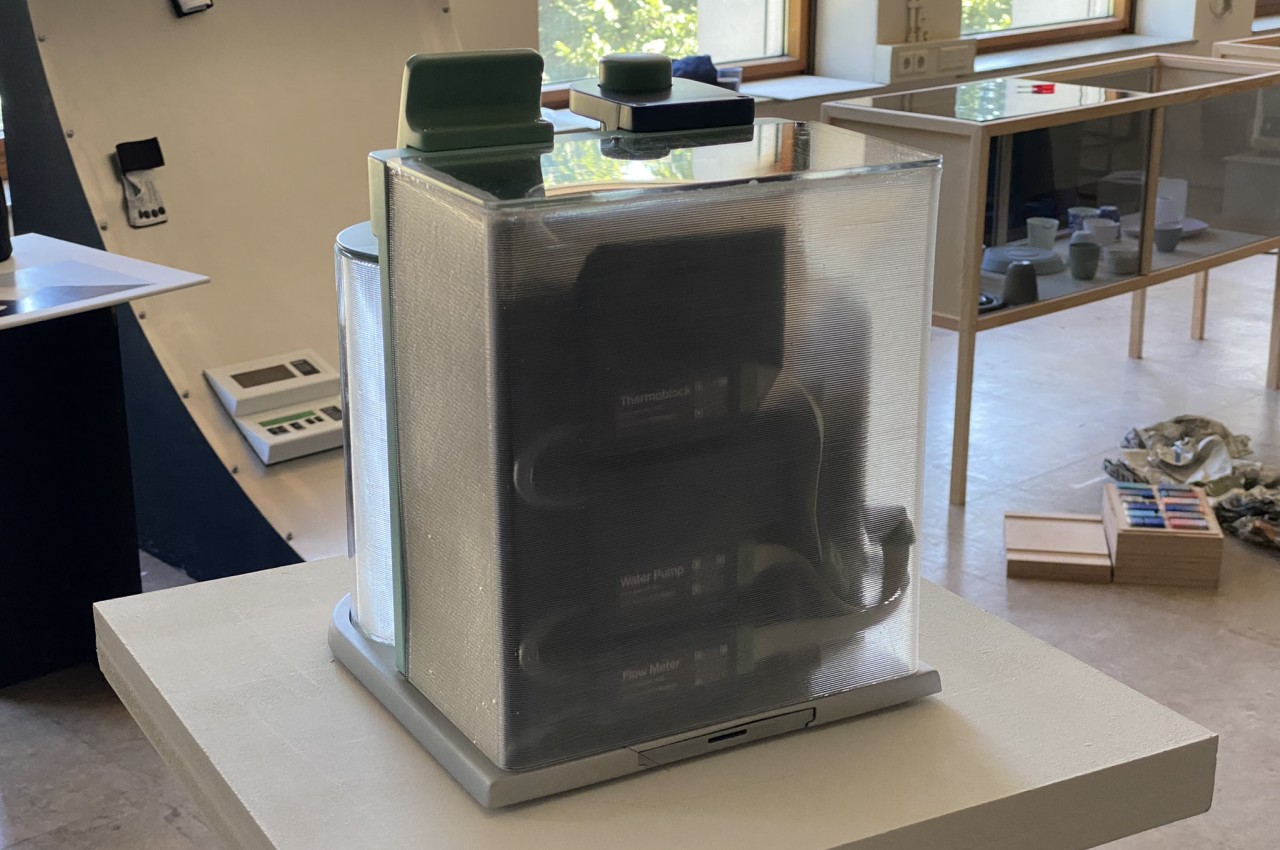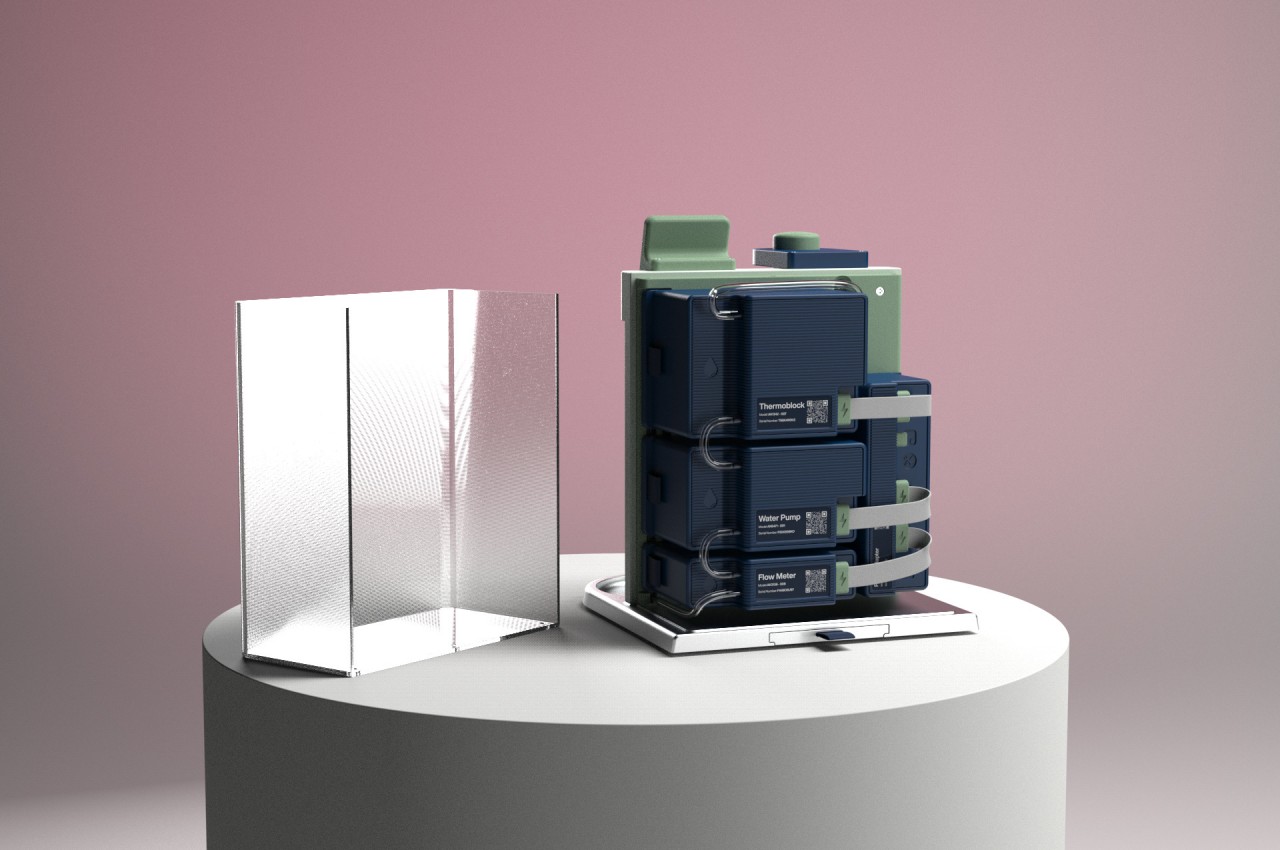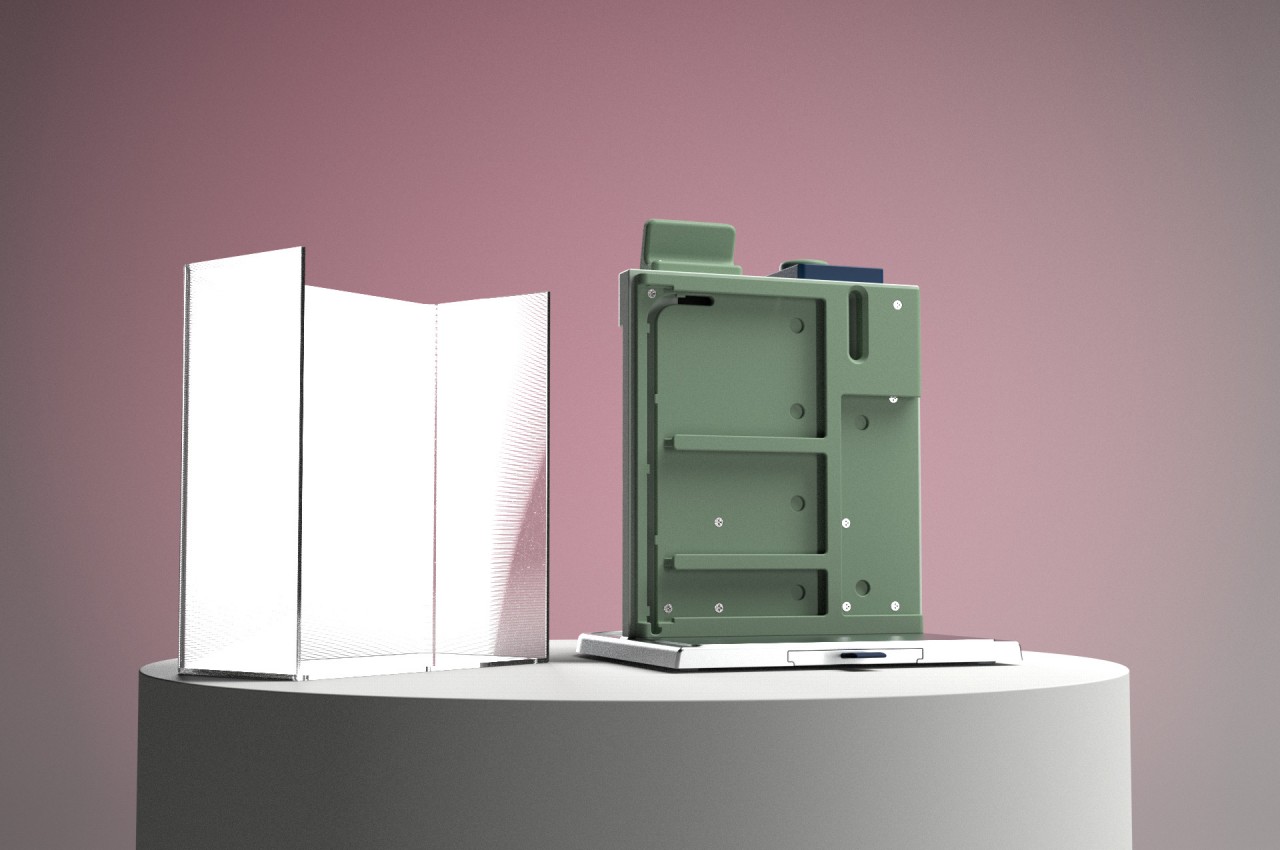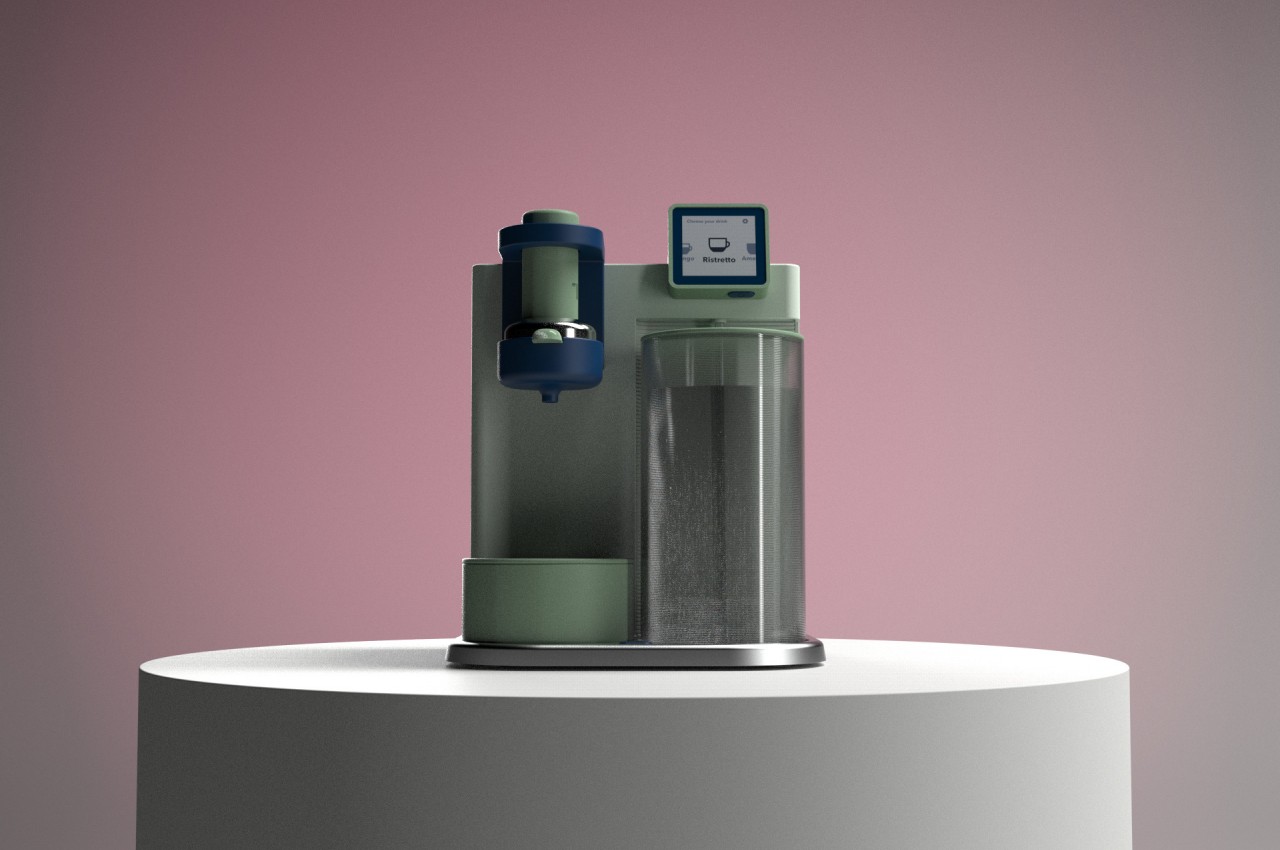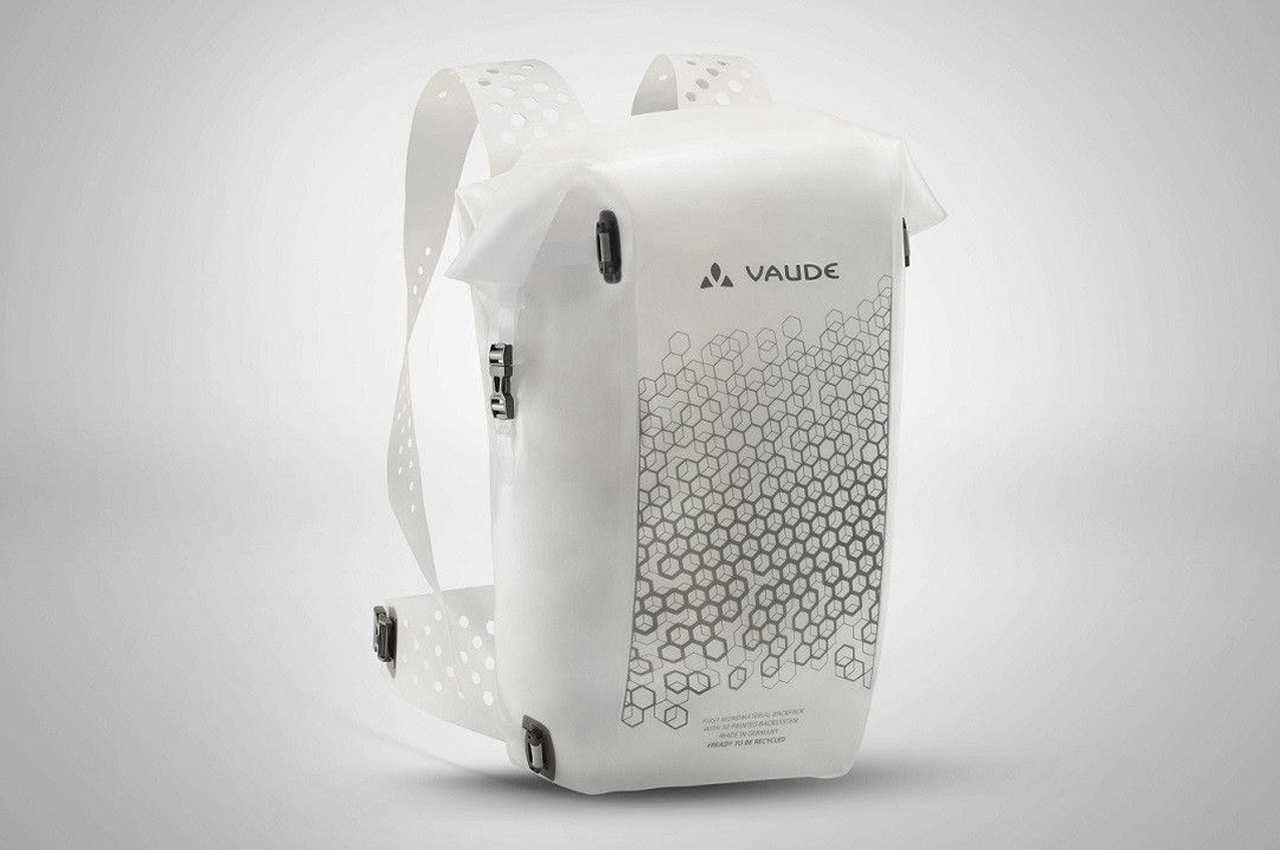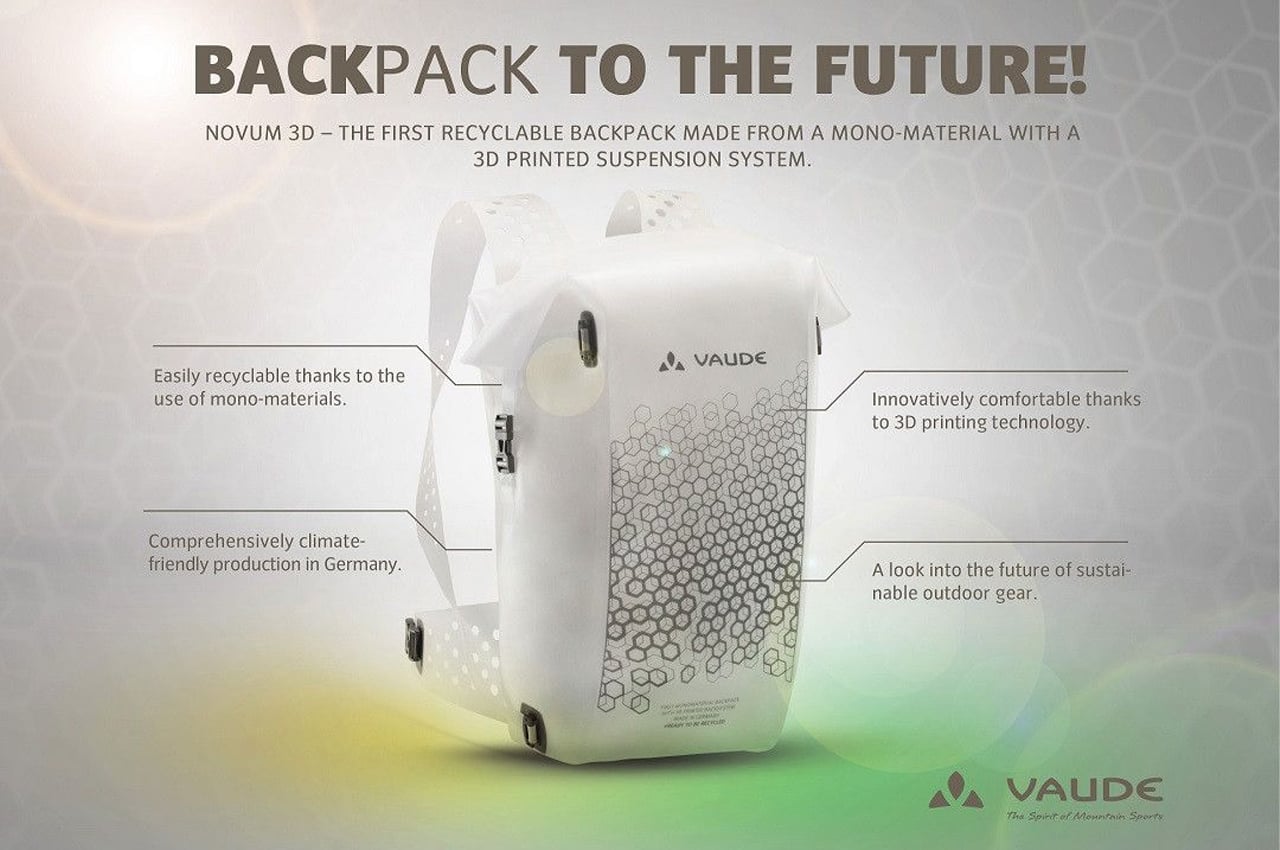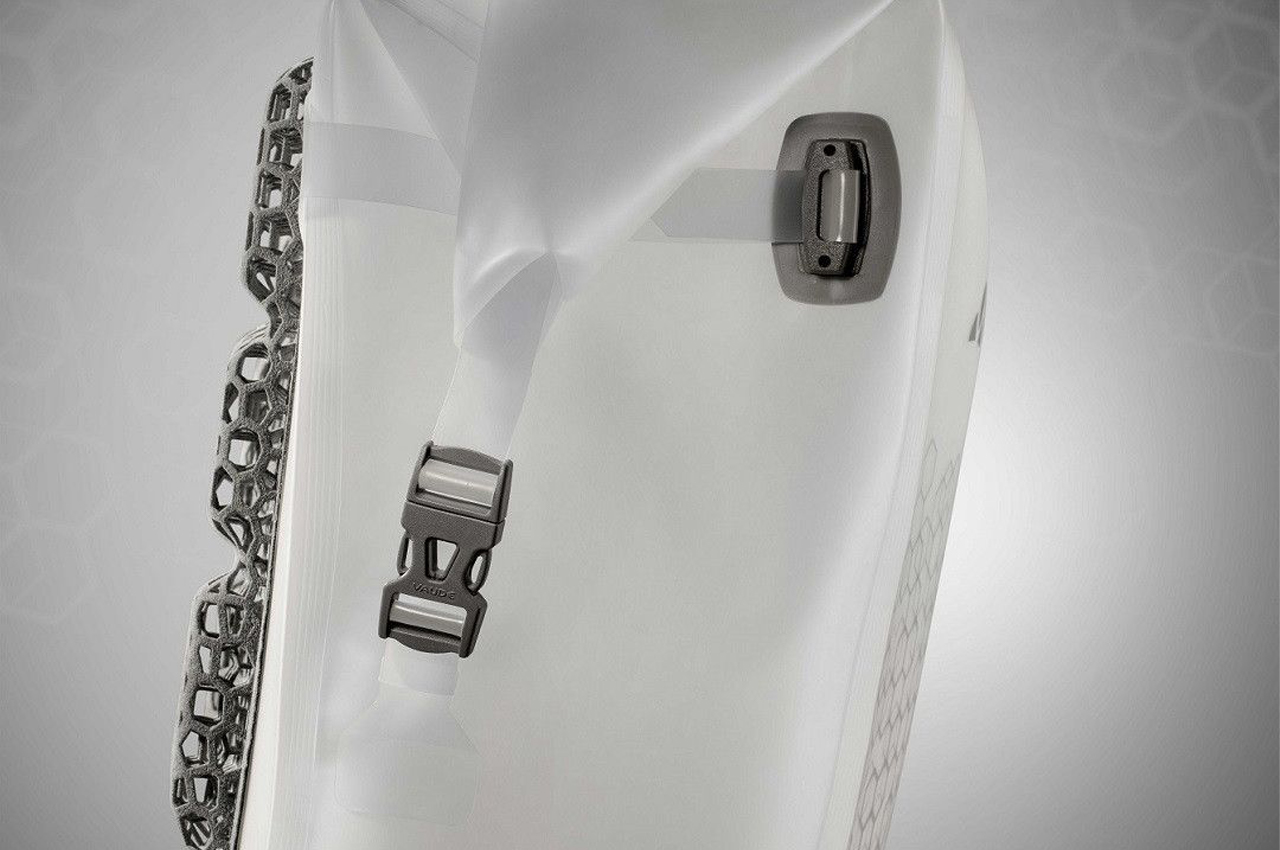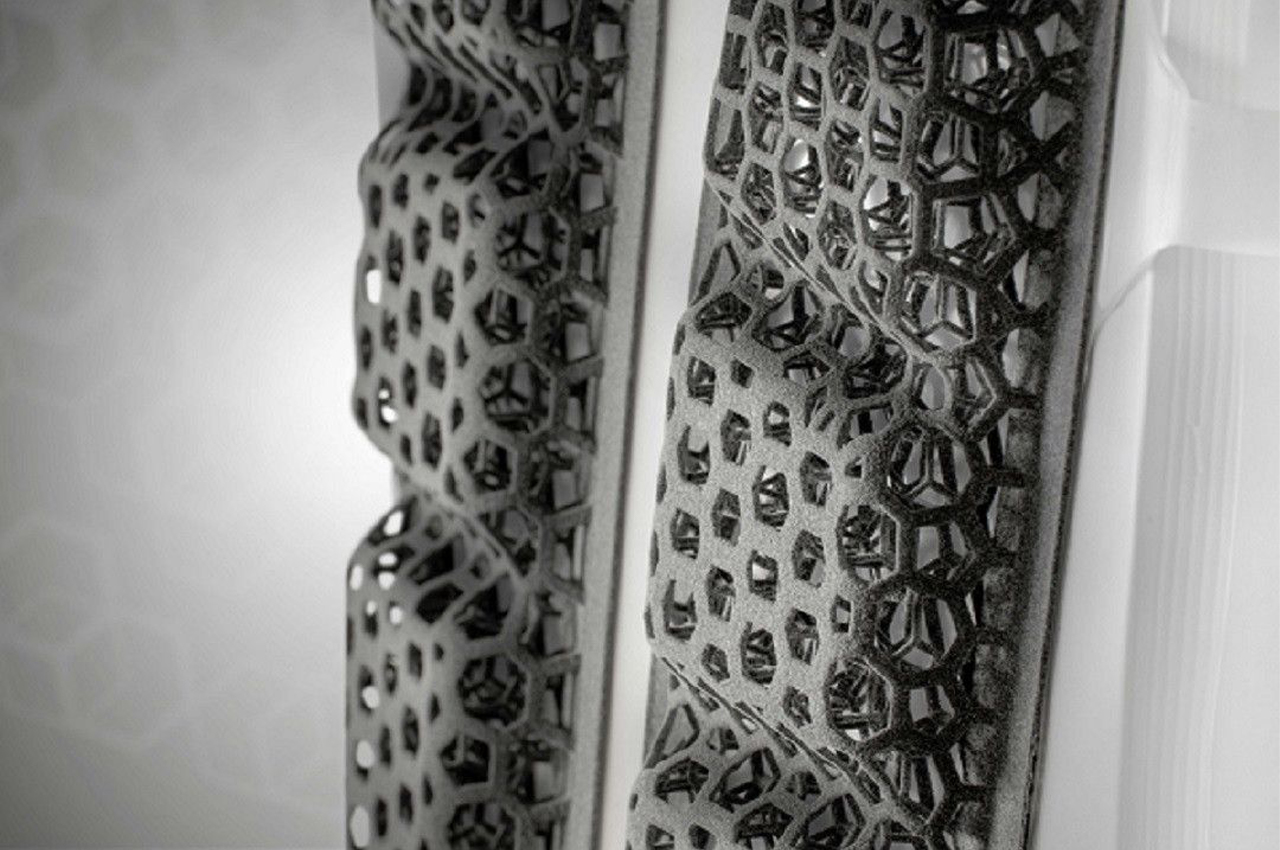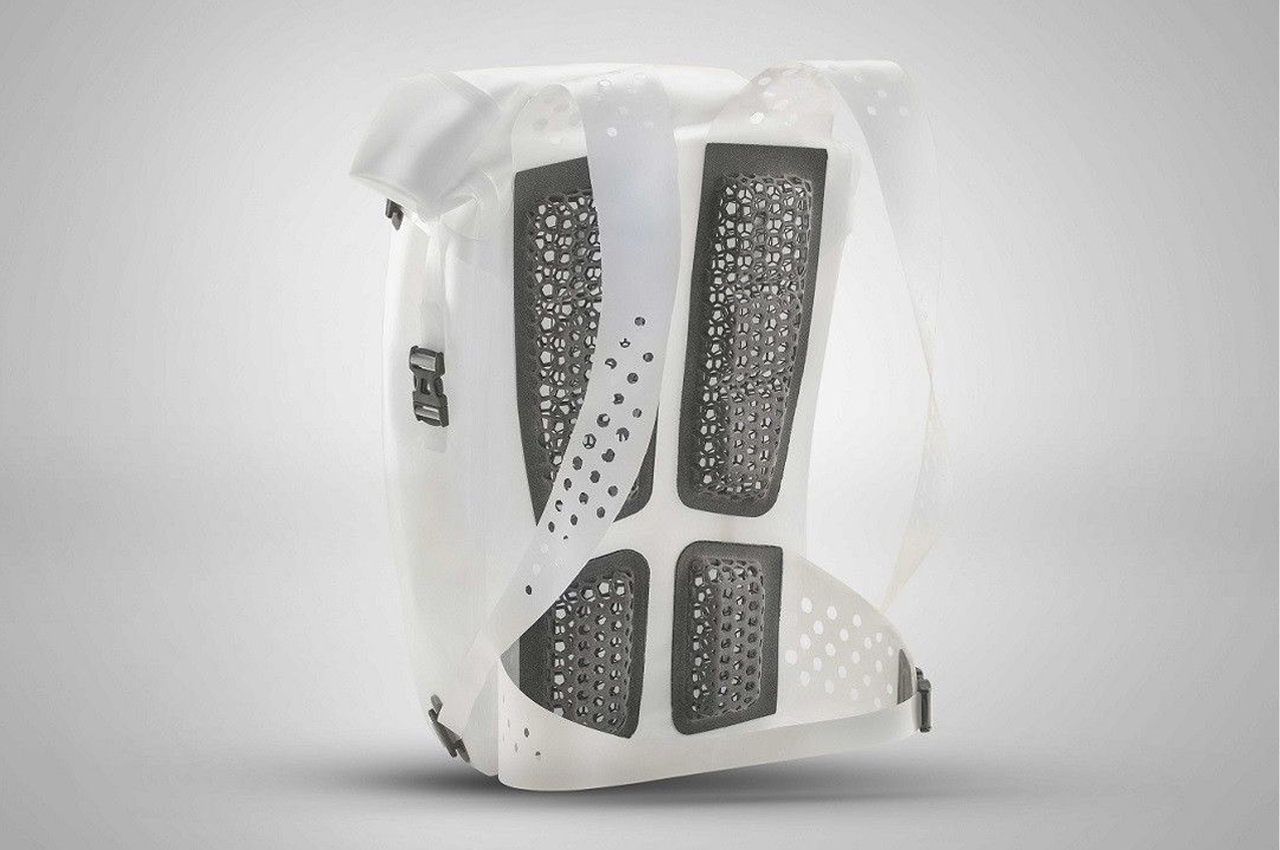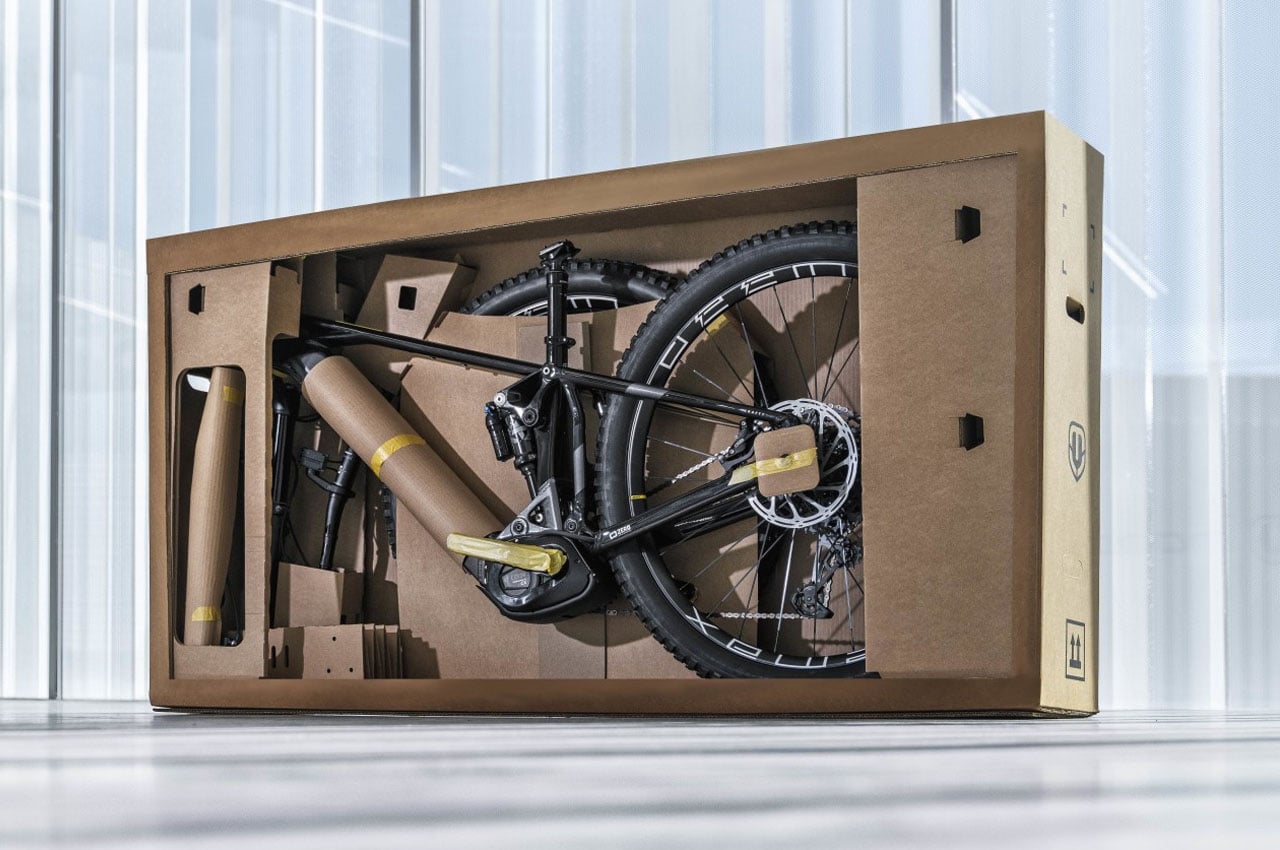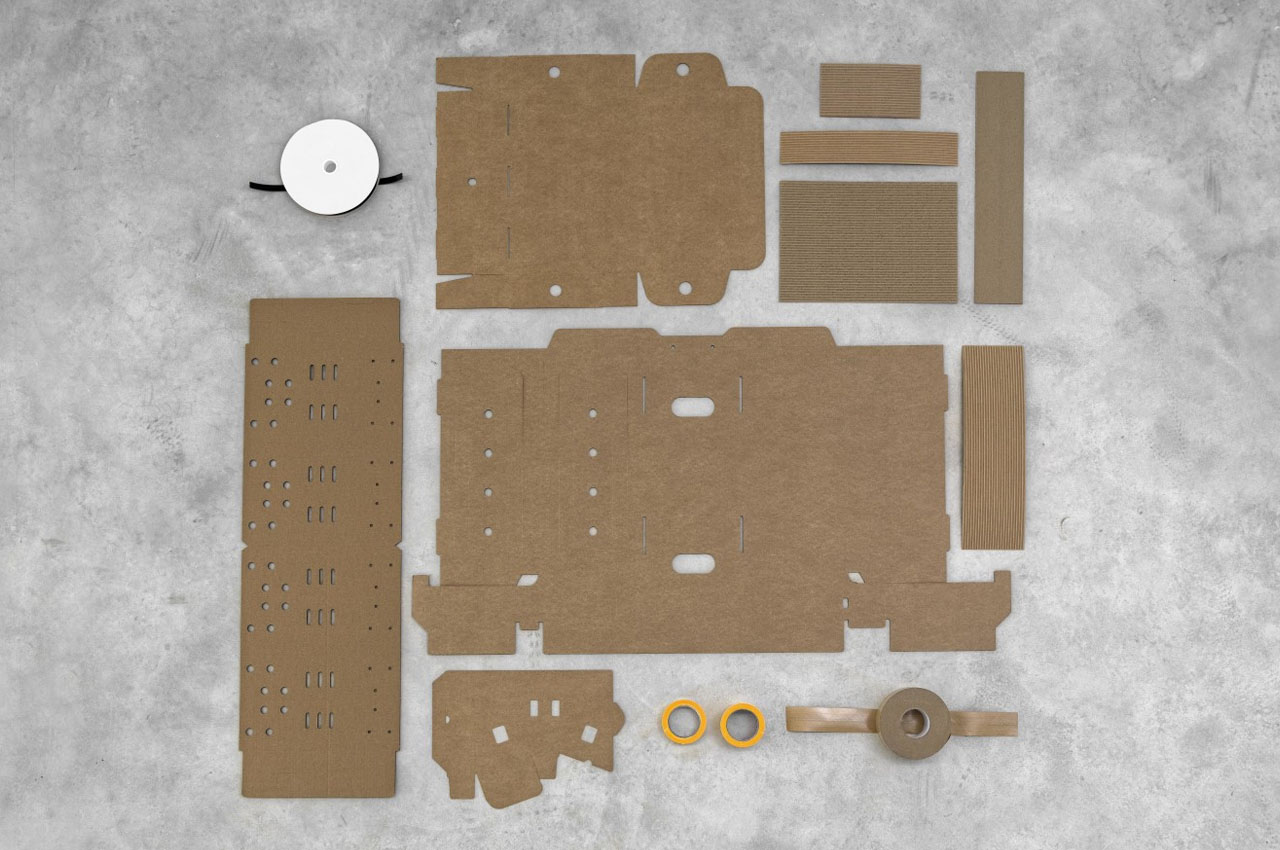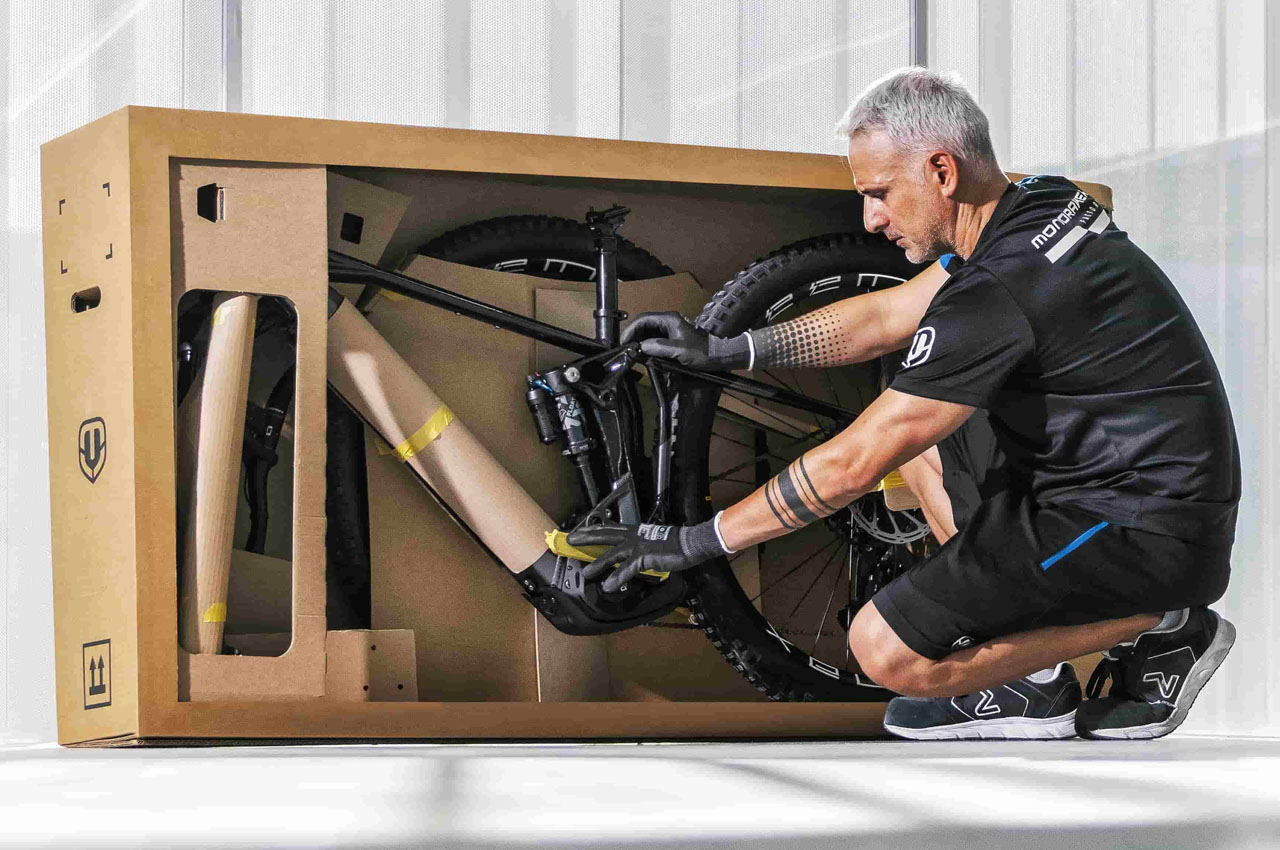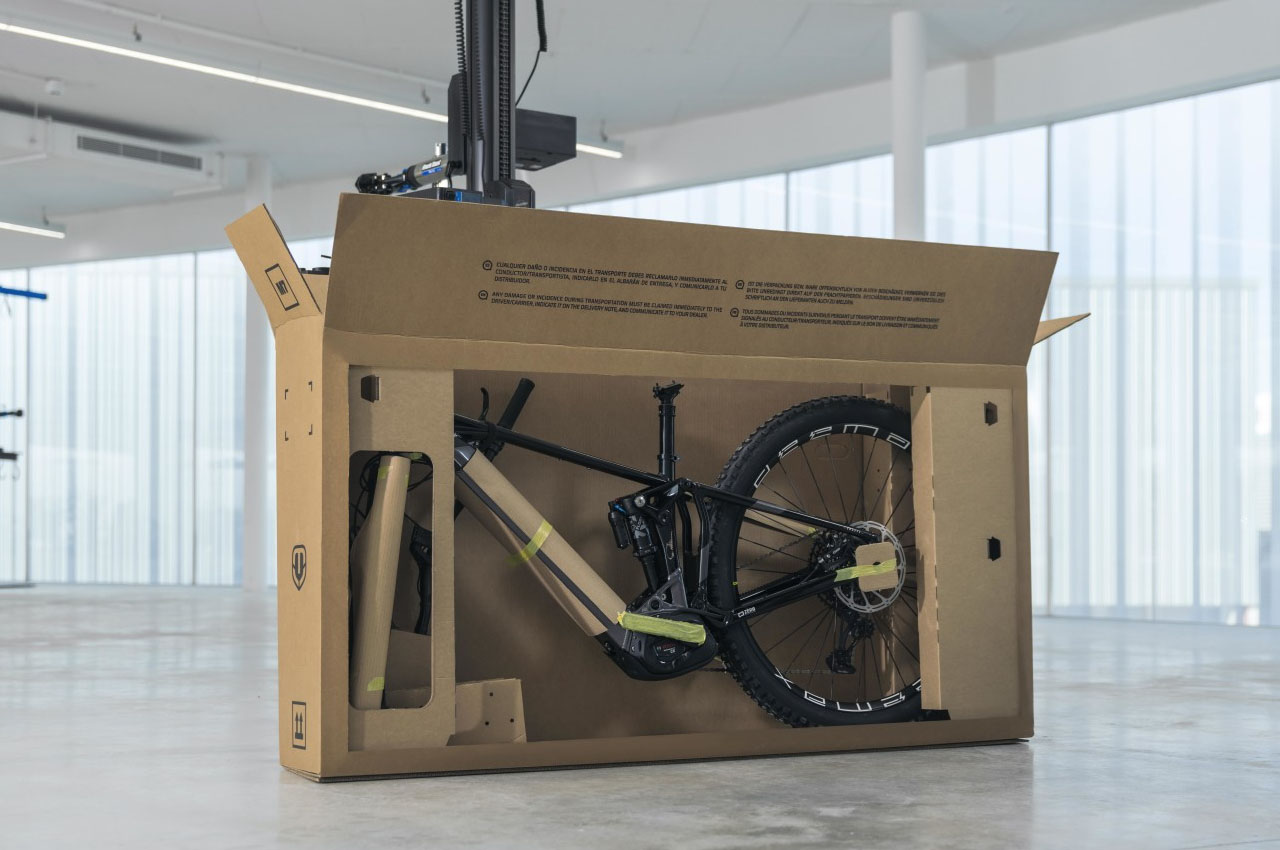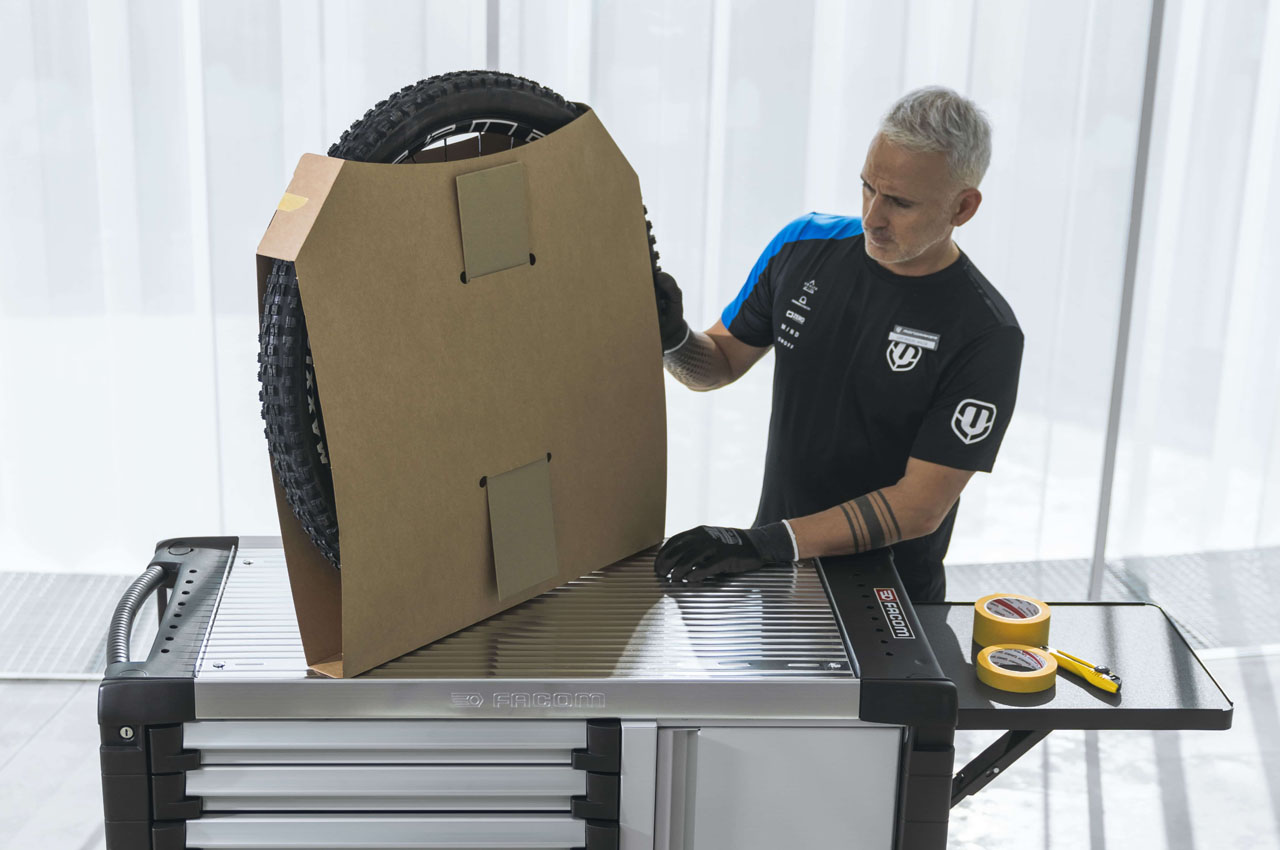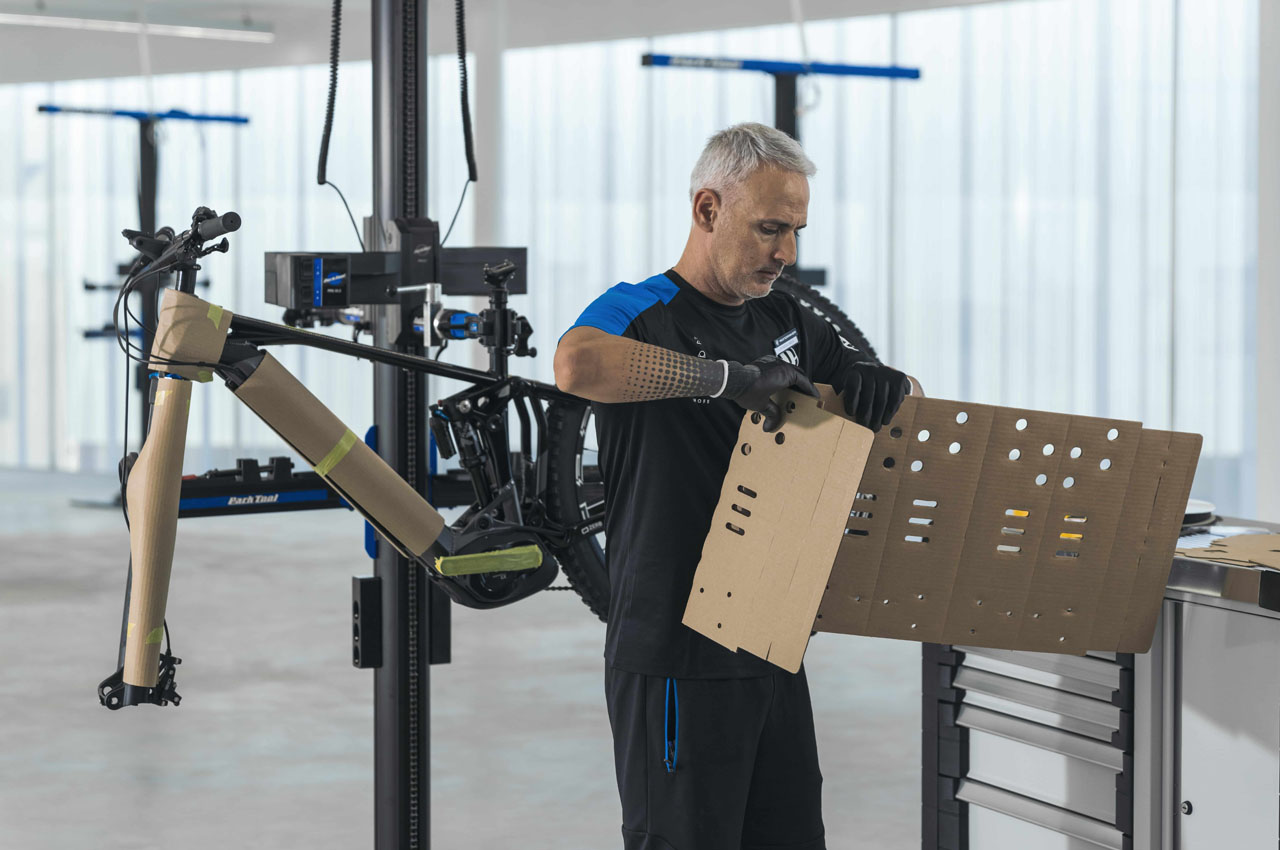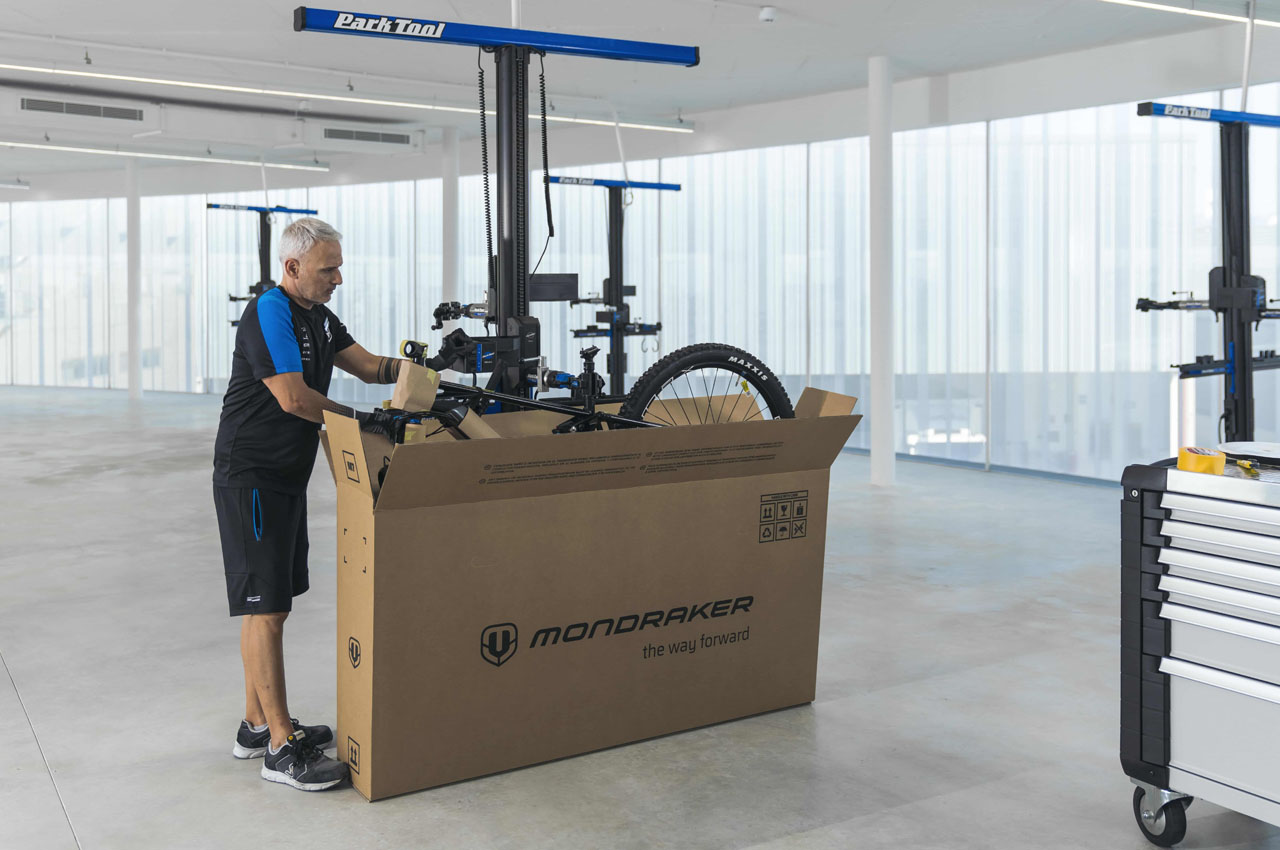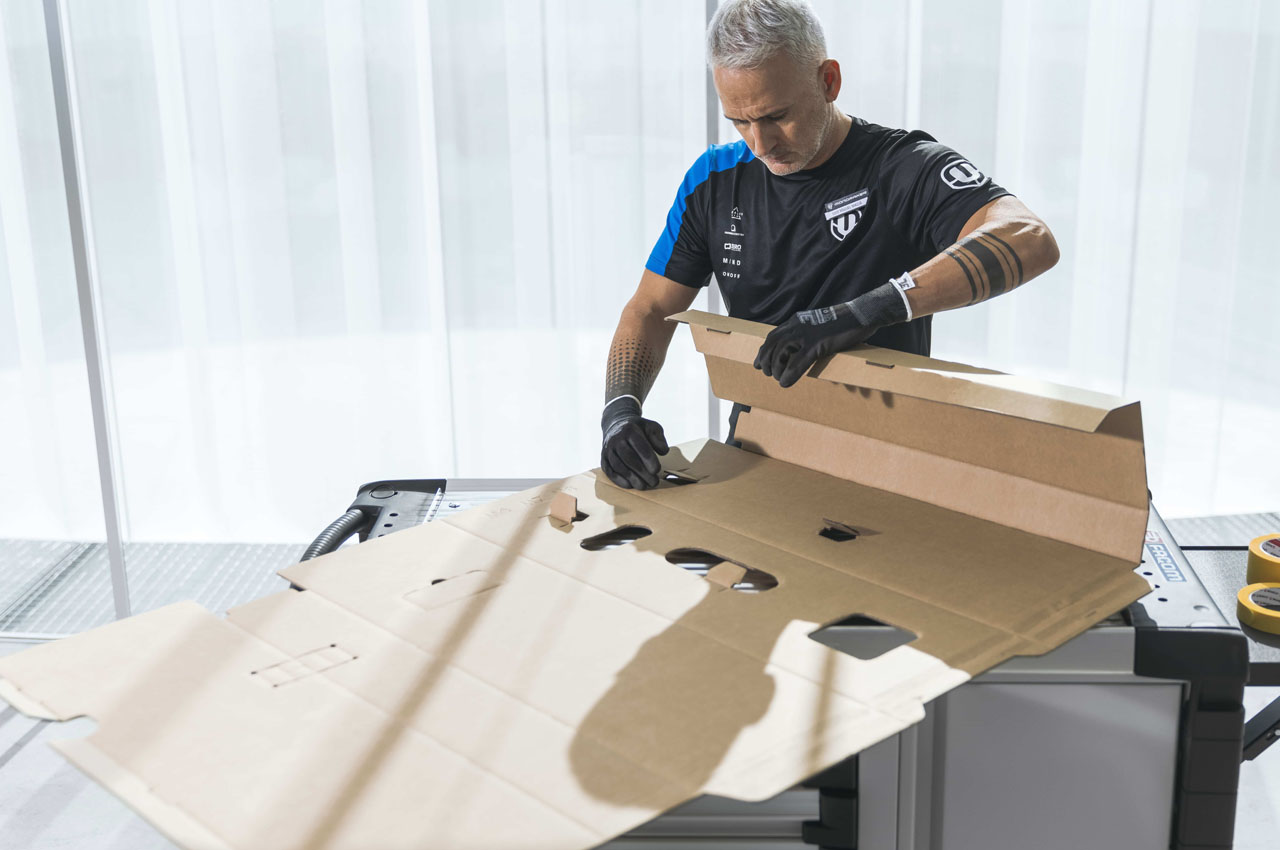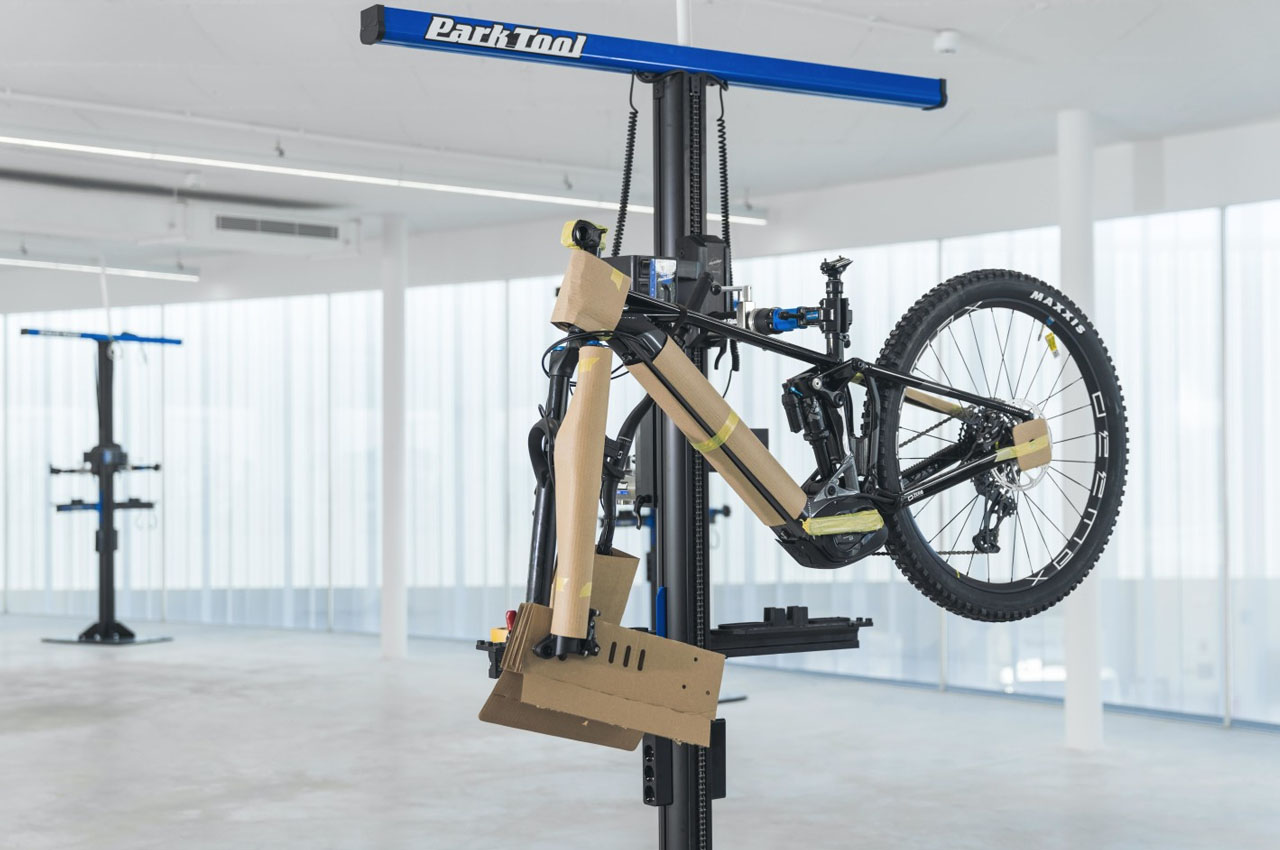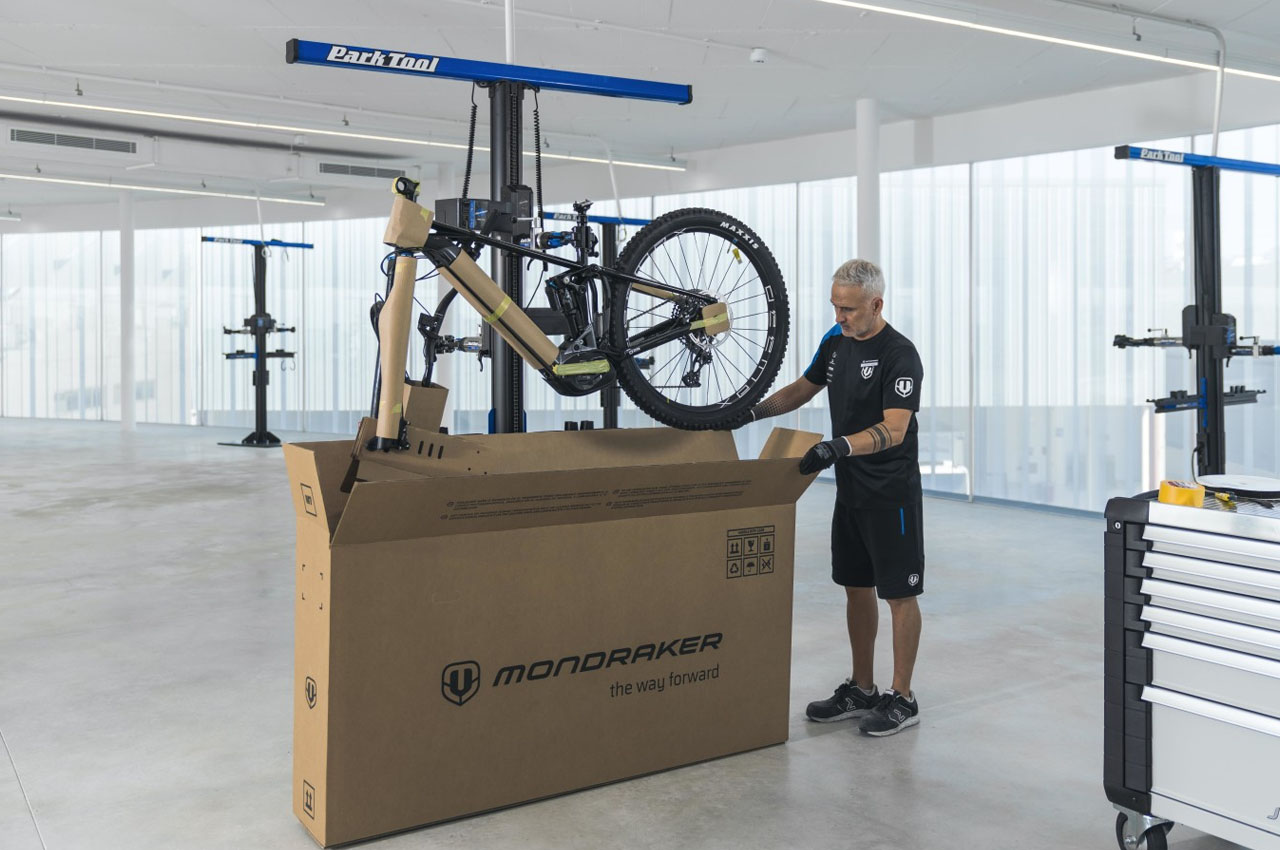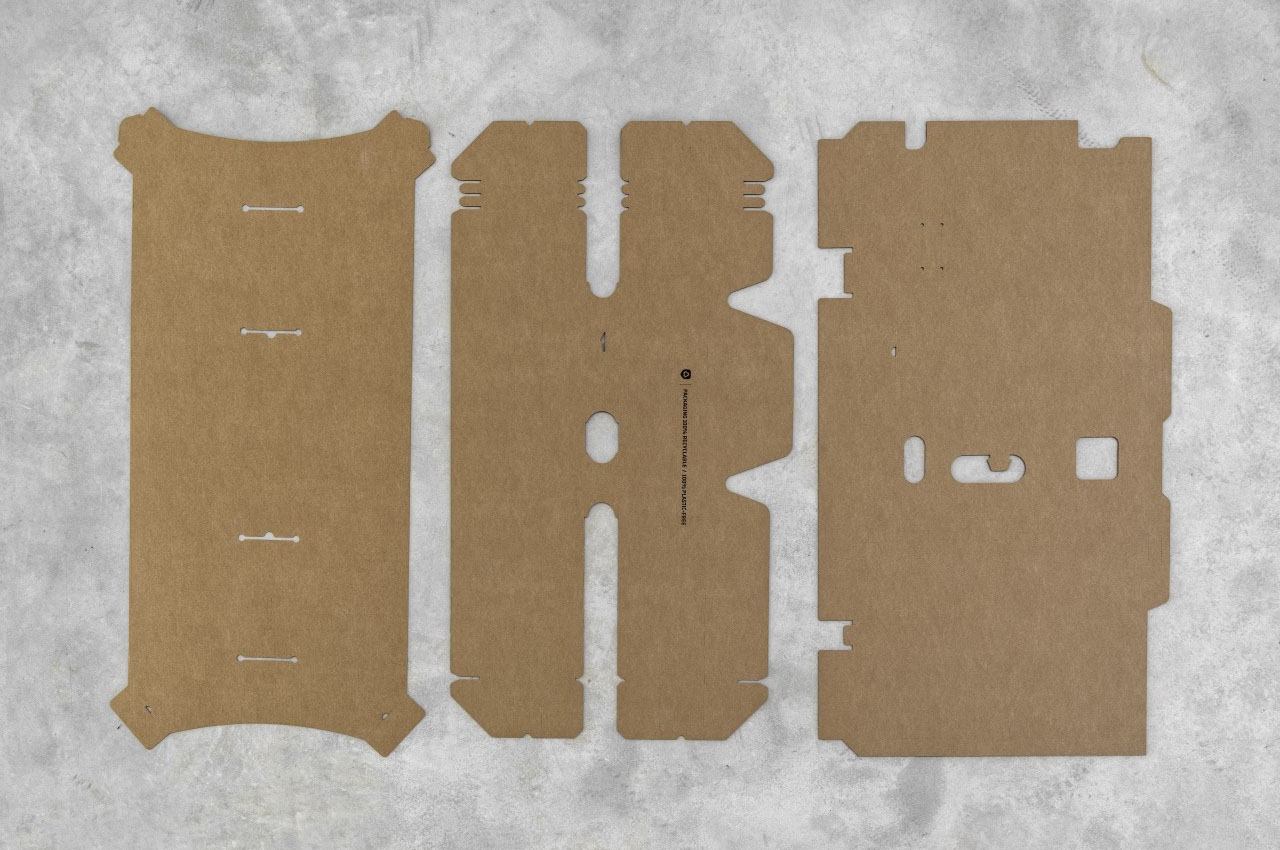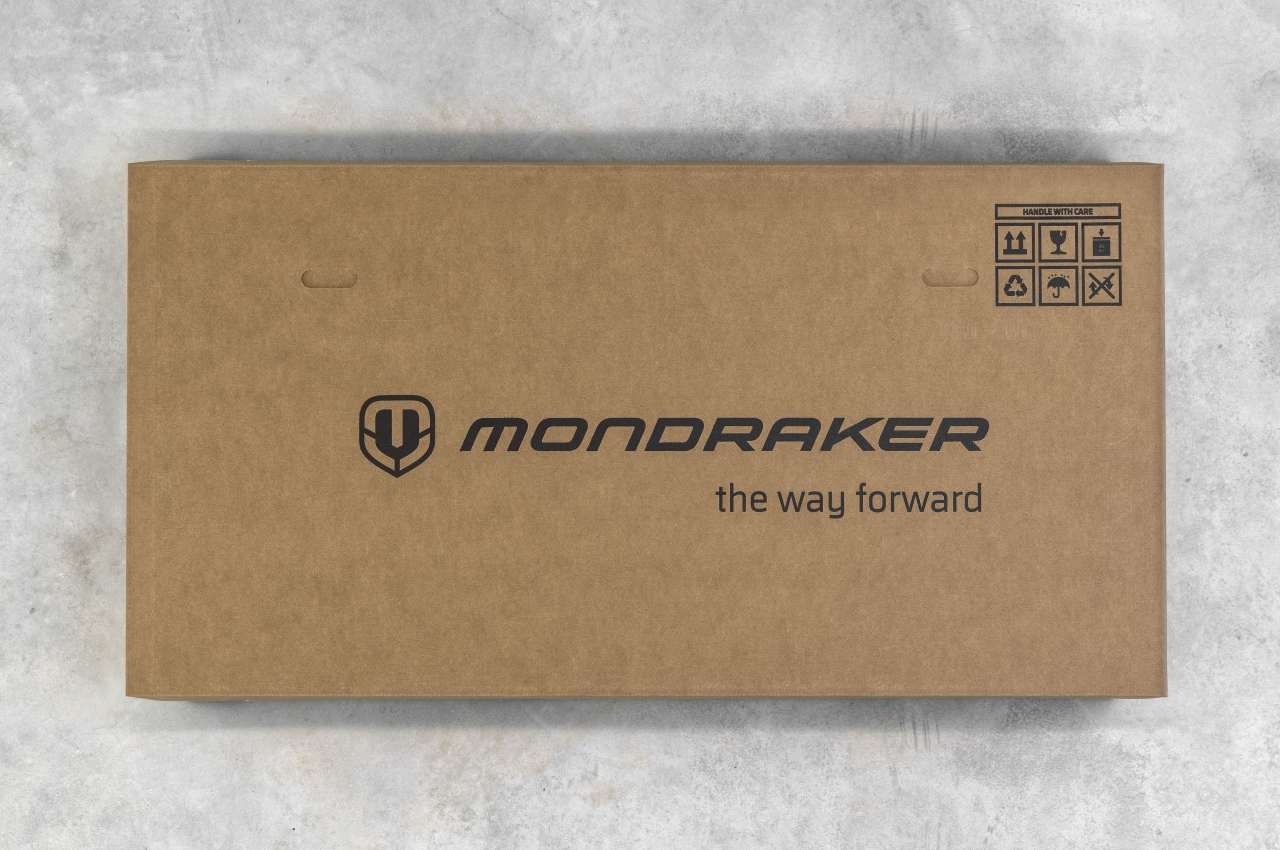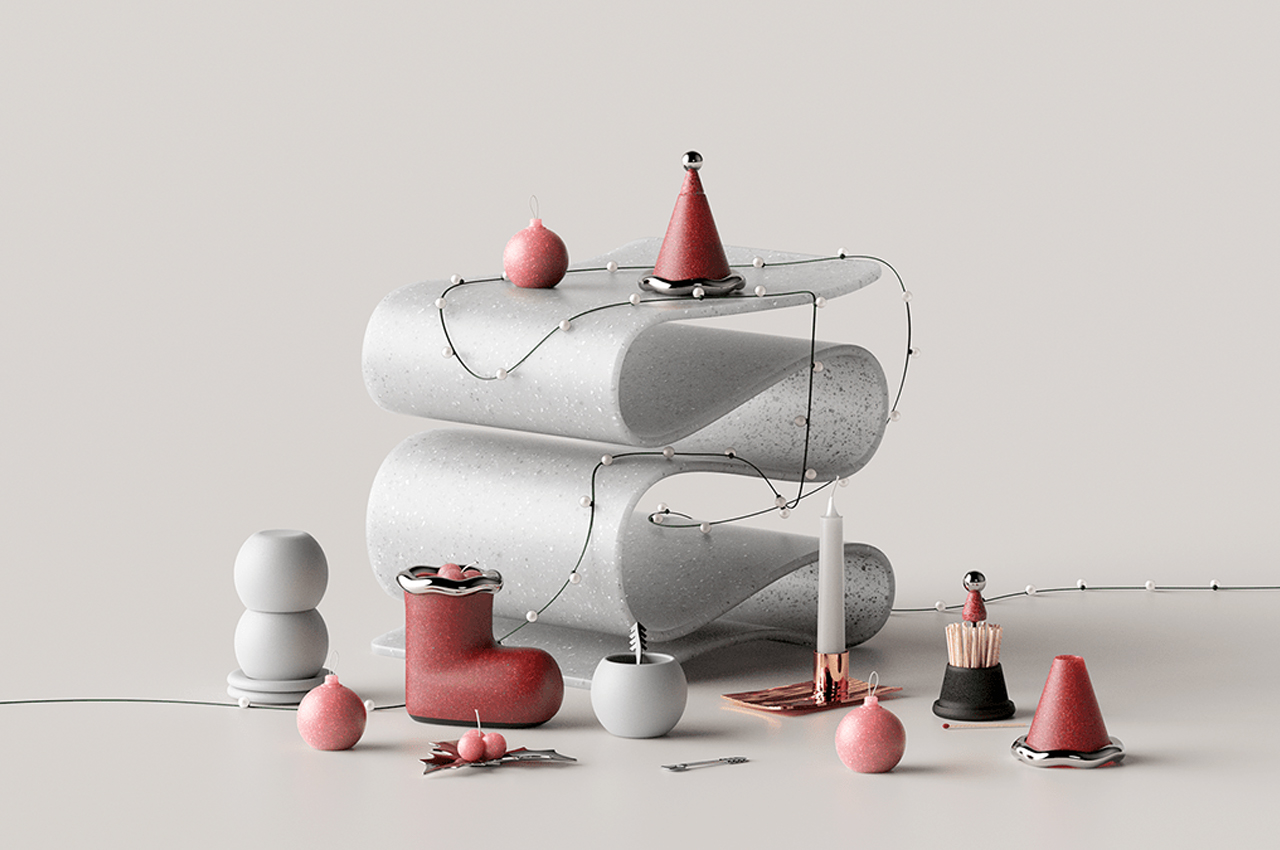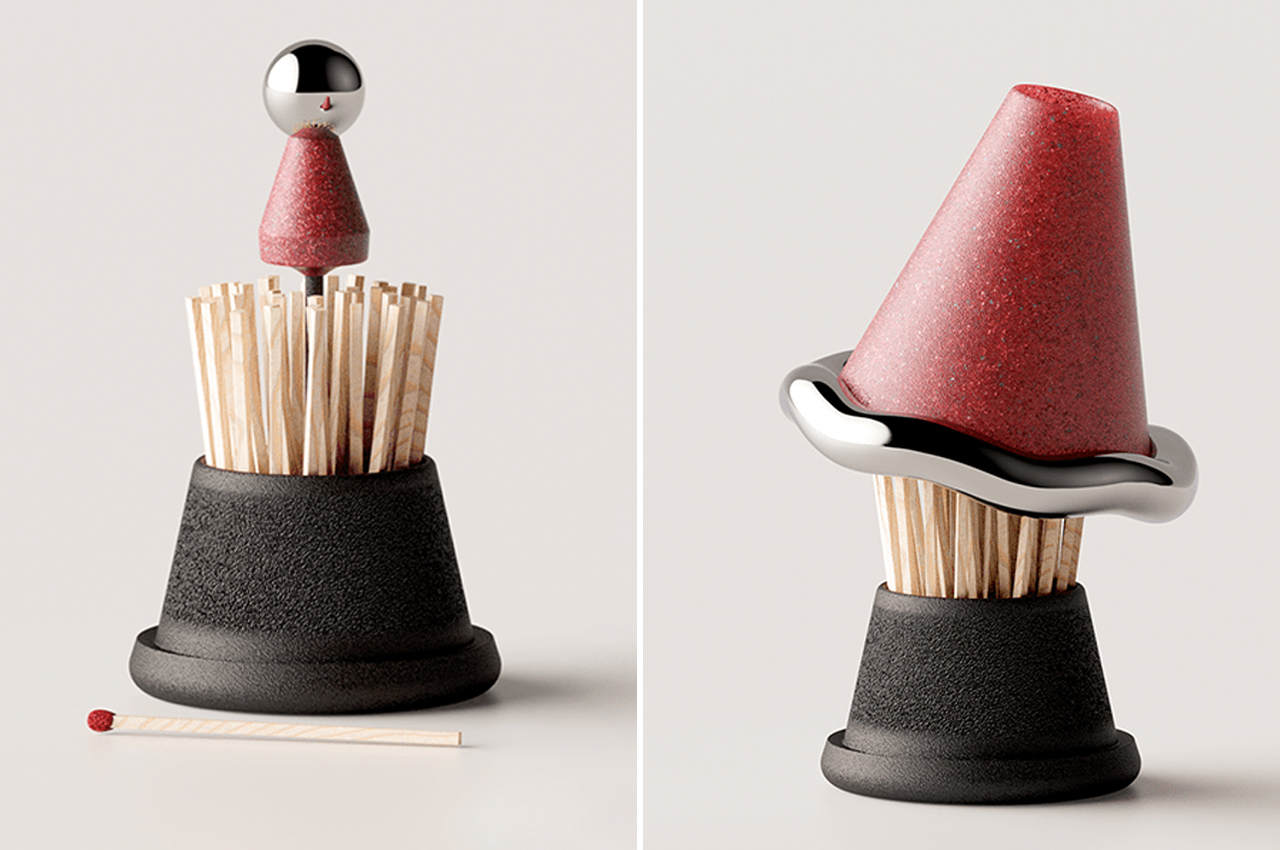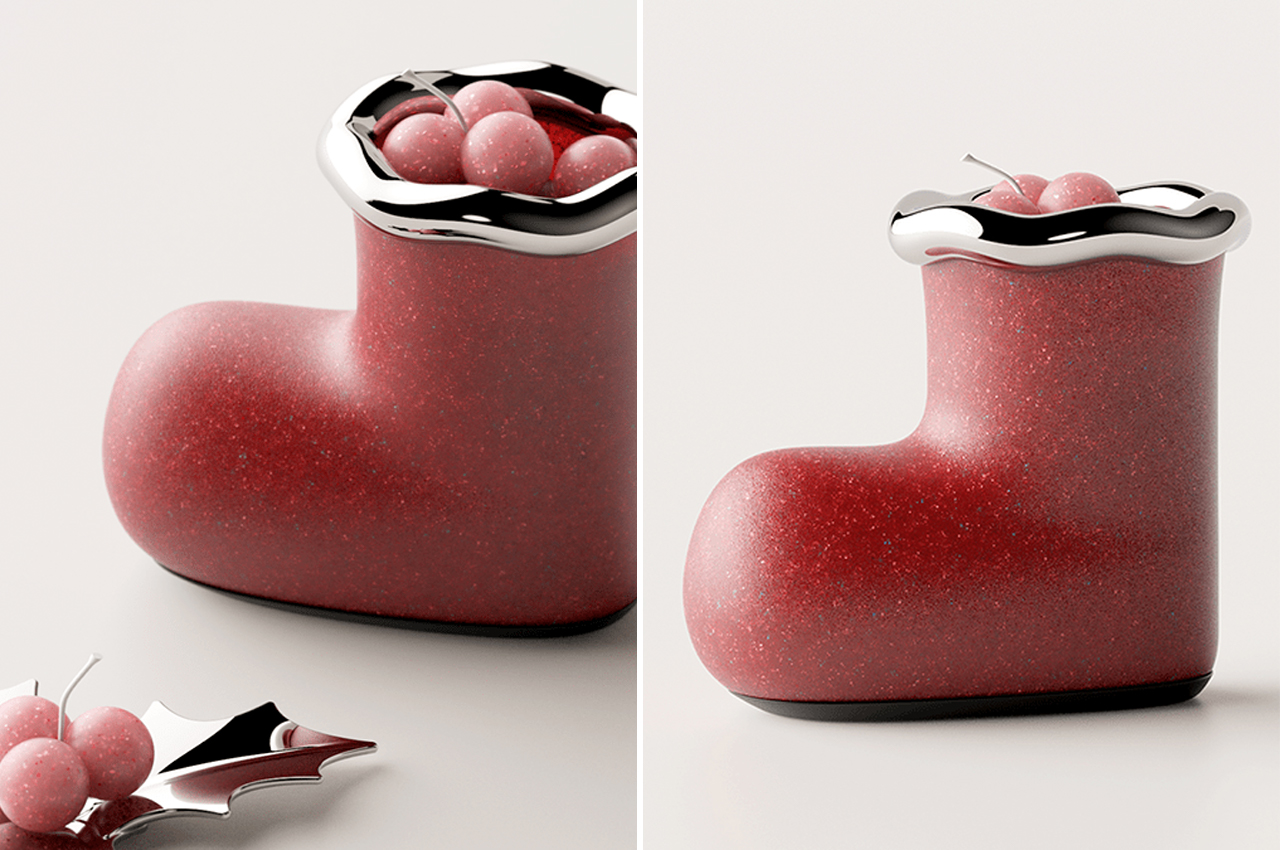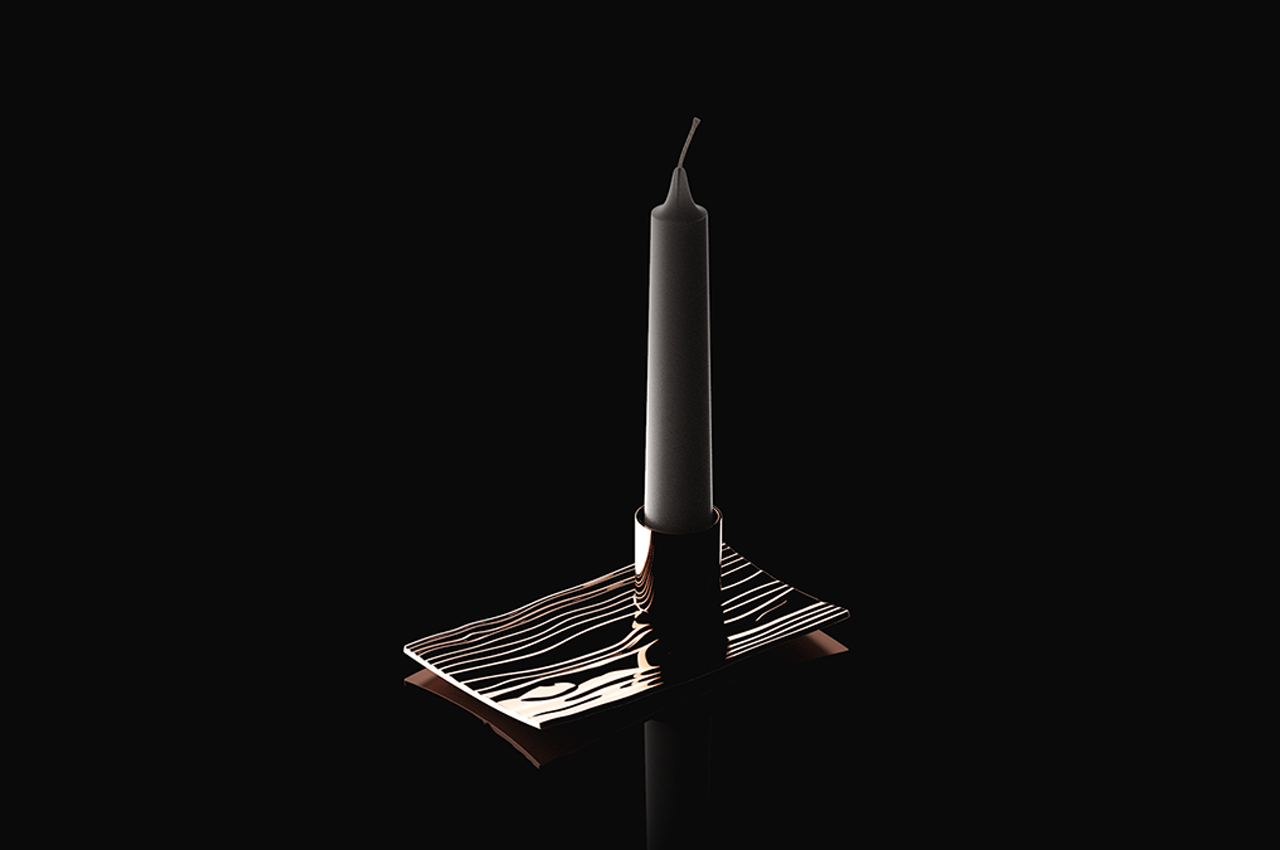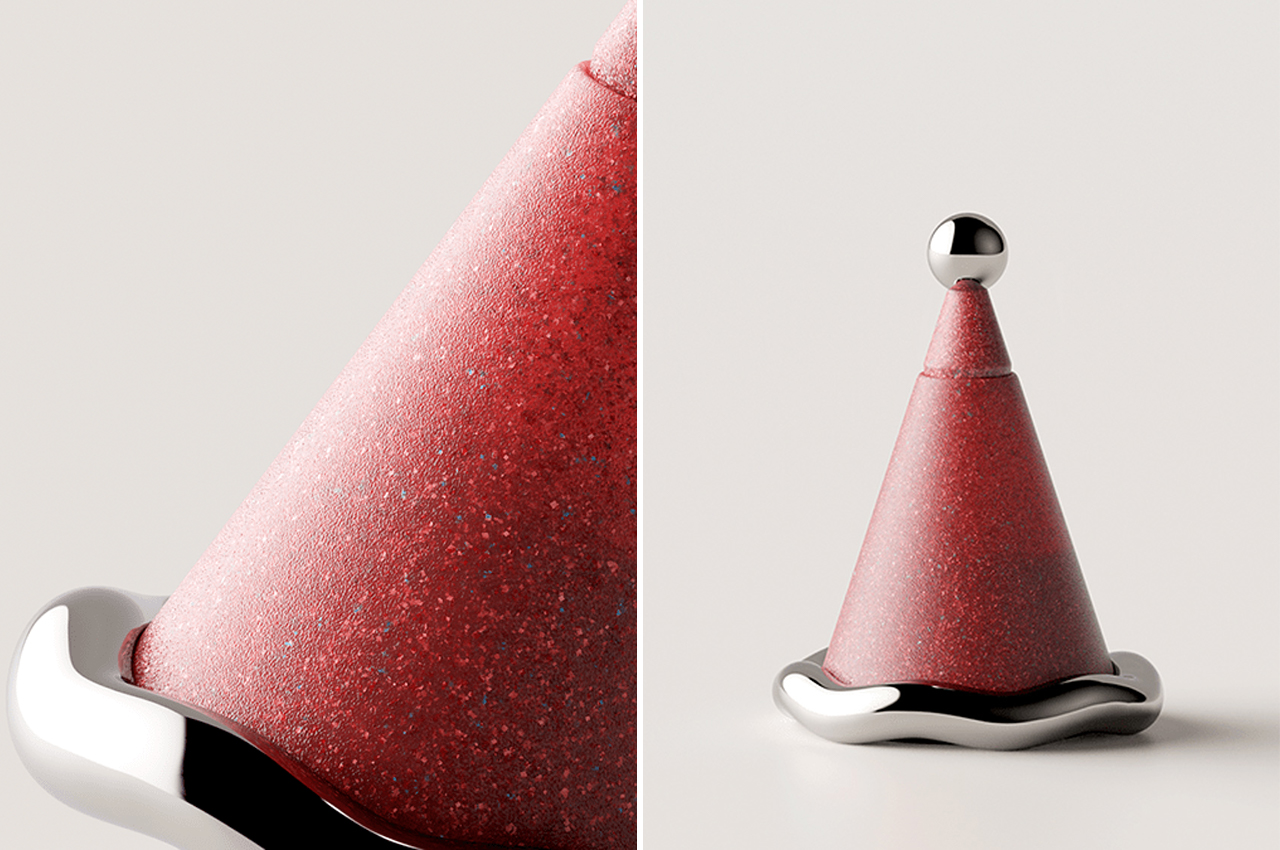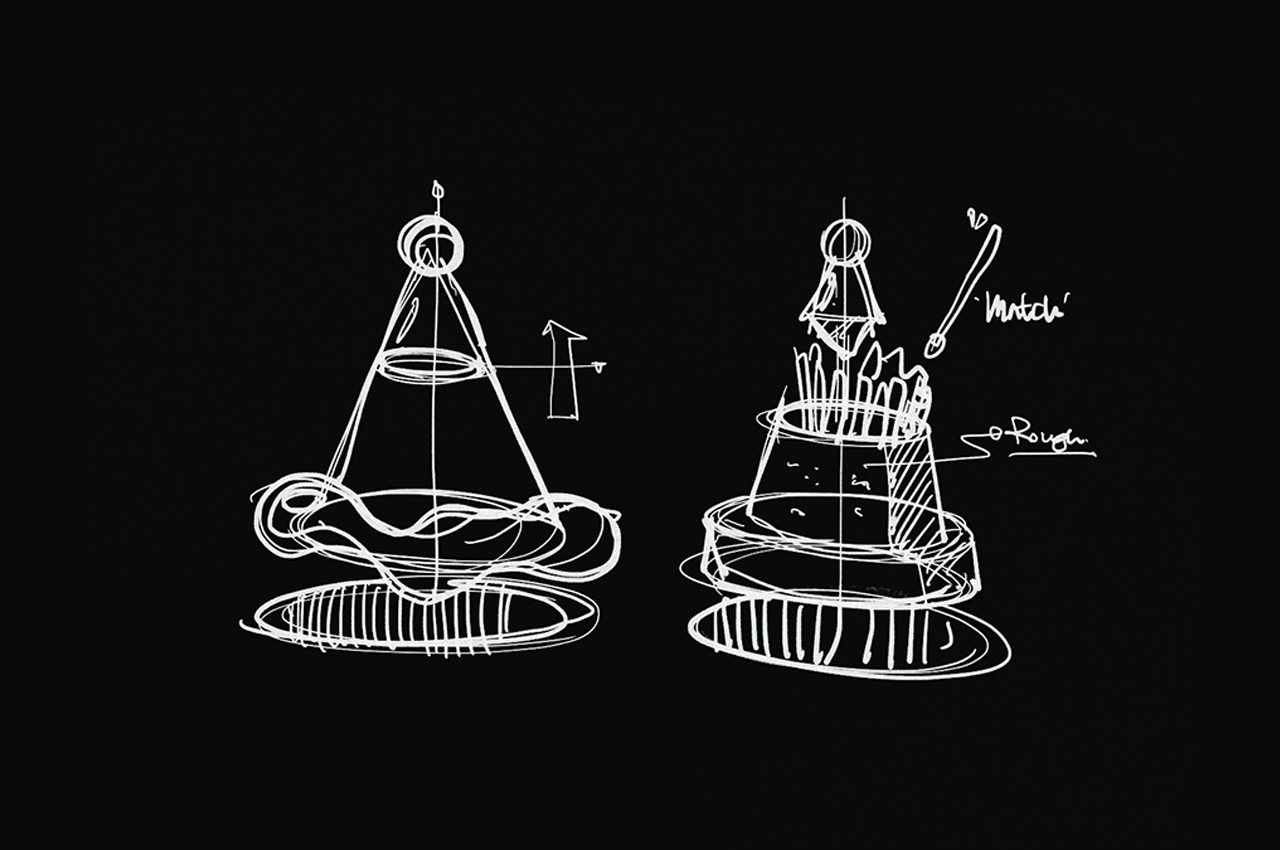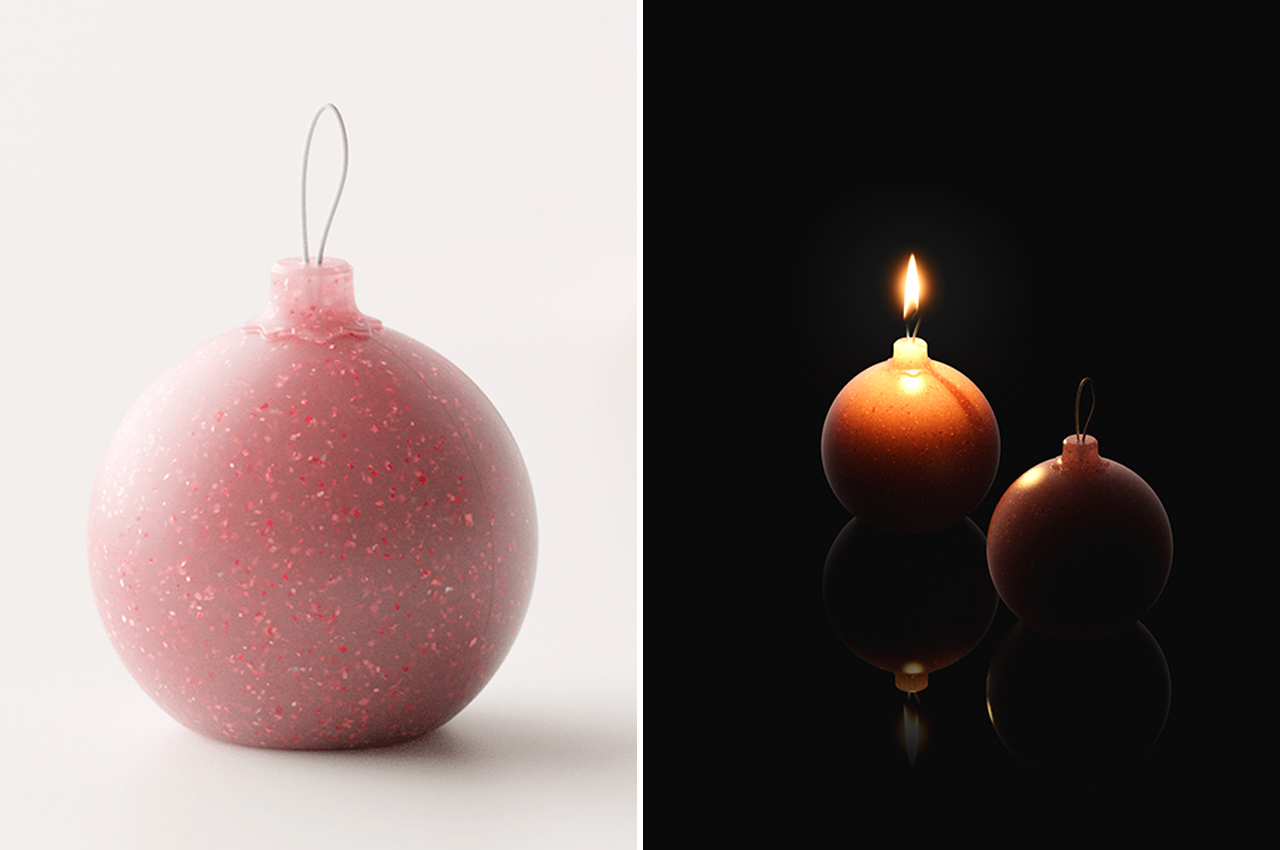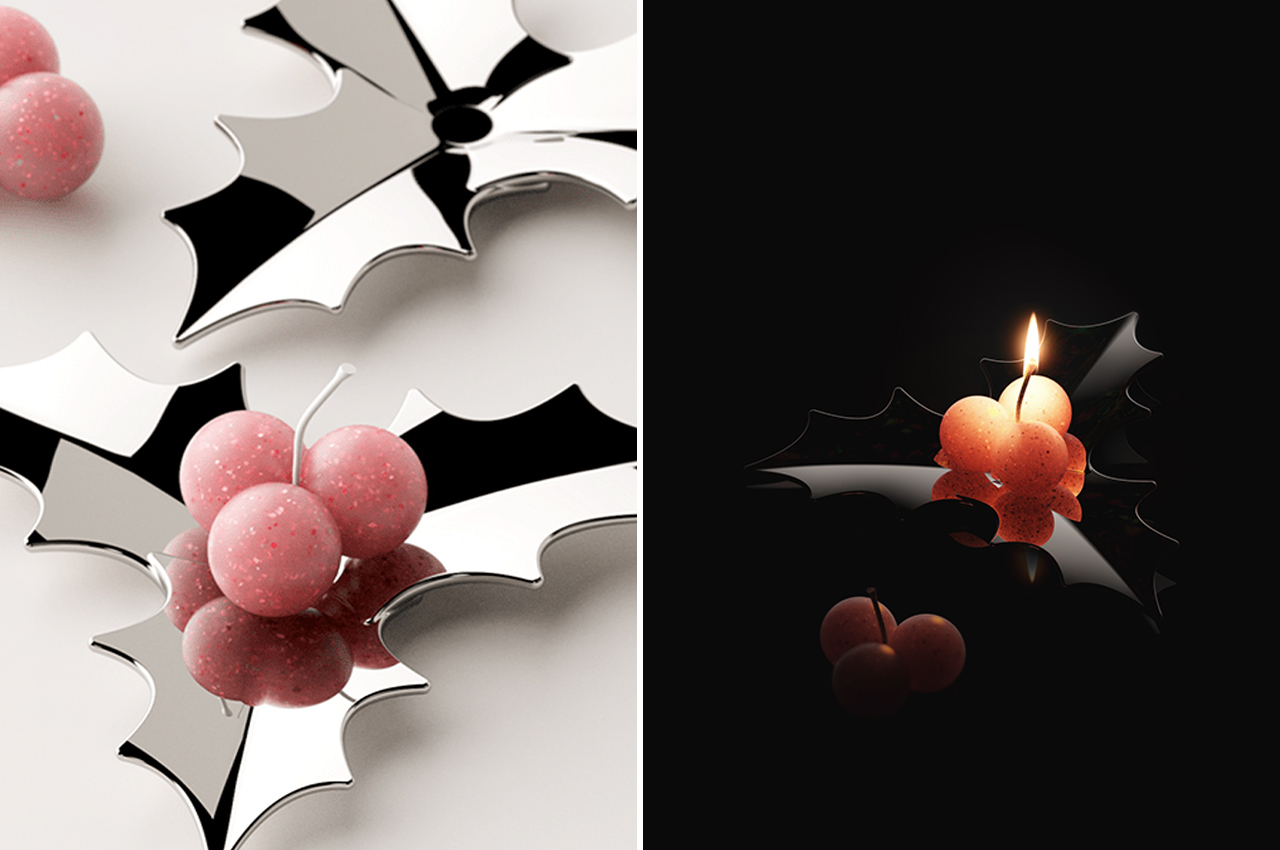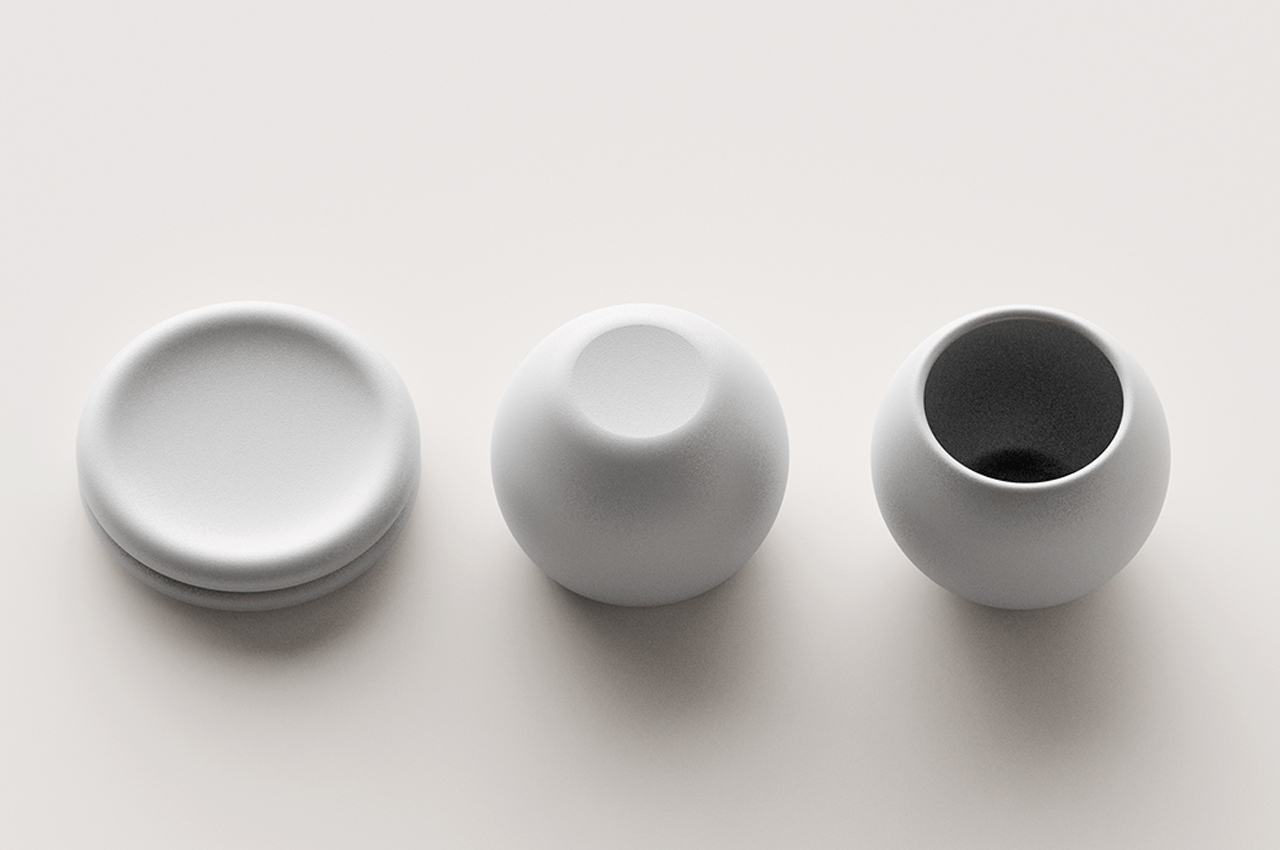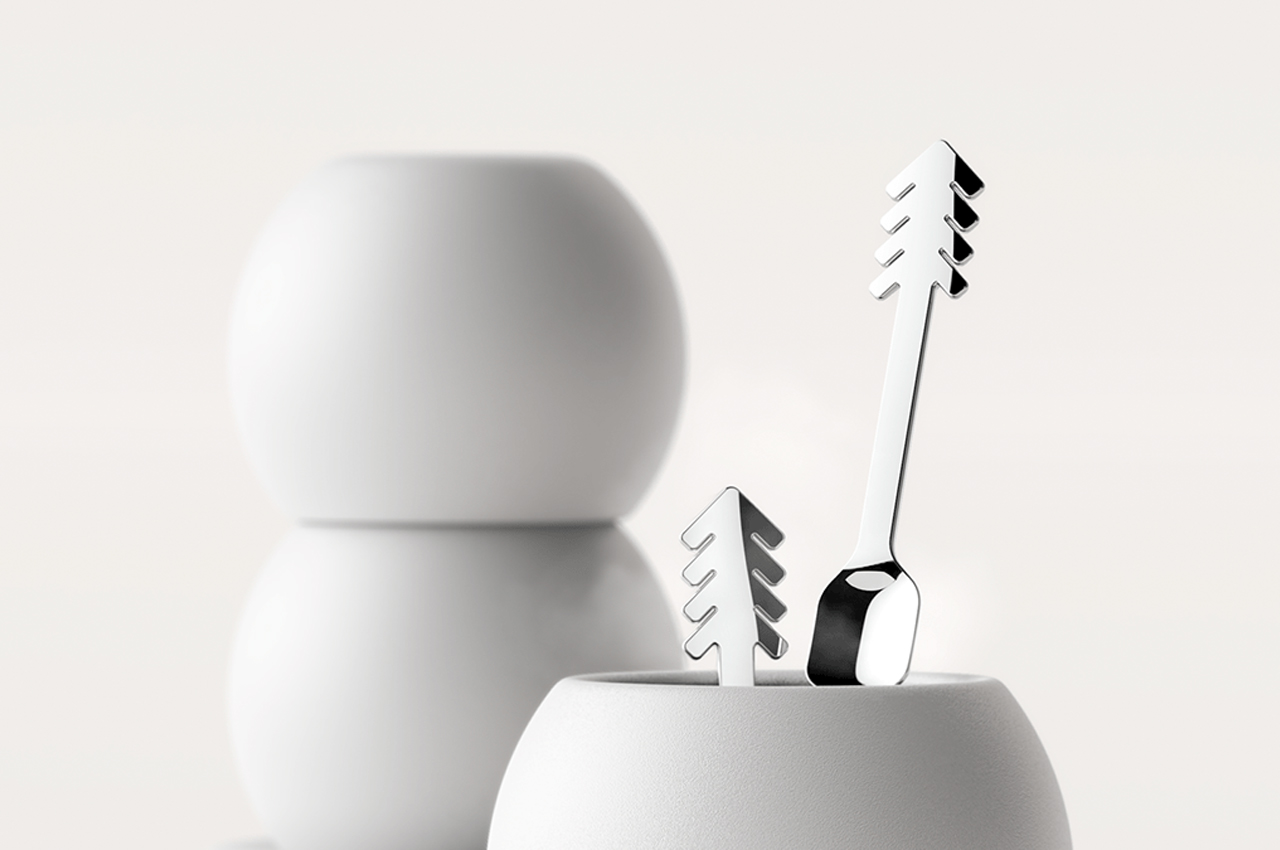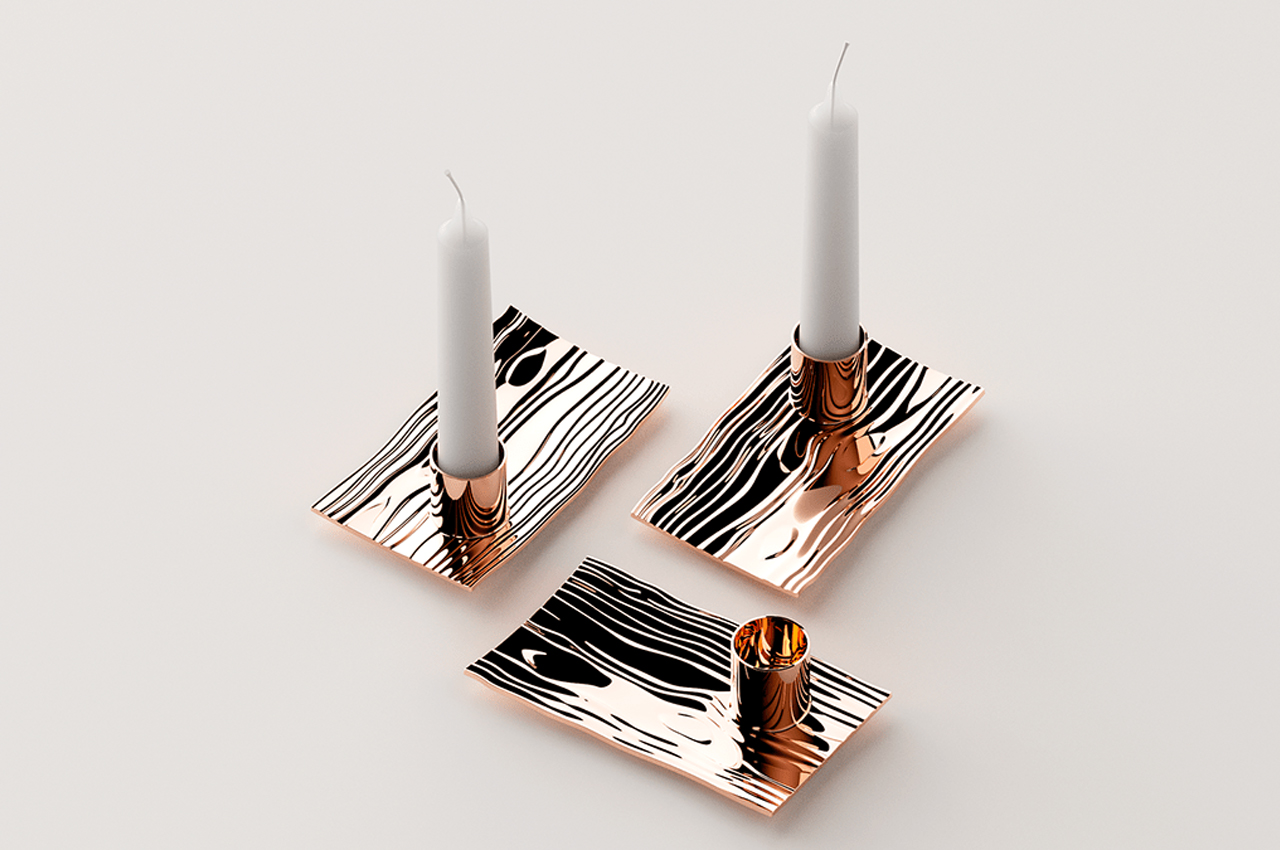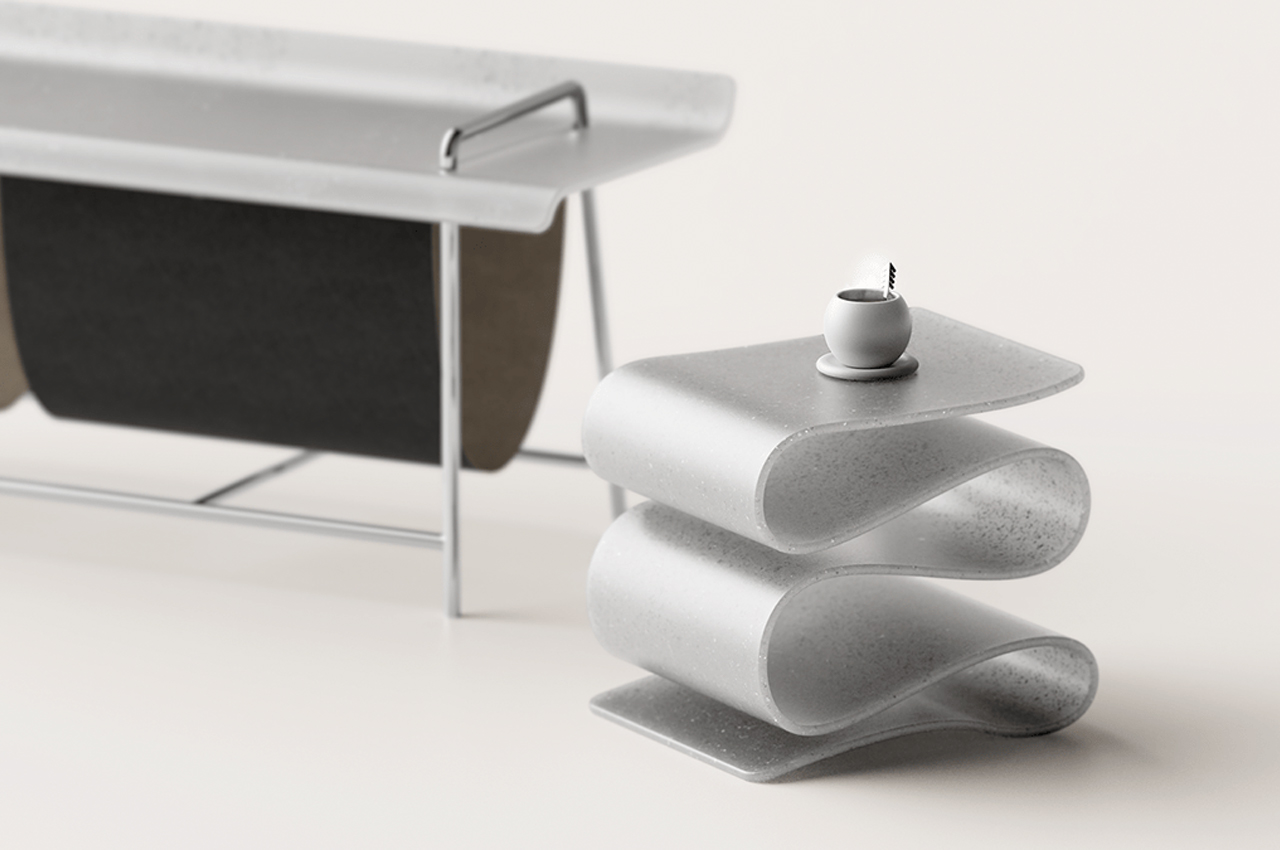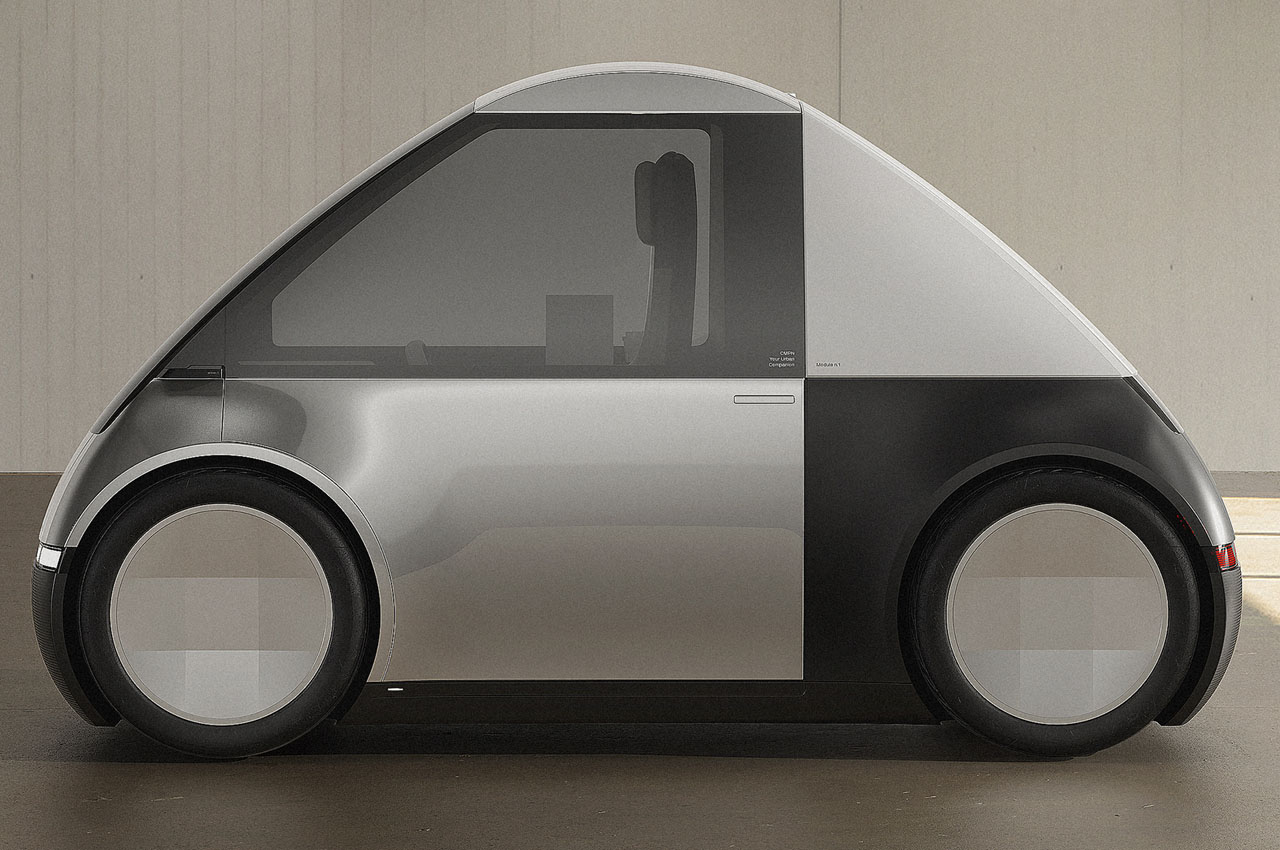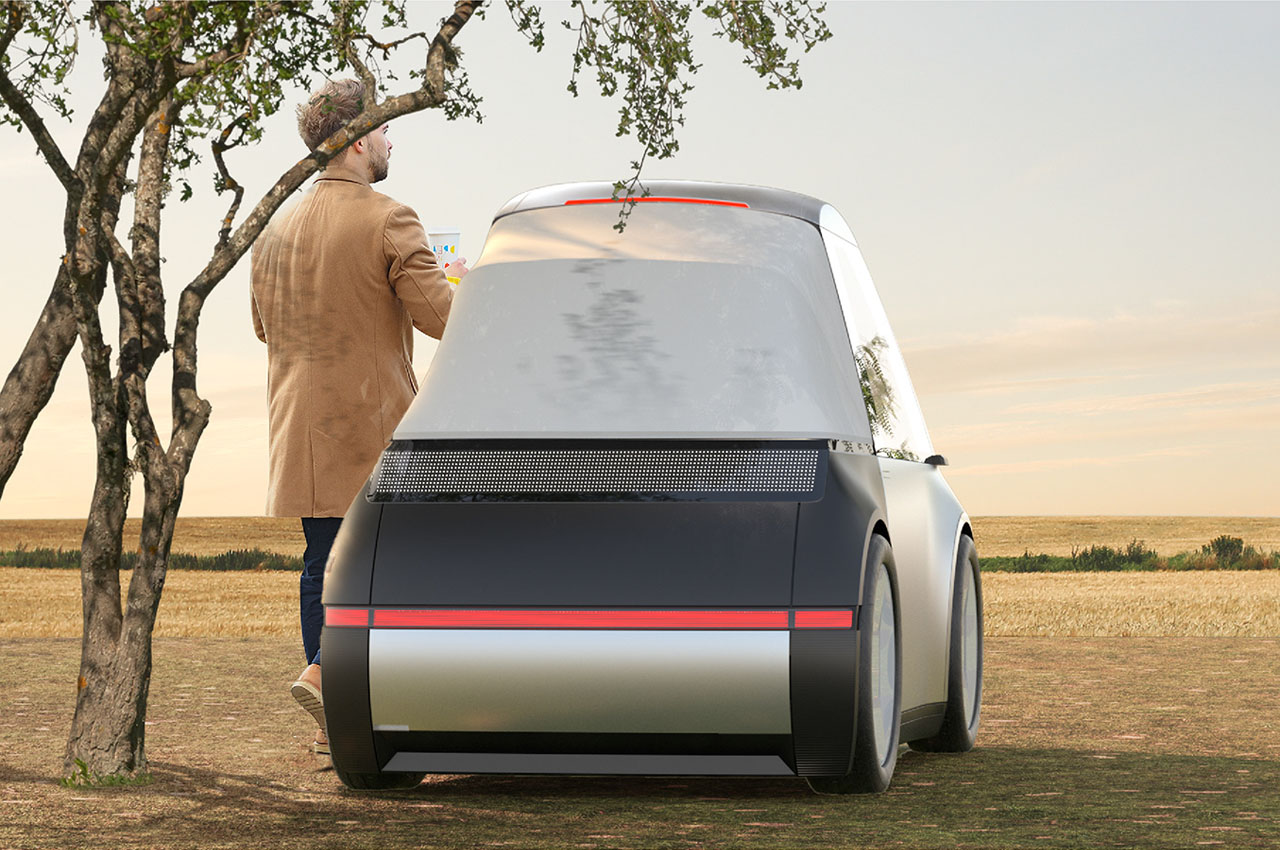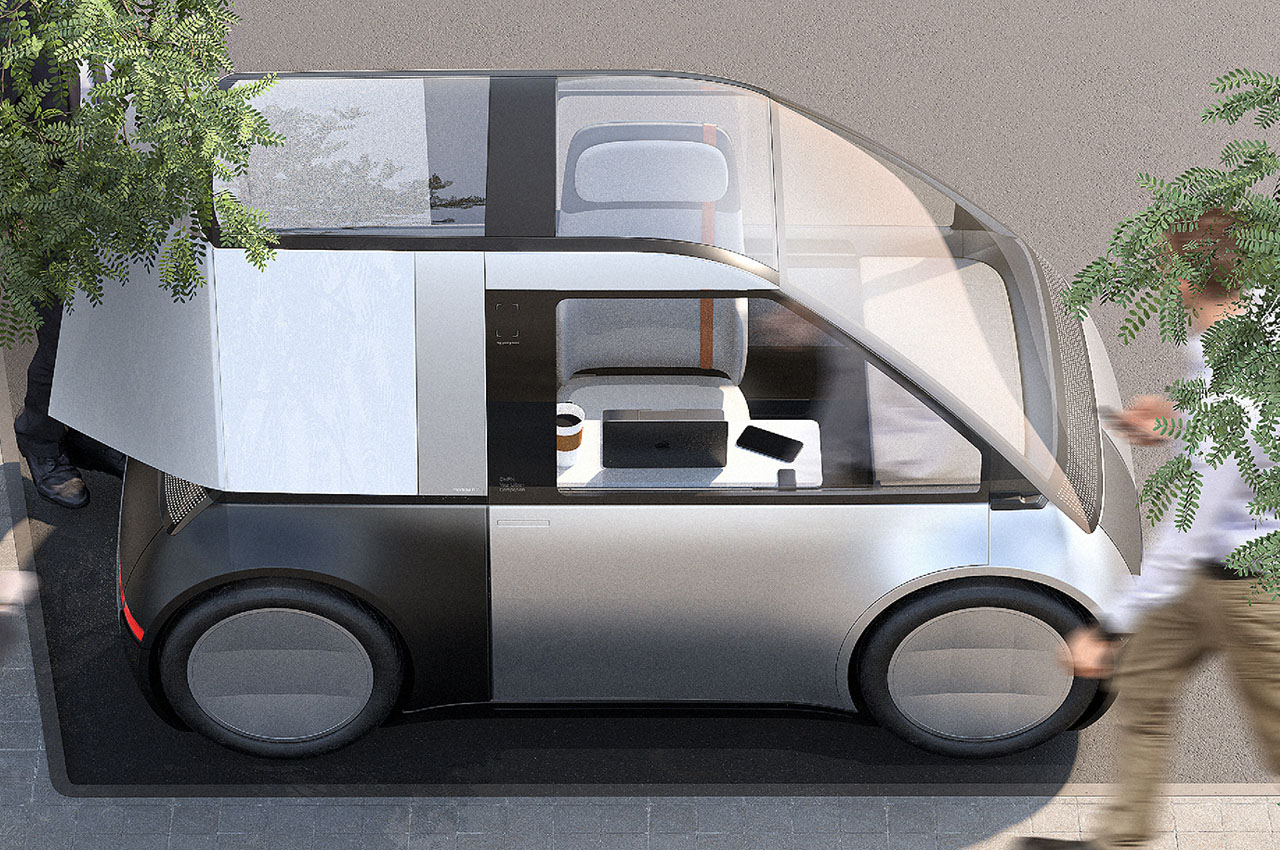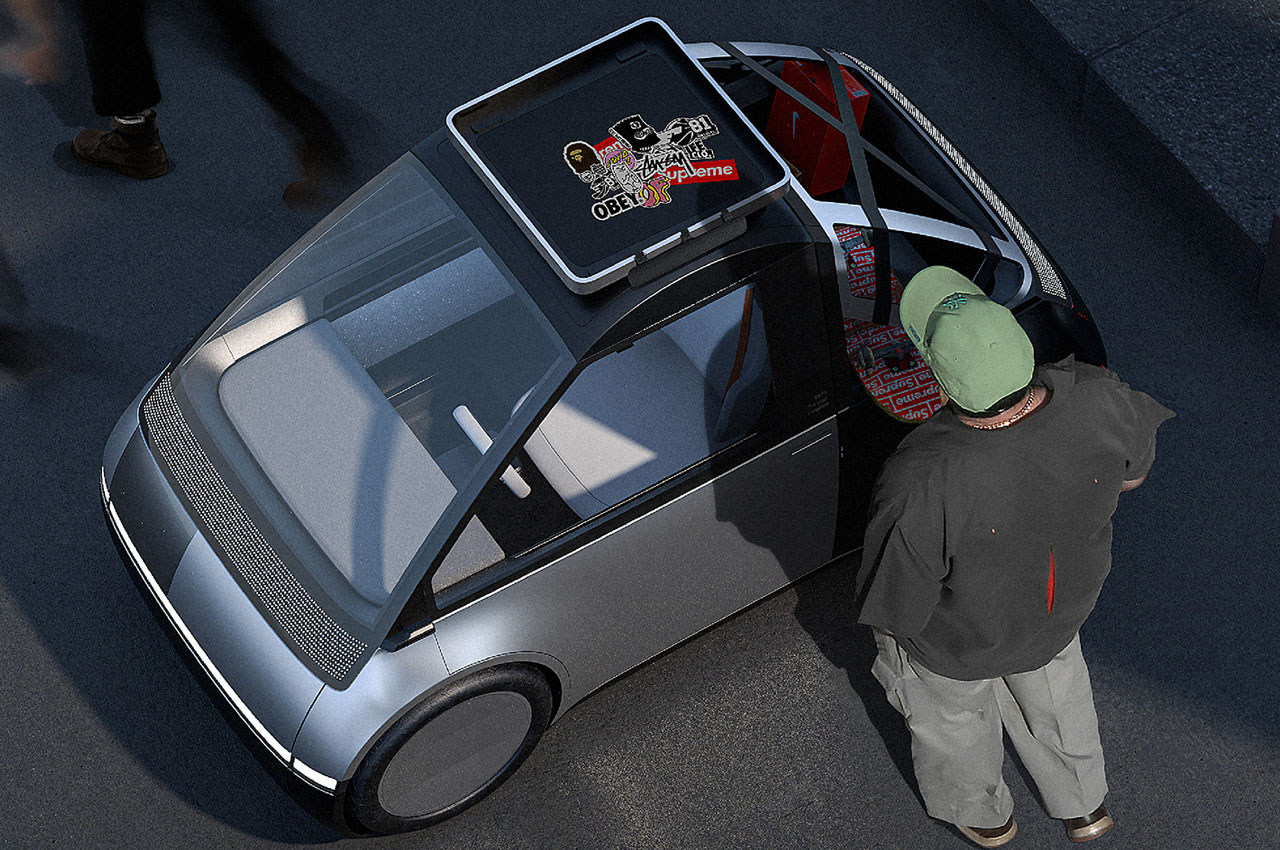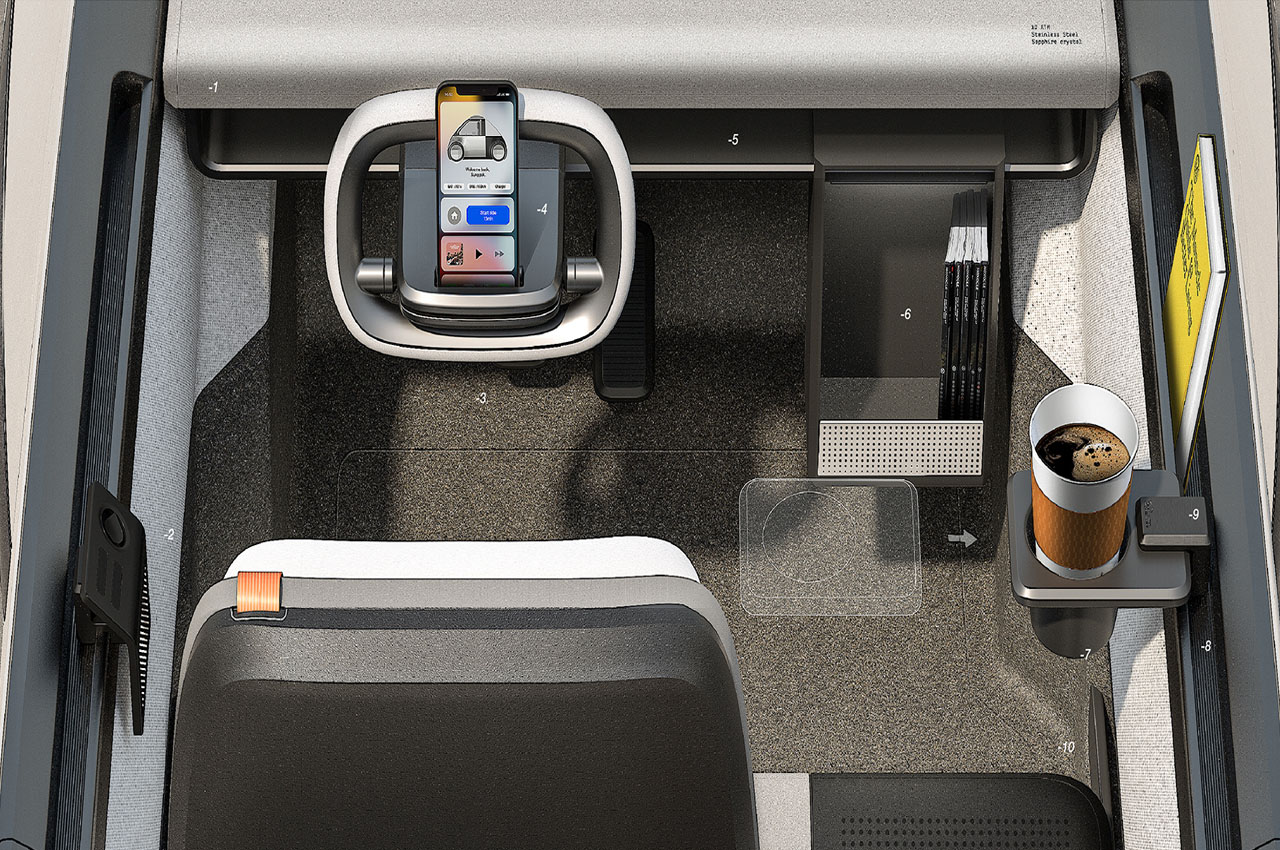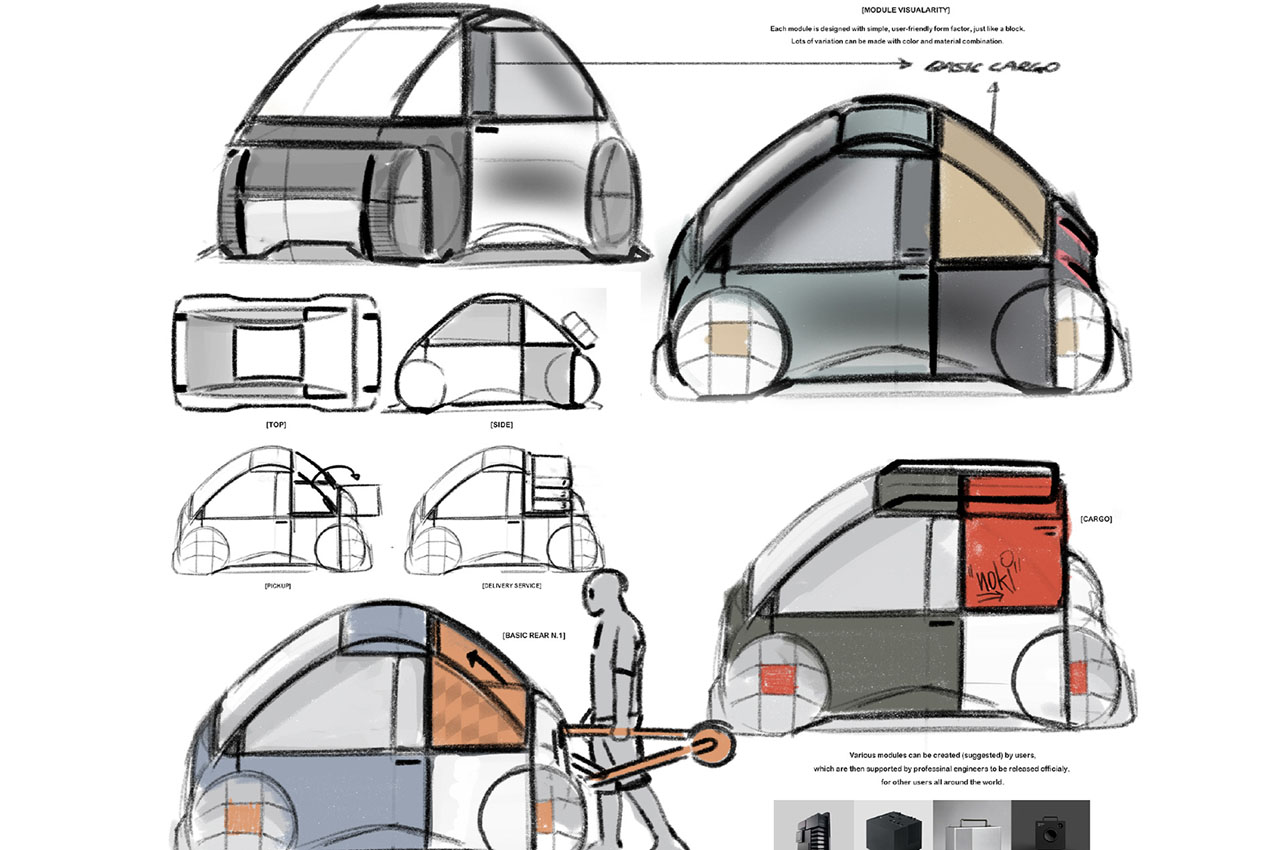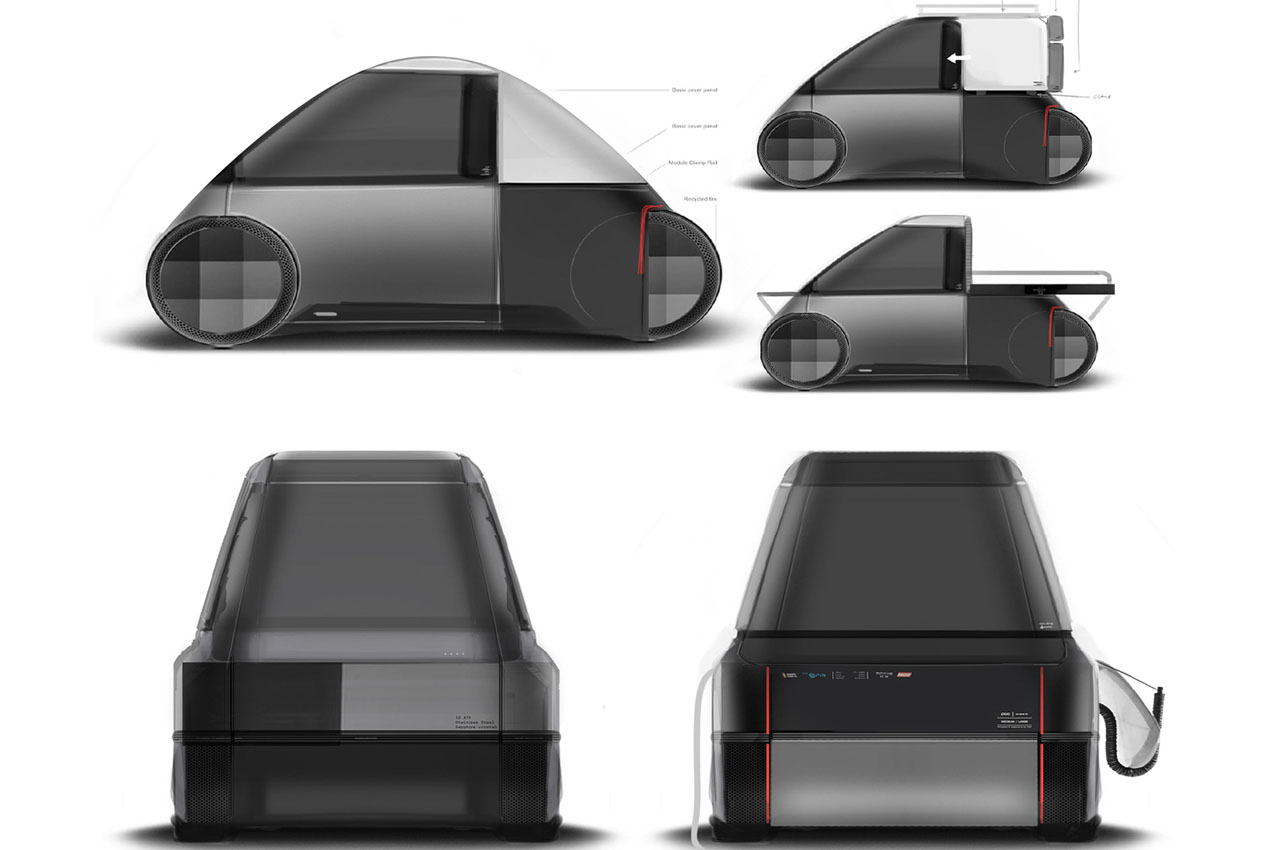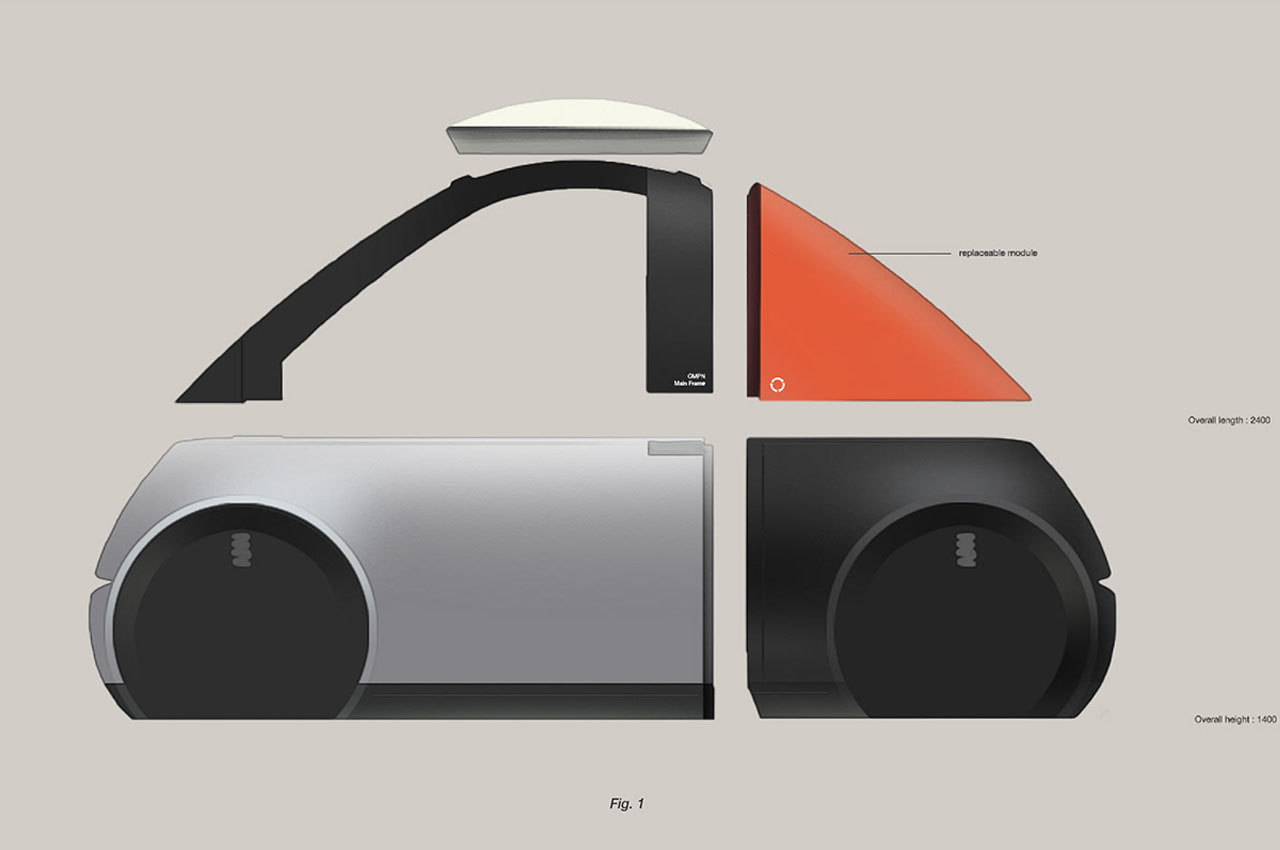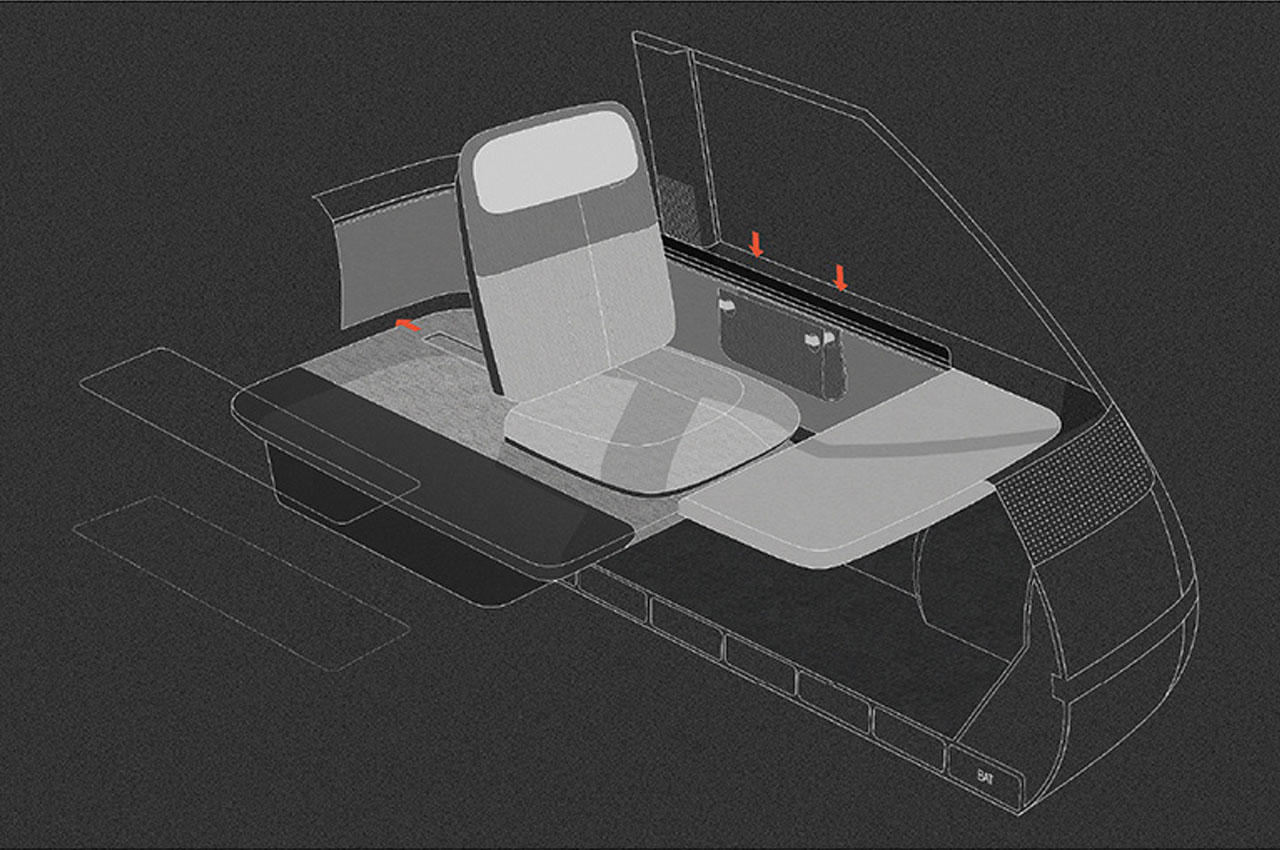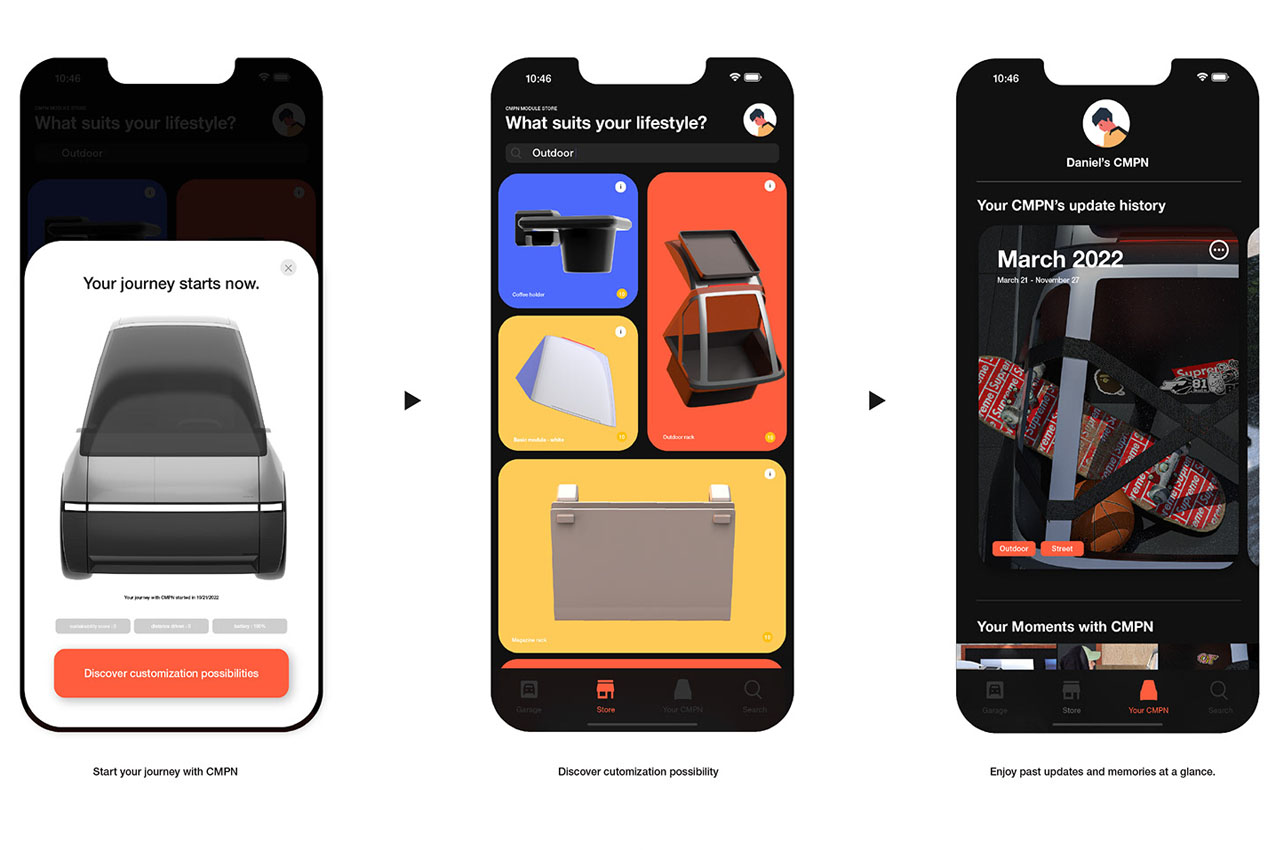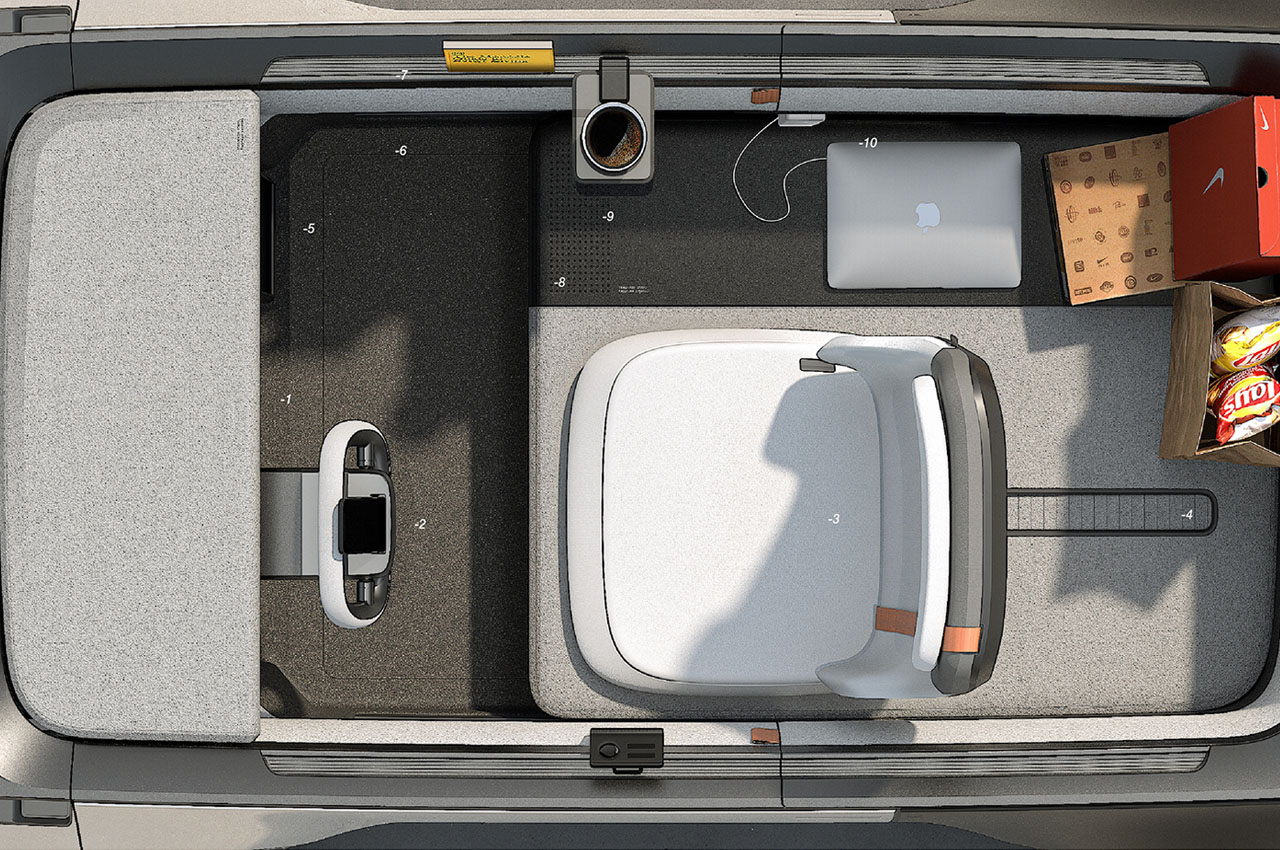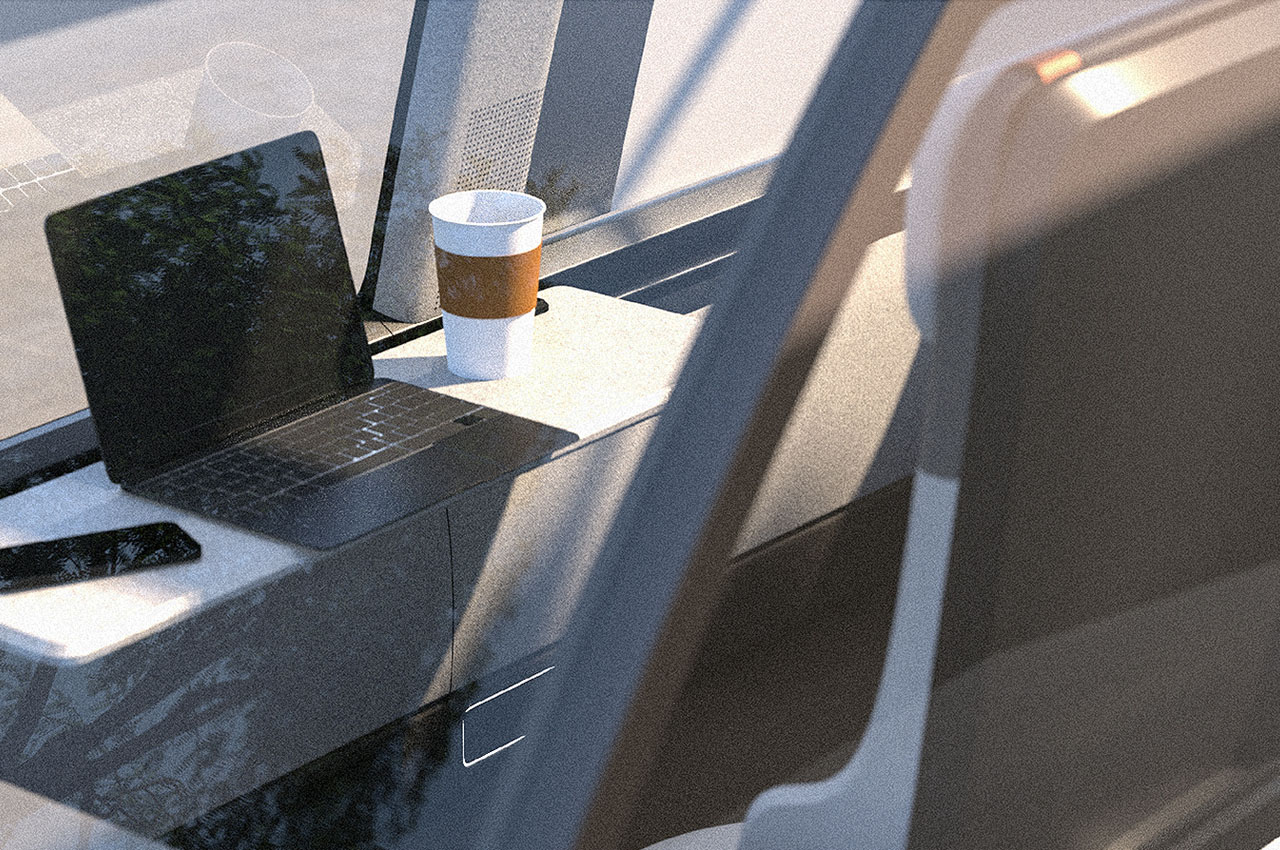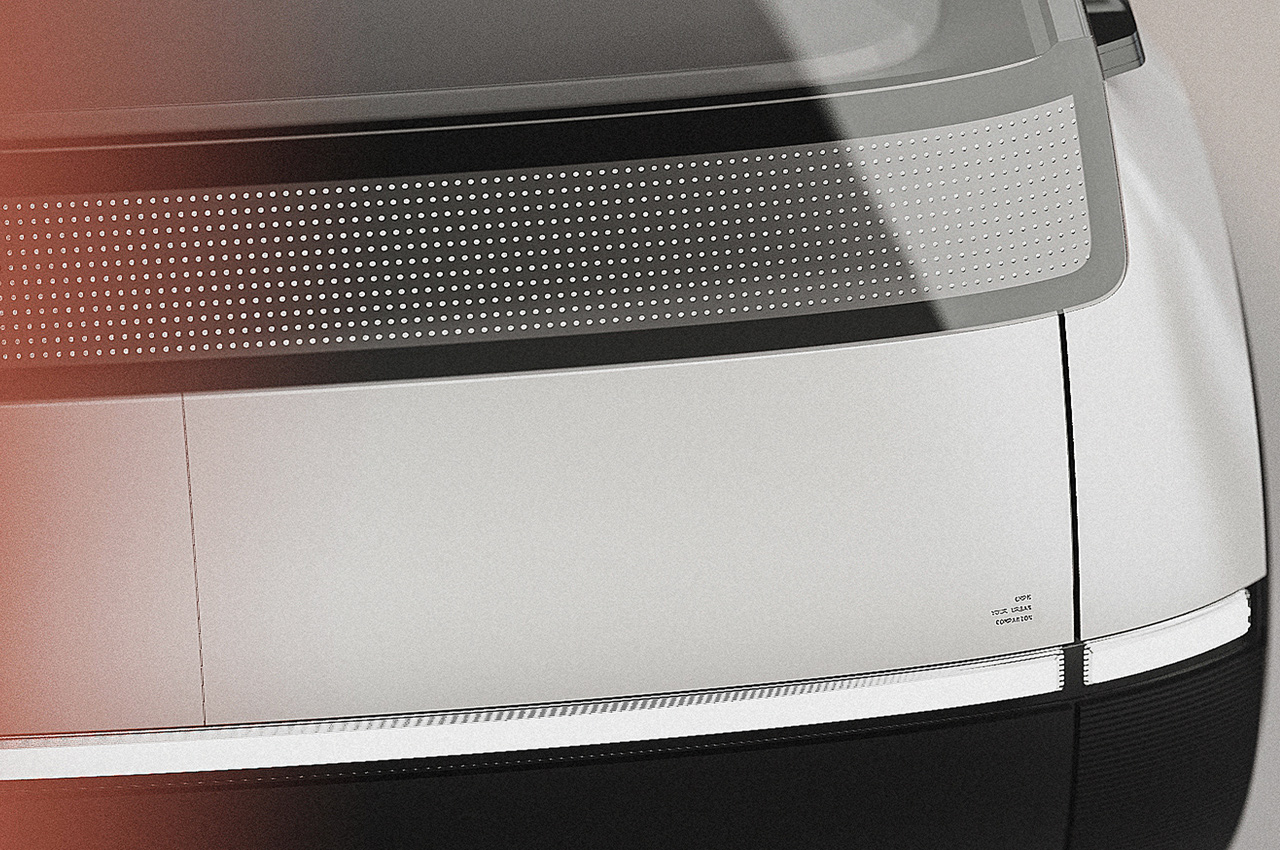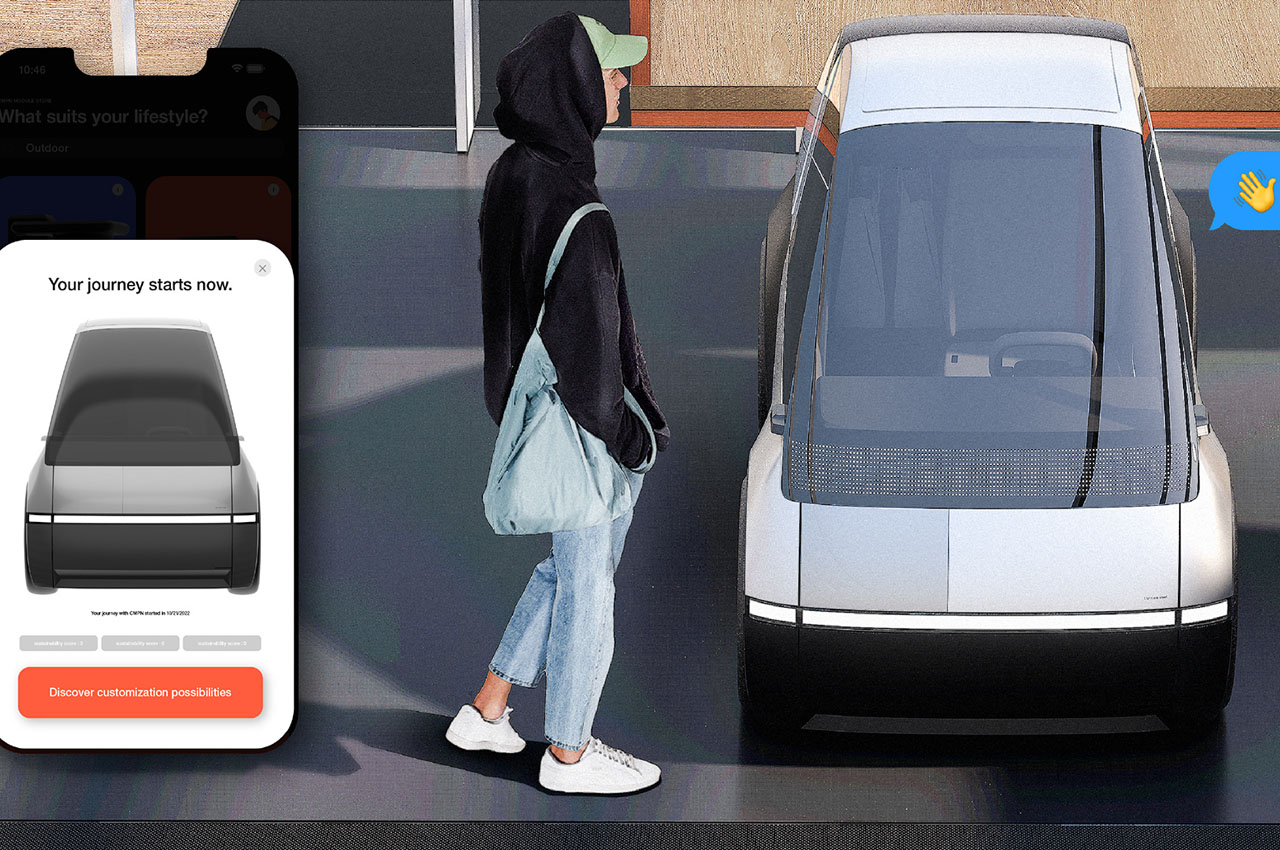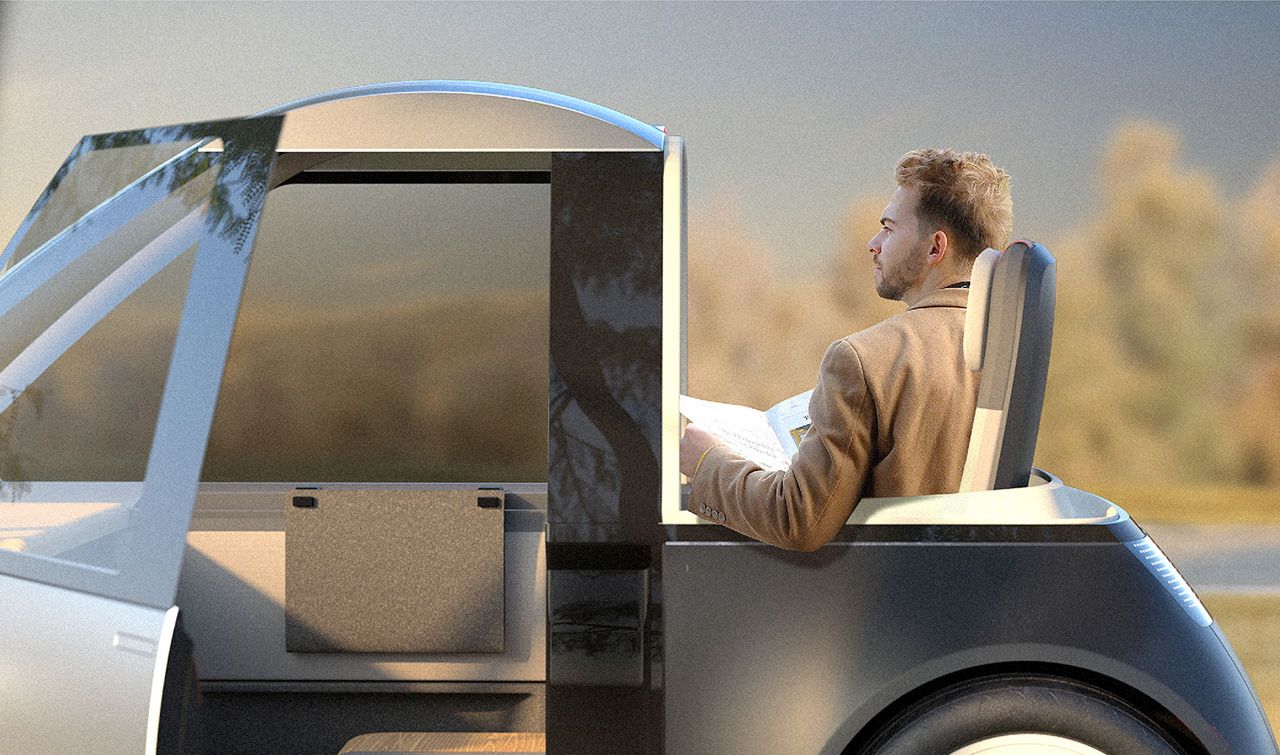
There are plenty of designs that advertise being sustainable, but many of them stop halfway through the product’s life cycle. They are usually made from sustainable or renewable materials, and some, but not all, are made with a reduced carbon footprint. That said, not many cover what happens after the product has served its purpose, which often means adding to the already enormous amount of waste we produce annually. Fortunately, there are some designs that do take that into account, creating a circular economy where the product or its materials can be used for other purposes. One example is this cork-like stool that, true to its wooden nature, can actually be used like firewood to heat up a space or, better yet, fuel workshops that will produce the materials to be used to create another stool.
Designer: Renaud Defrancesco
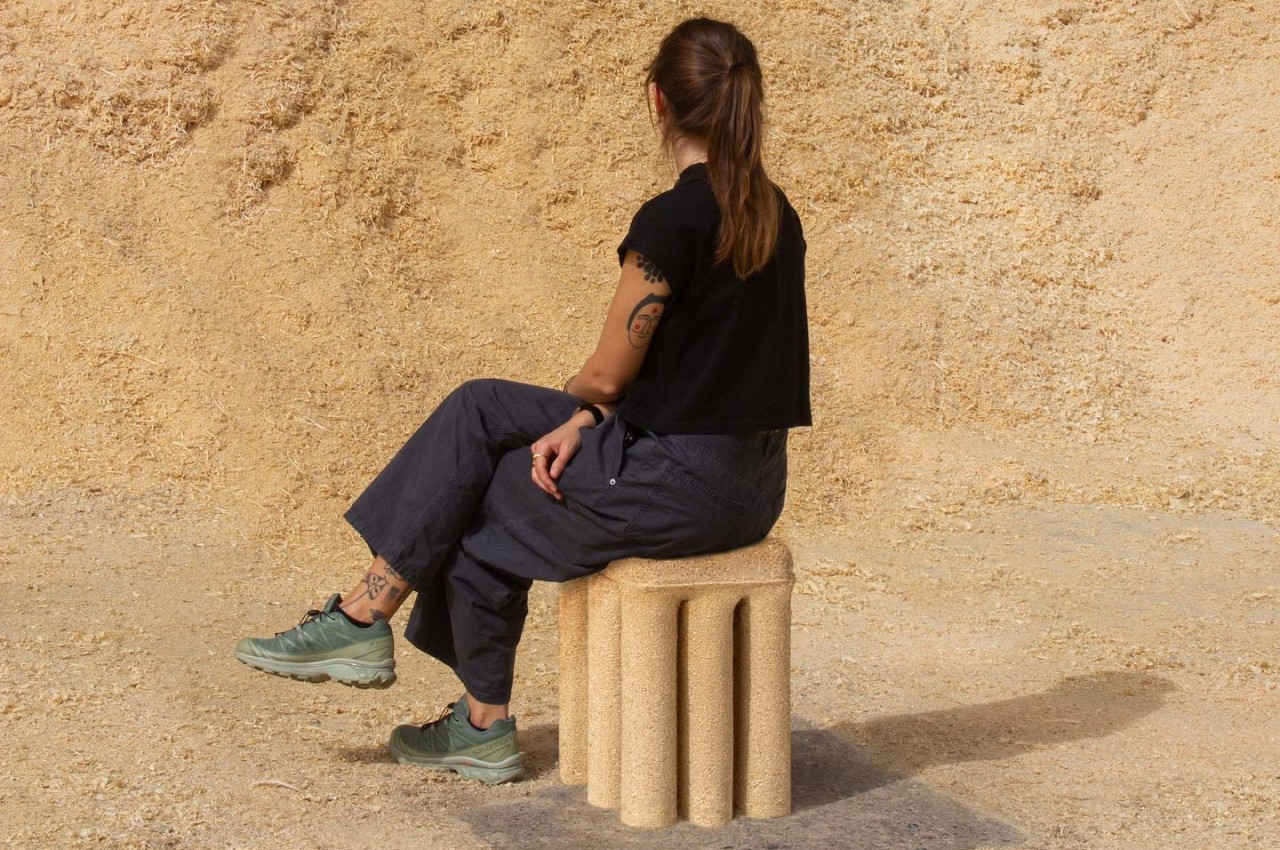


Wood is a much-loved material by designers and producers. It has an innate beauty and texture that’s hard to reproduce artificially, it is biodegradable, and, to some extent, also renewable. It takes time for trees to grow, however, and not all parts of the wooded material actually end up getting used. Many get left on the cutting room floor, either as small chunks or, worse, sawdust. The latter is easy to take for granted until they pile up and become pollutants themselves, at least until they dissolve and disintegrate over a long period of time.



Briket is a stool that tries to solve that material waste problem by giving a new purpose to waste byproducts not just from woodworking but also from the food industry. In a nutshell, this nine-legged stool is made from sawdust scraps as well as potato scraps, both biodegradable and environment-friendly materials we throw out by the ton every day. Creating the parts of the stool itself isn’t exactly hard either, as it mostly involves compressing these minute pieces until they become a rigid and solid mass. This, in theory, can be done anywhere there’s an abundance of wood waste, which practically means sawmills, carpentry shops, workshops, and other places that work with large quantities of wood.

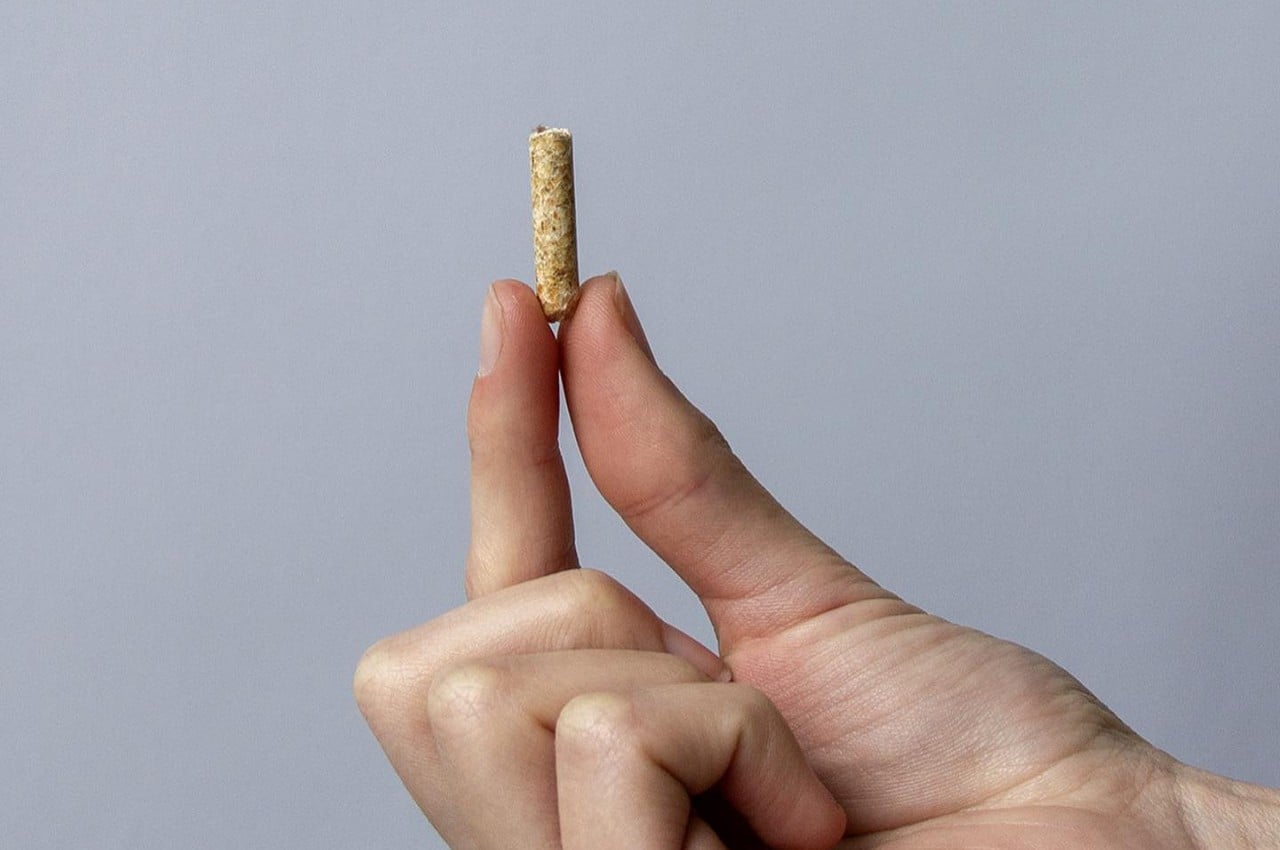
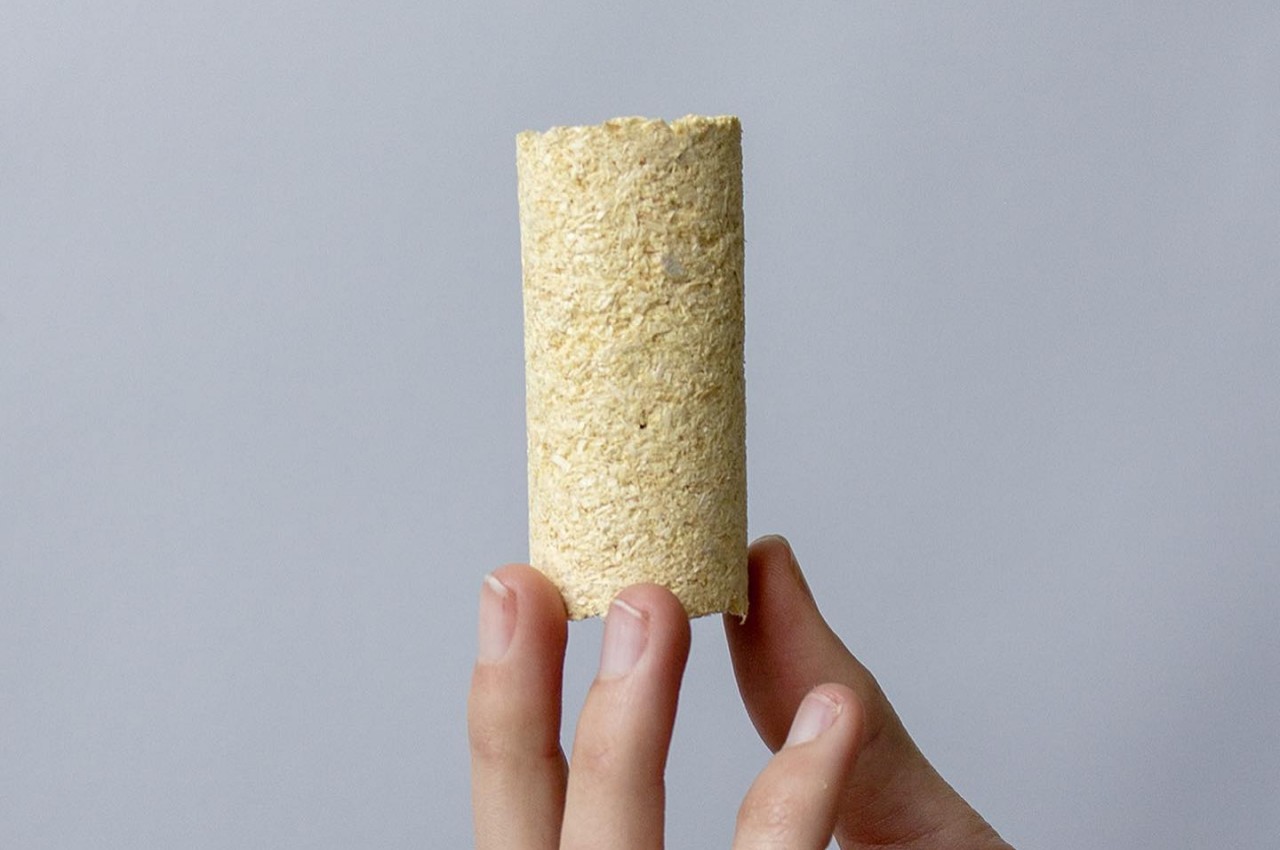
What makes the Briket stool more interesting, however, is how it can be used for some unrelated purpose when it has reached its end of life. Inspired by wooden pellets used for bonfires and fire pits, it can serve as fuel to heat up a place or keep the fire of a workshop going, letting it serve people one last time before finally biting the dust, pun intended. In fact, the legs of the stool can be individually removed and replaced, making the piece of furniture almost immortal as long as there are replacement parts available.
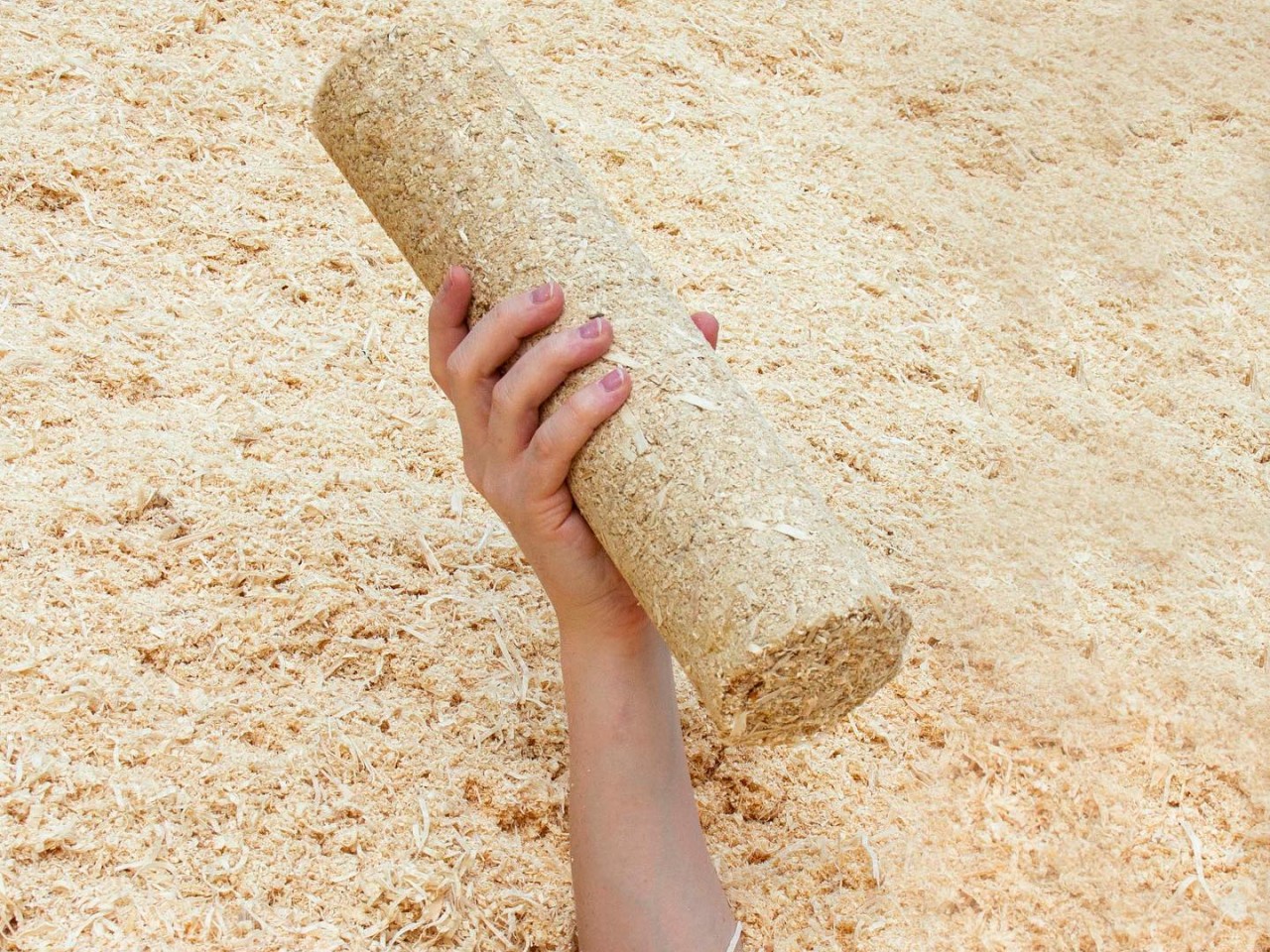
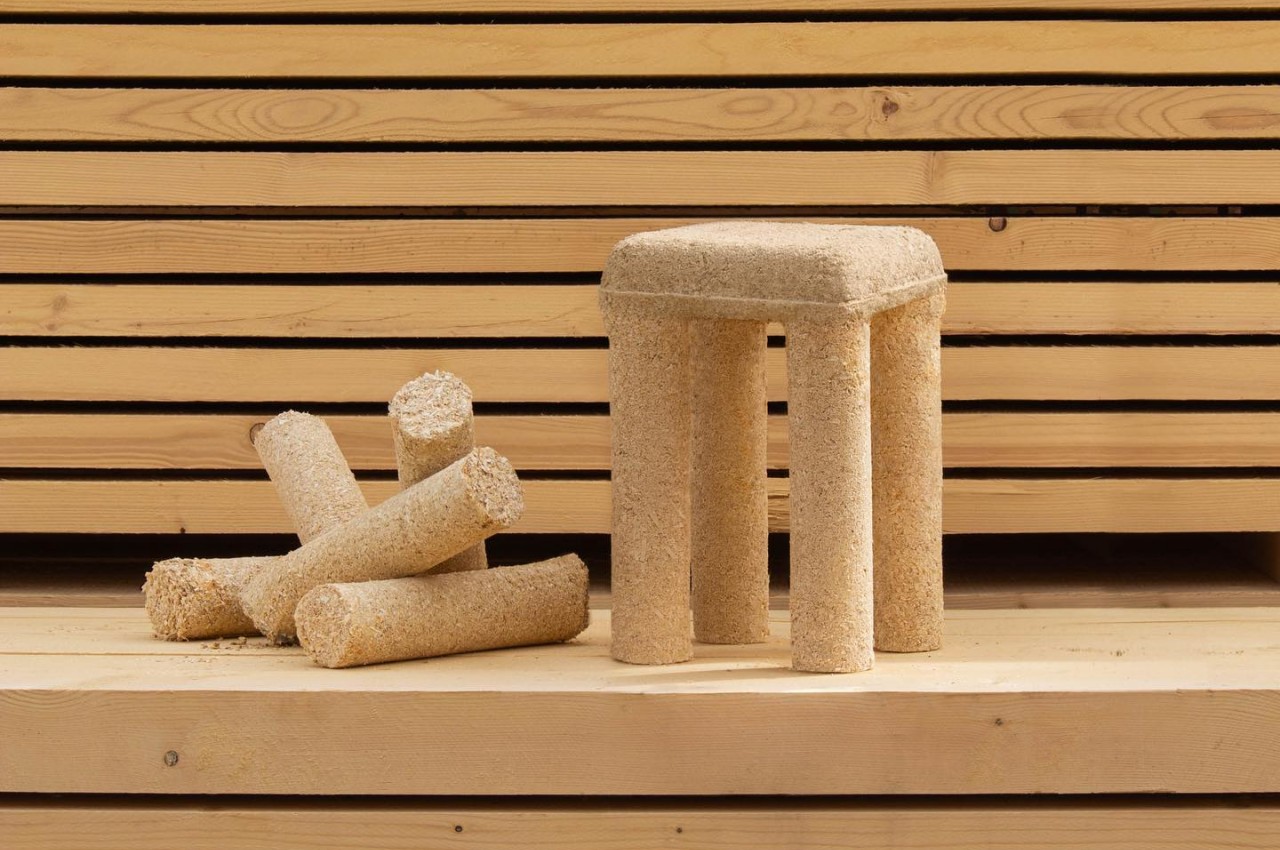
In terms of aesthetics, Briket has a unique raw appearance and texture that is more similar to cork than wood, something that might not sit well with everyone’s tastes. Because of that, some people might even have doubts about its stability and reliability as furniture you will sit on. Fortunately, that doesn’t seem to be the case, and Briket stands as a shining example of a truly sustainable design from start to finish.
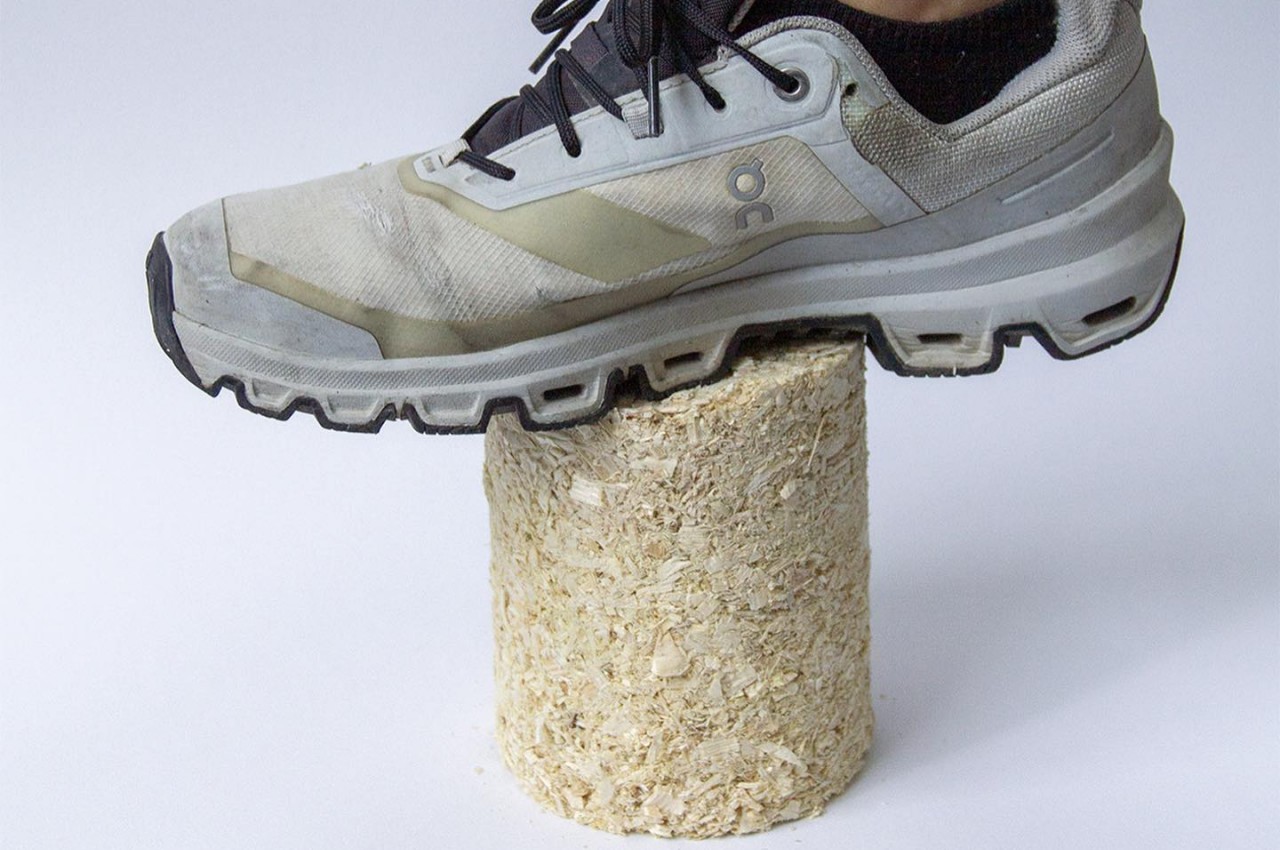

The post Recyclable stool made from potato scraps and sawdust can be used for firewood first appeared on Yanko Design.
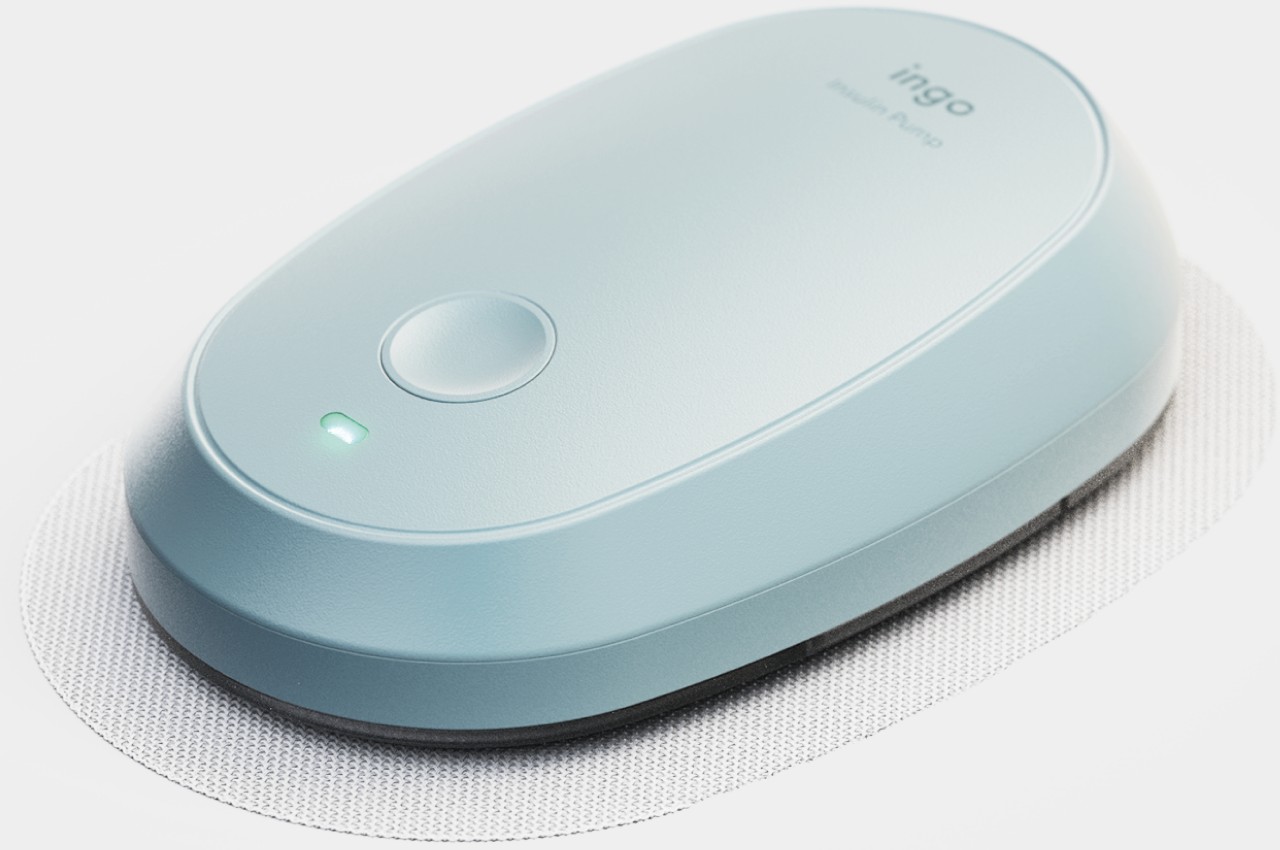
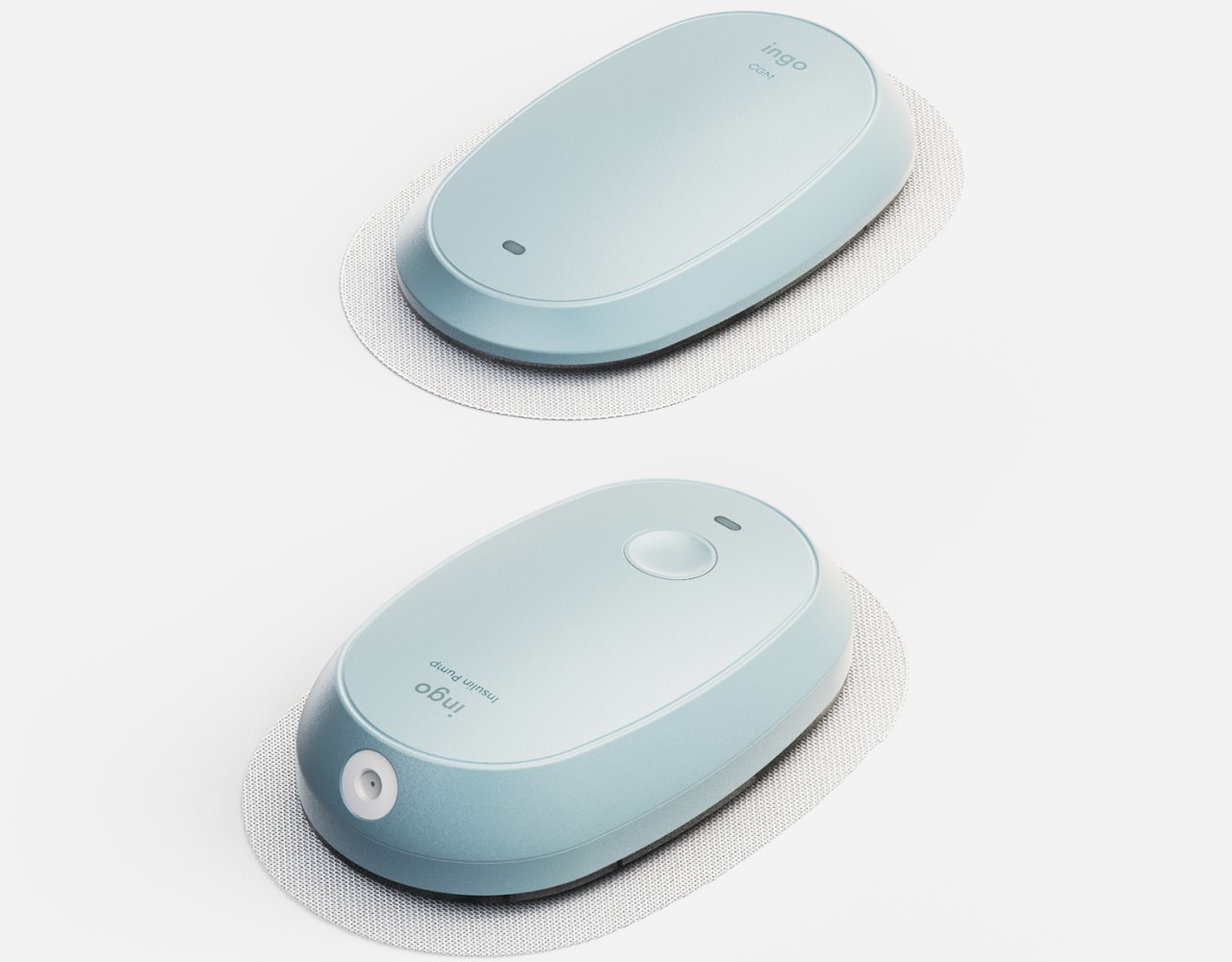
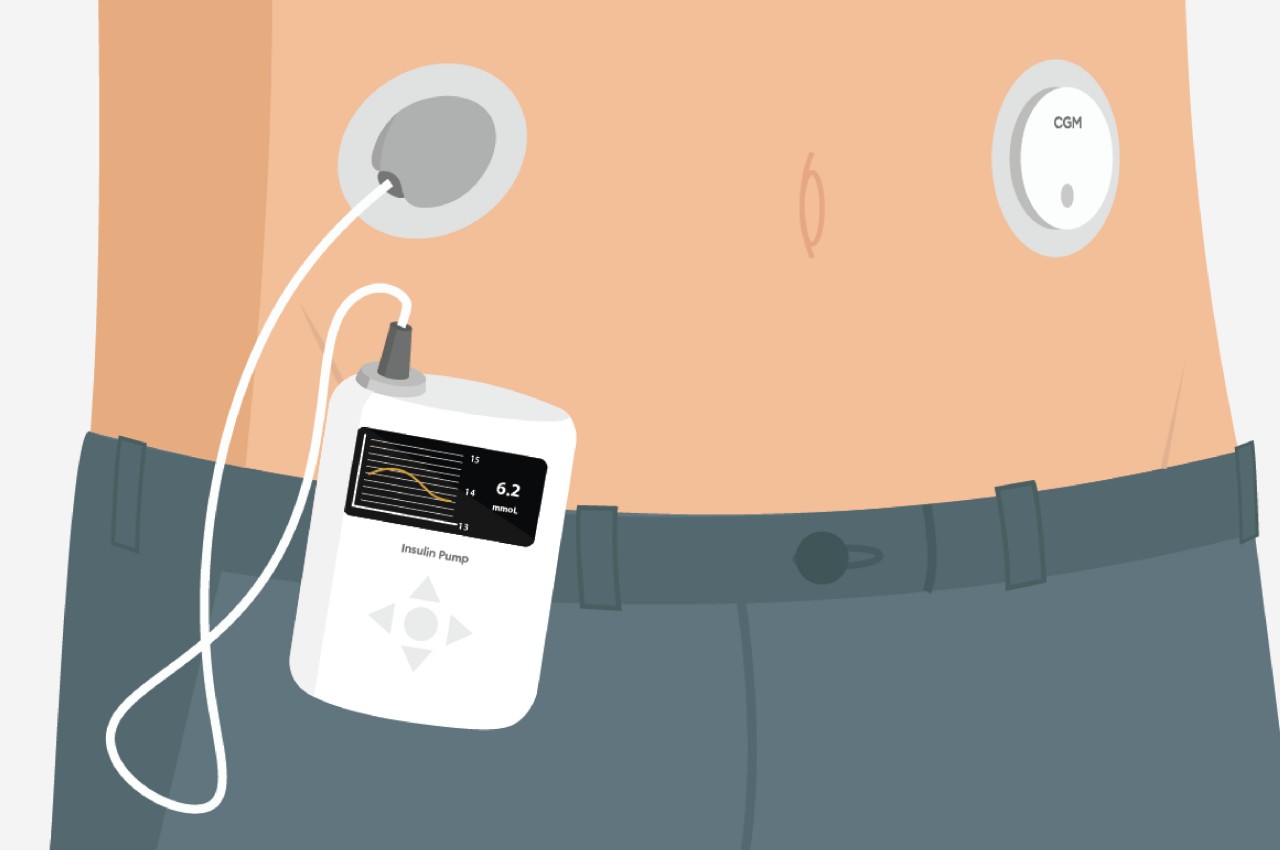
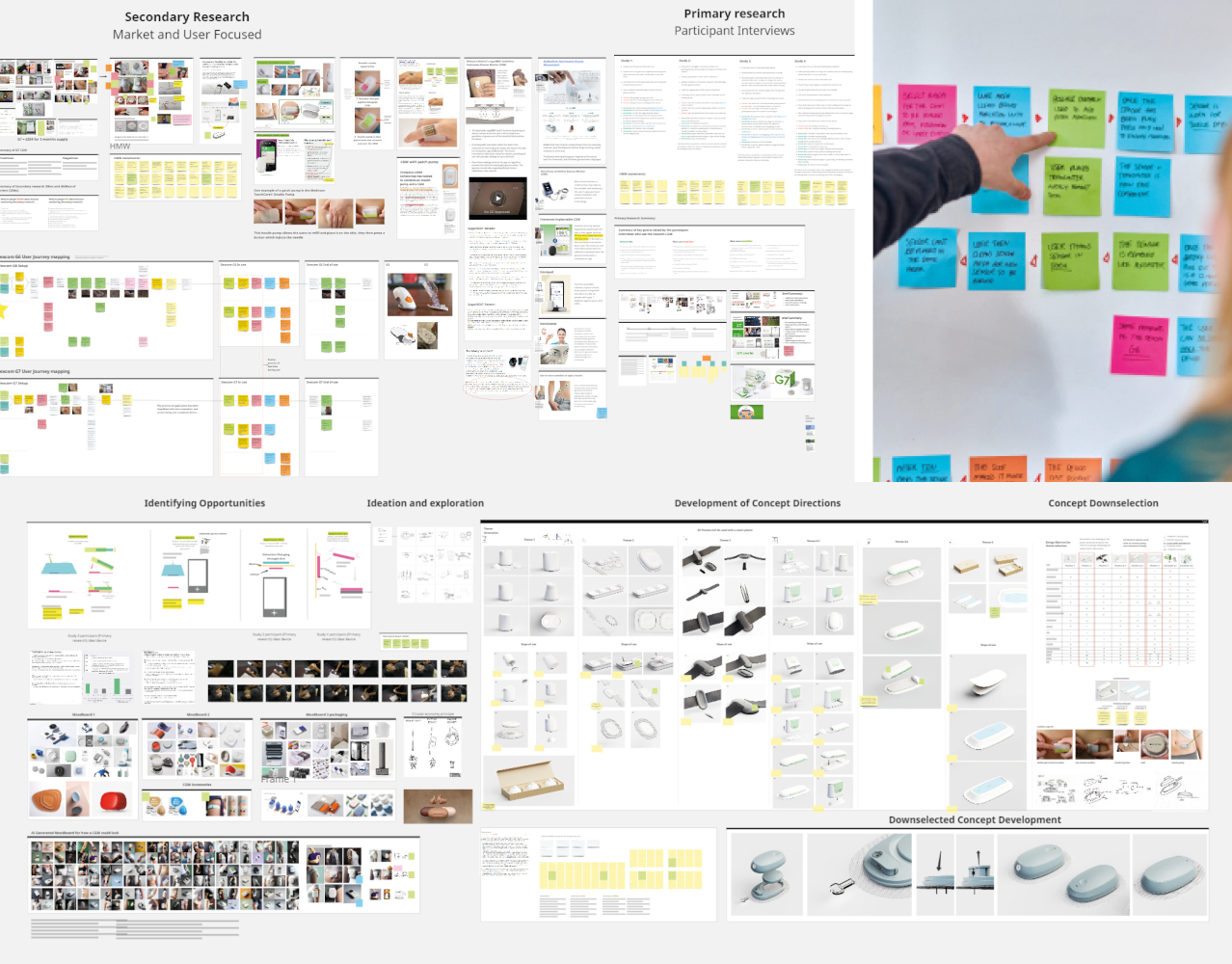
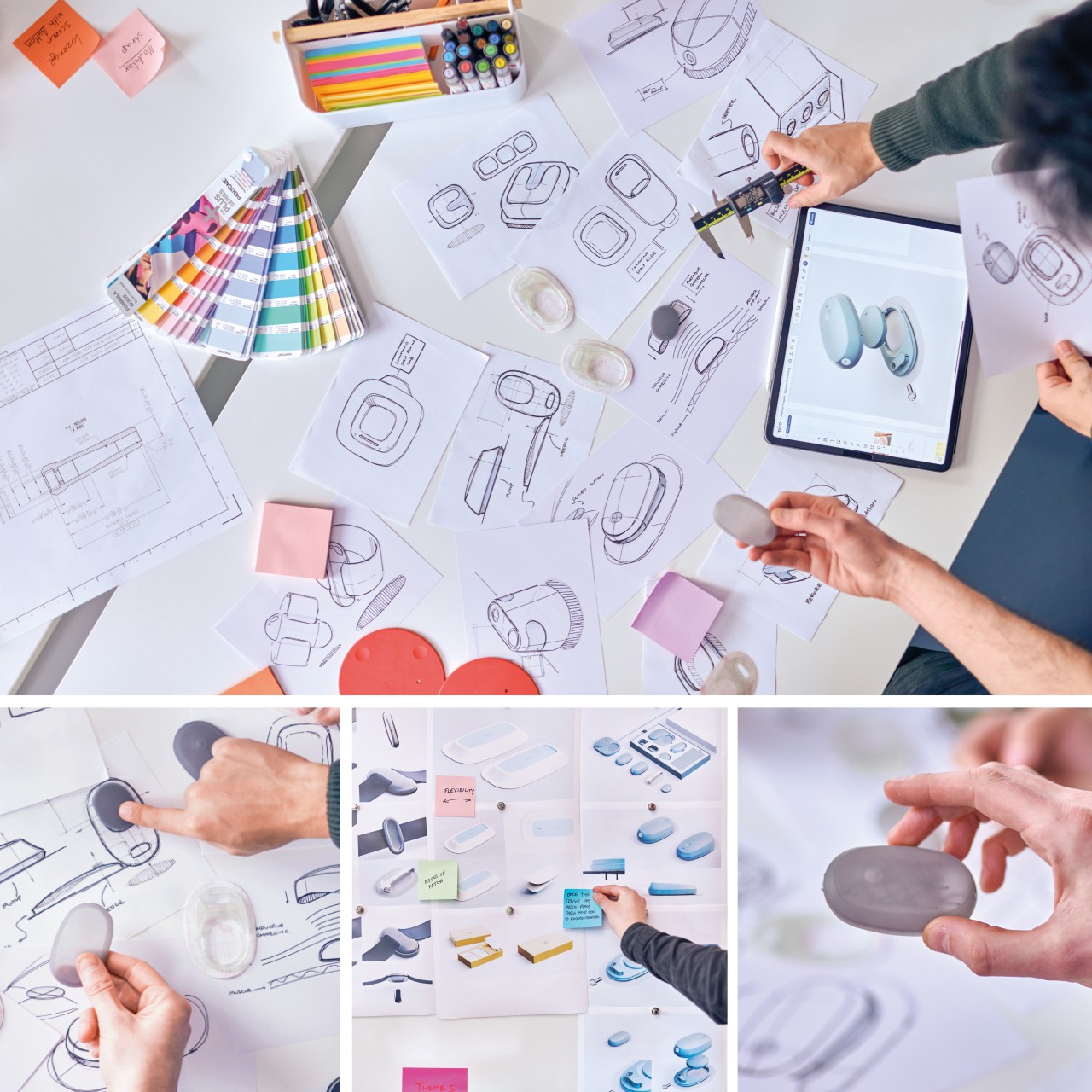
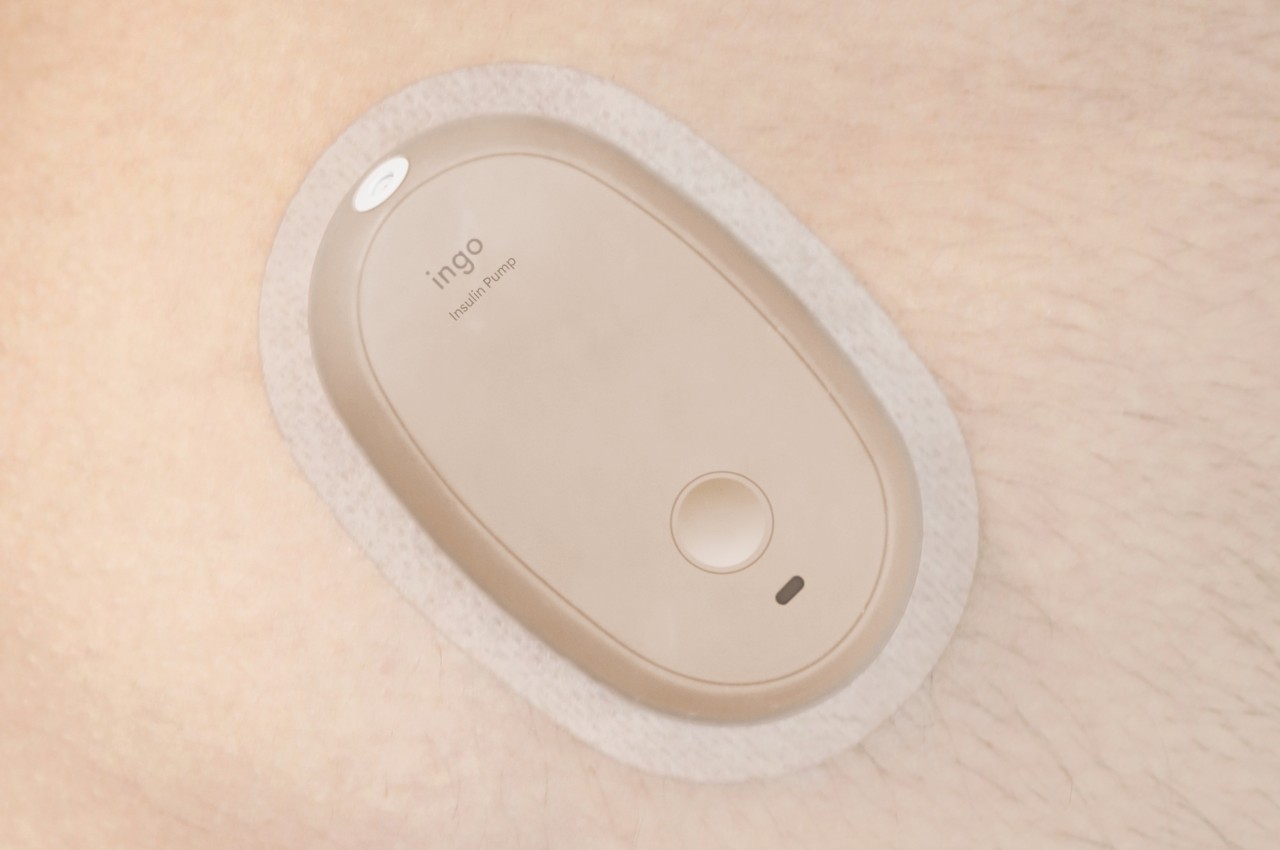

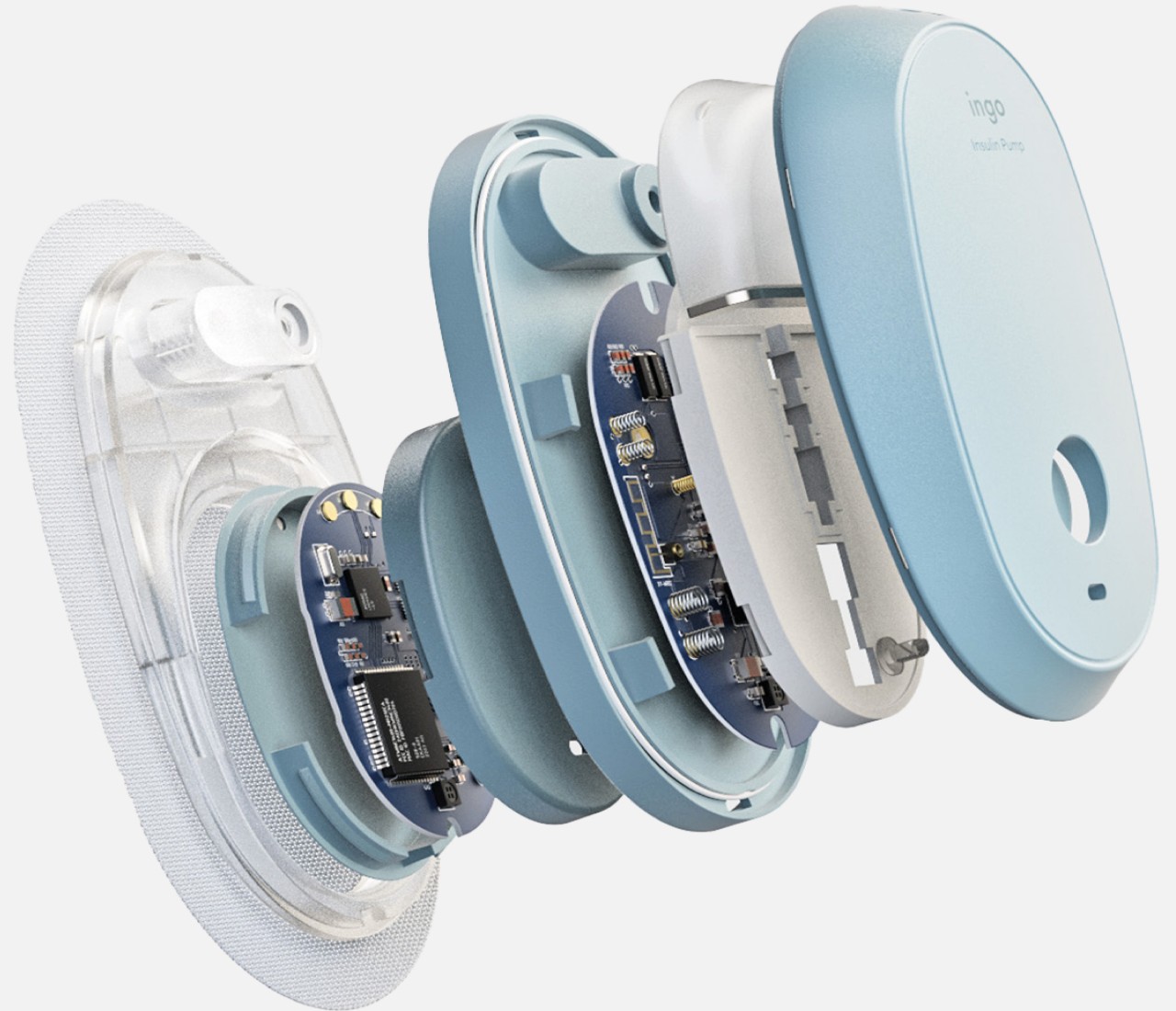
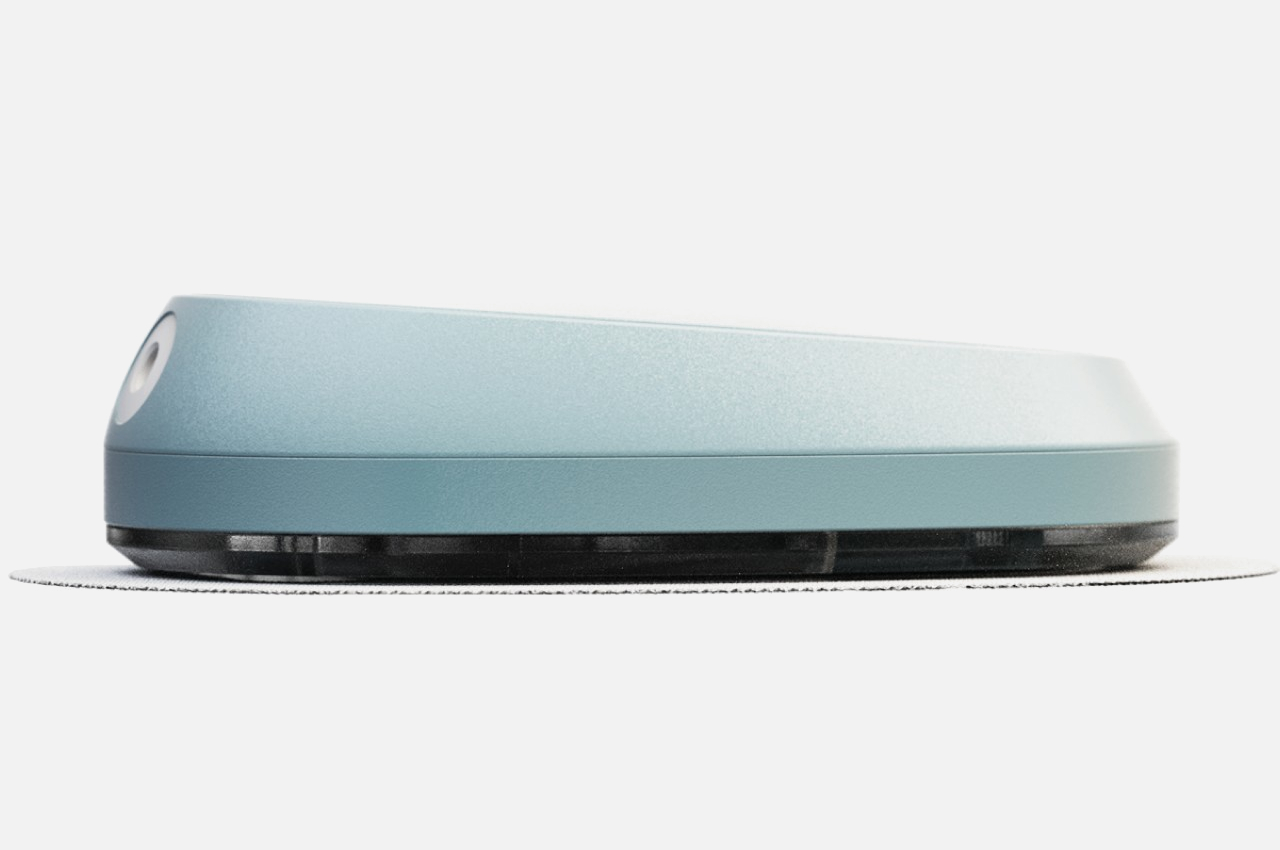

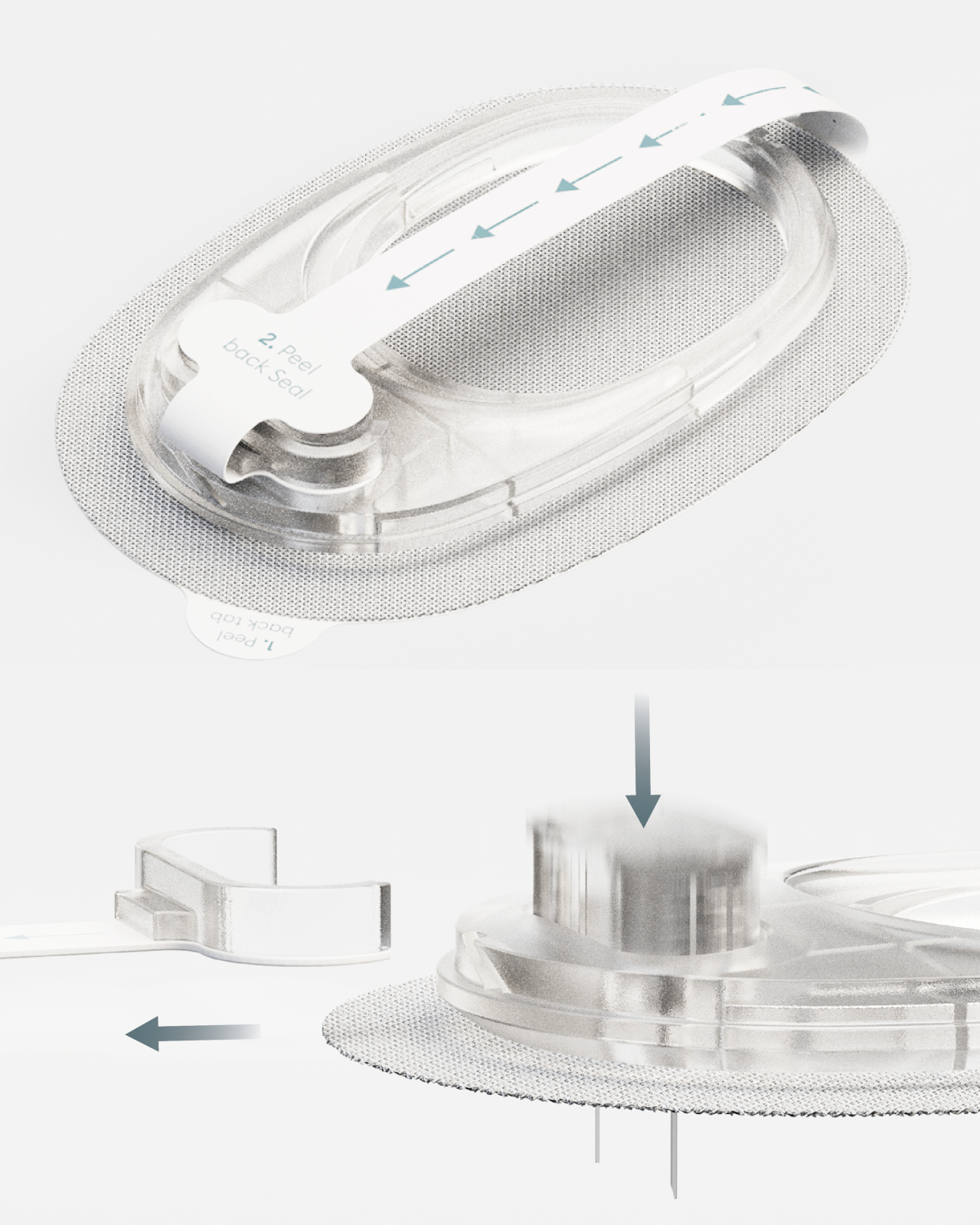
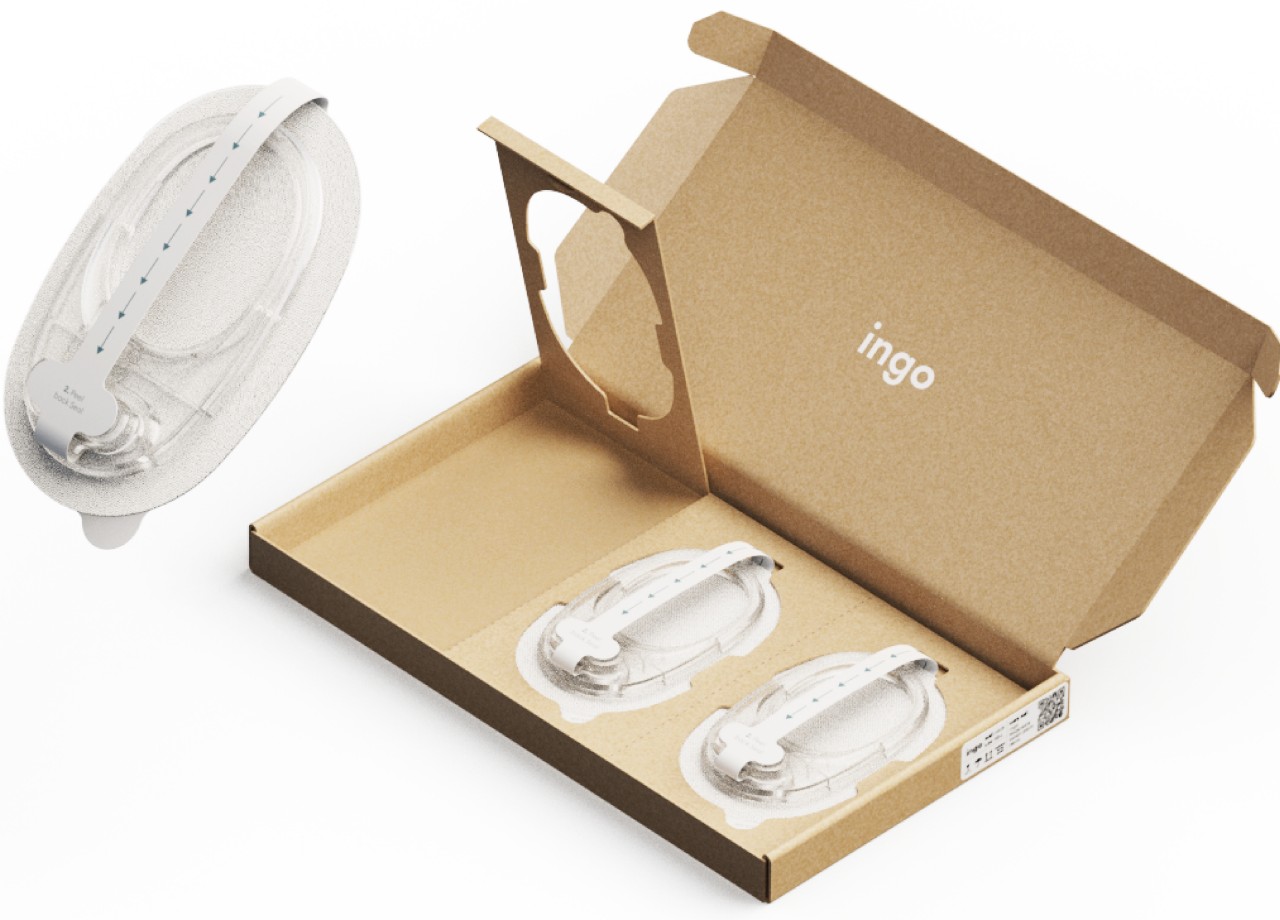


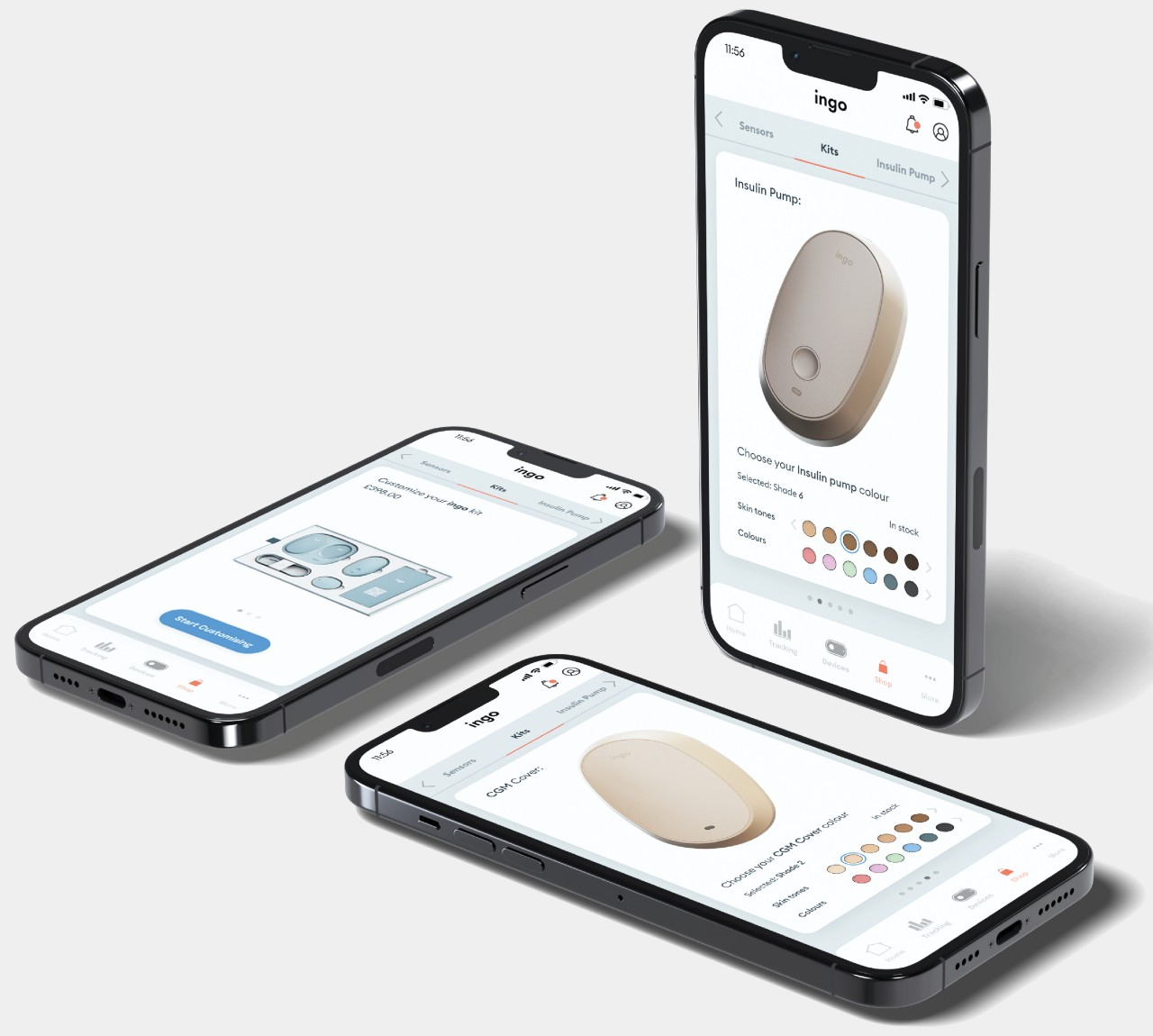
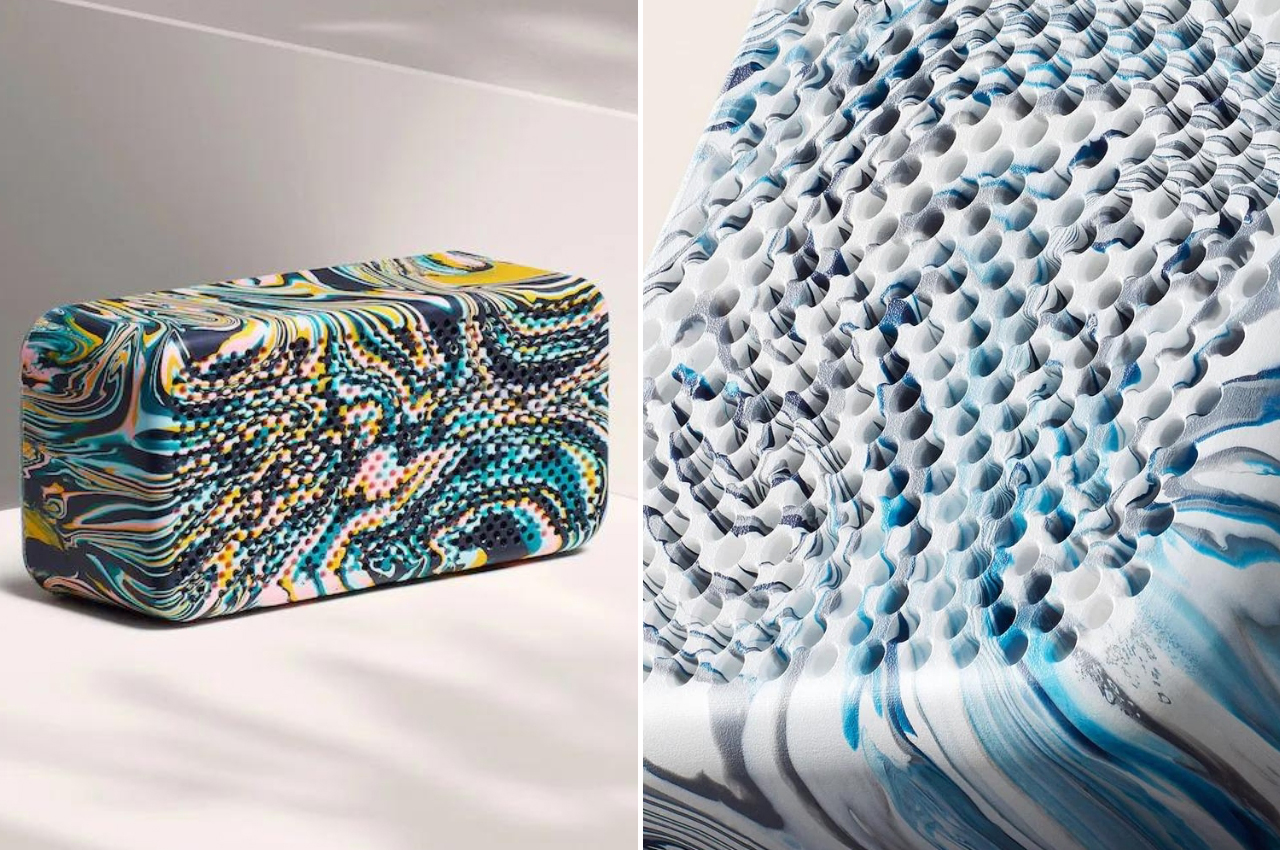







 .
.